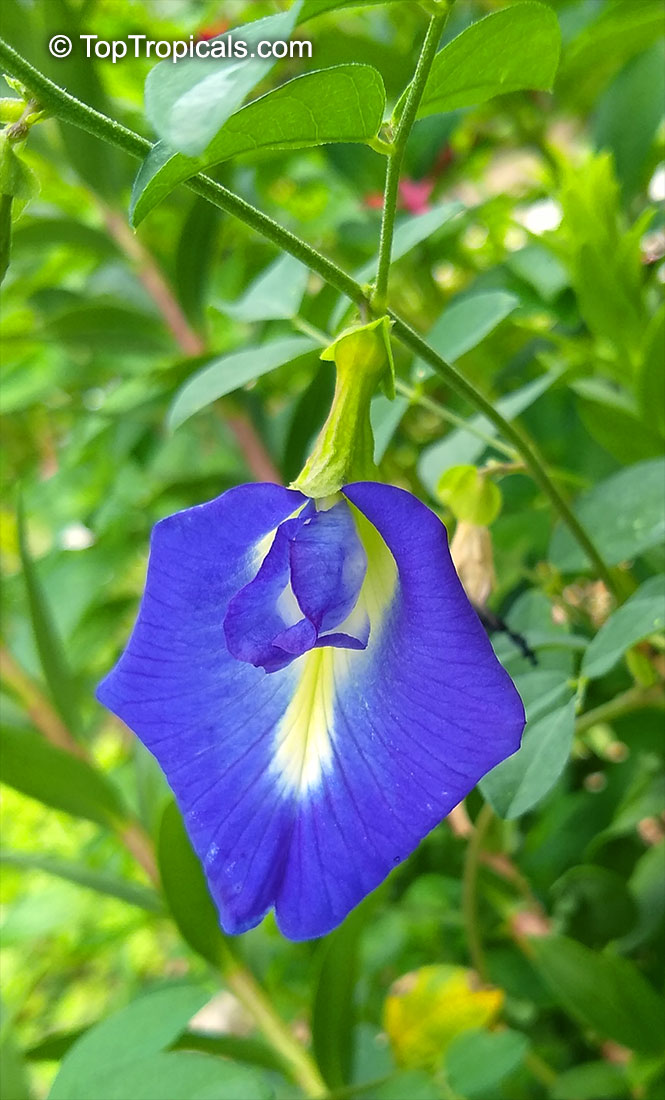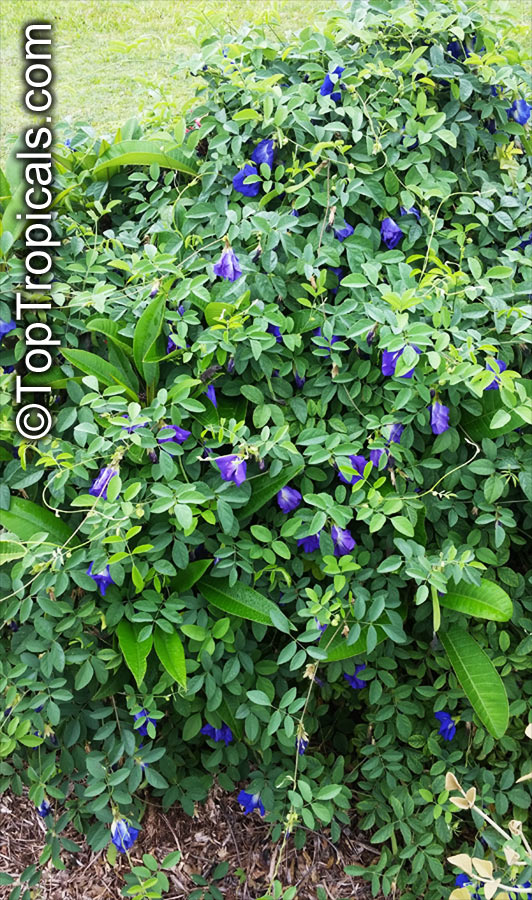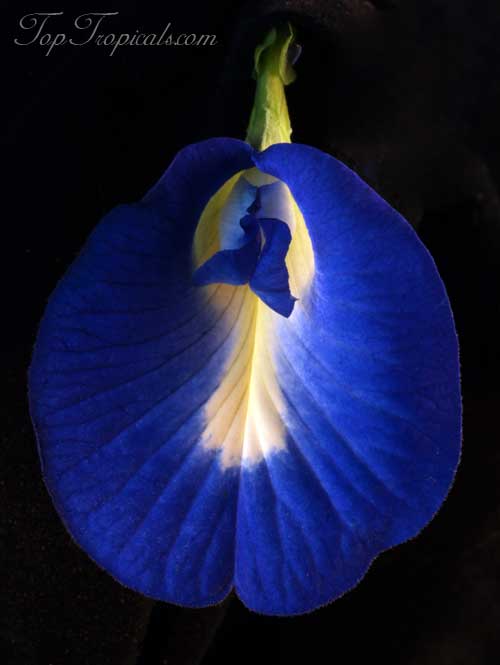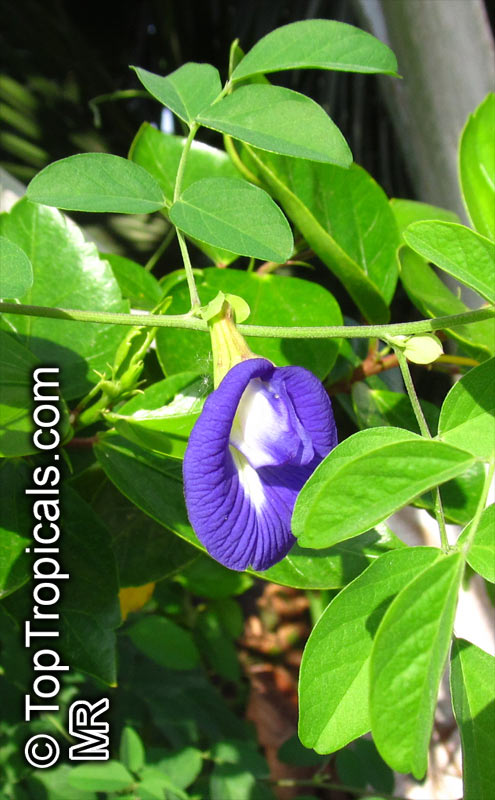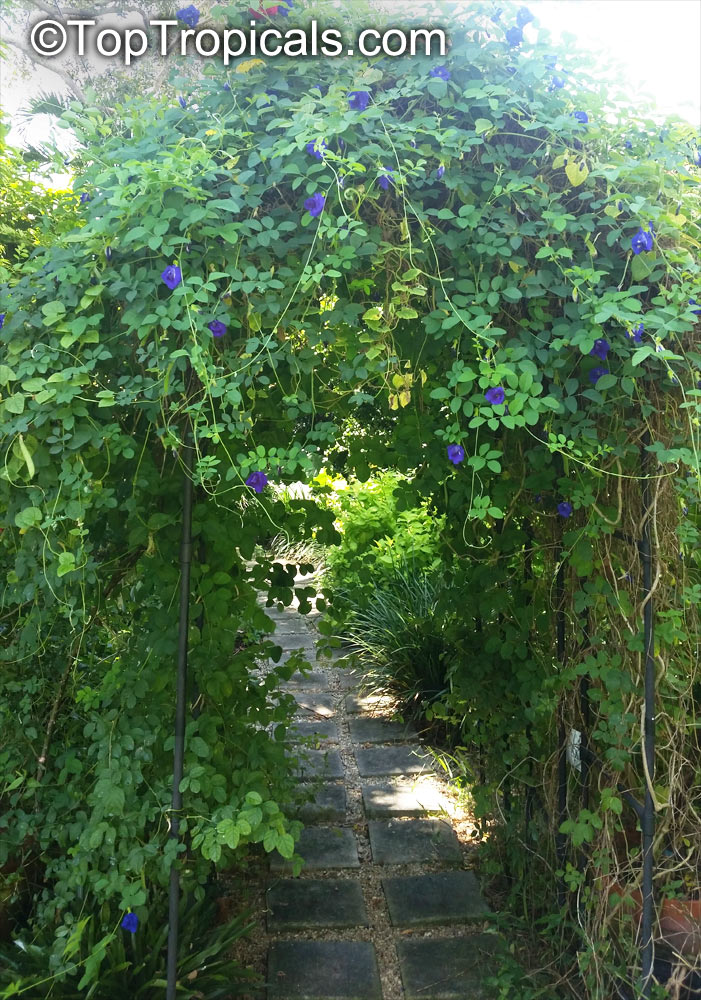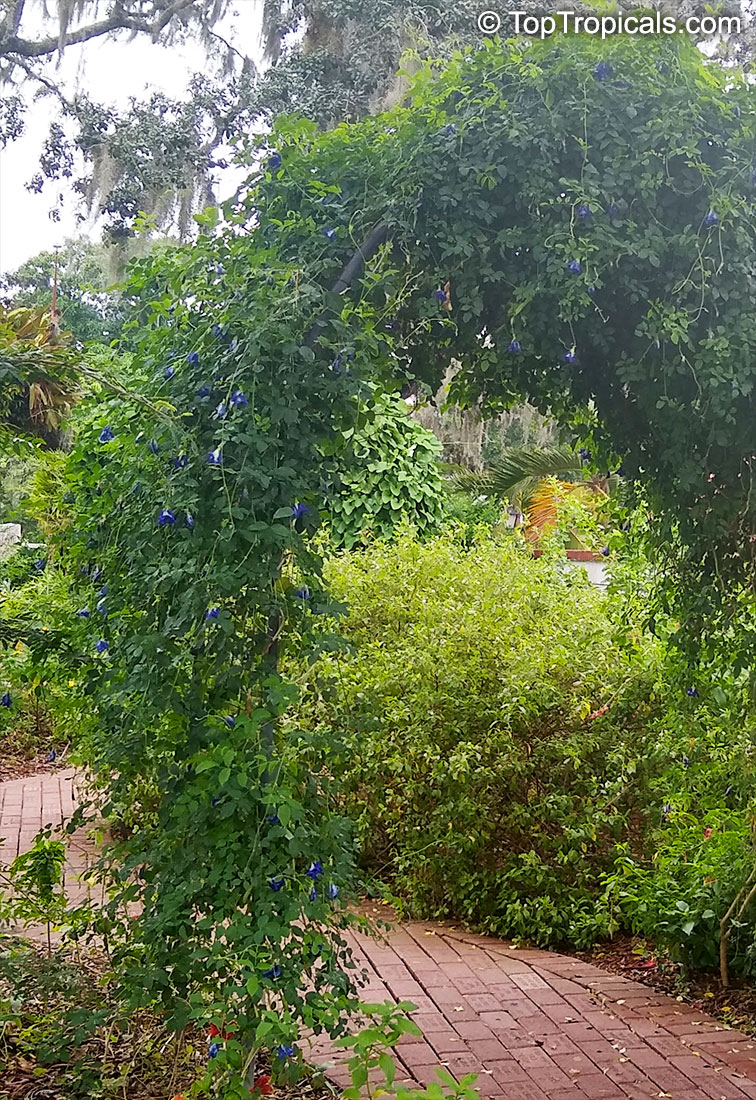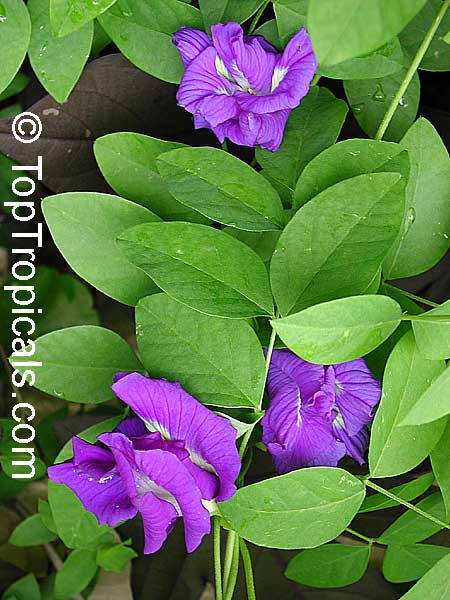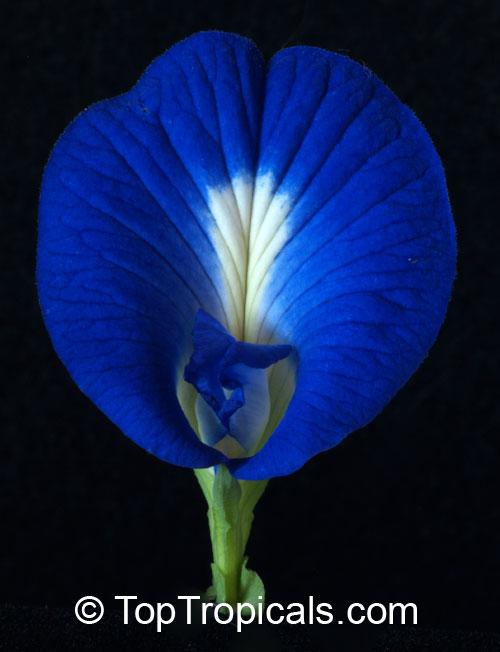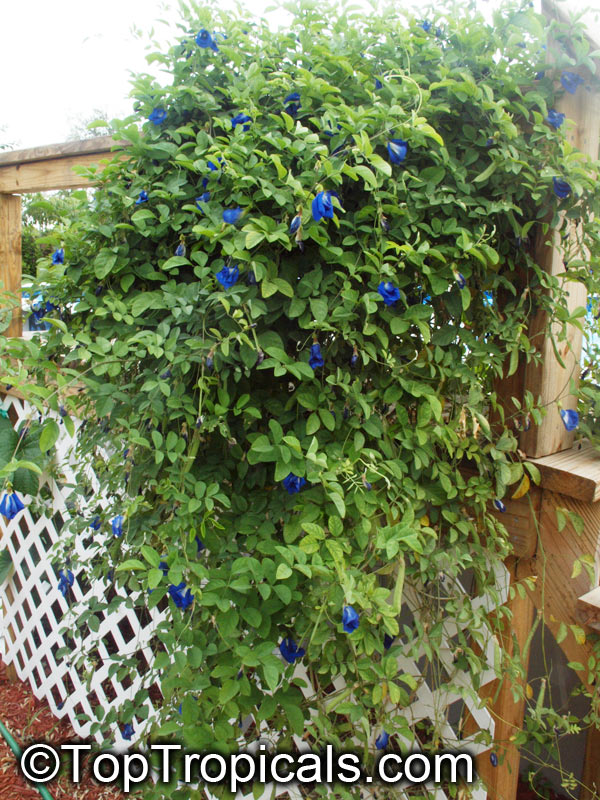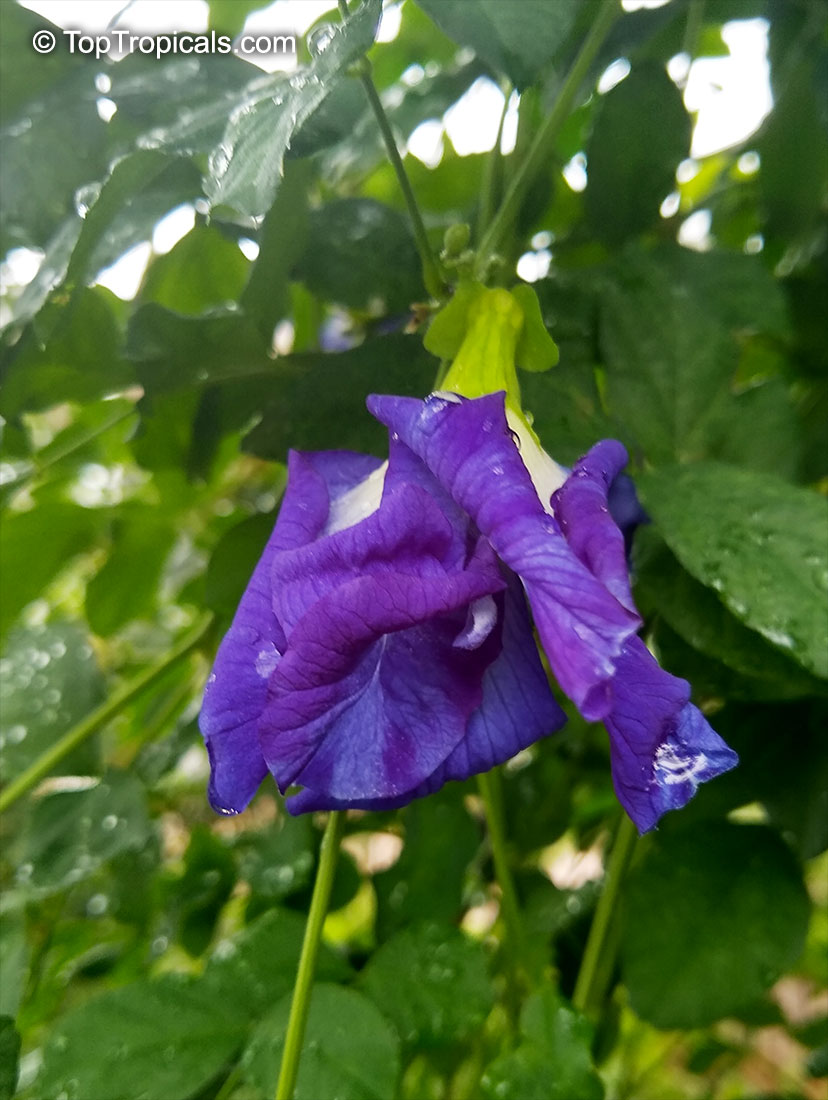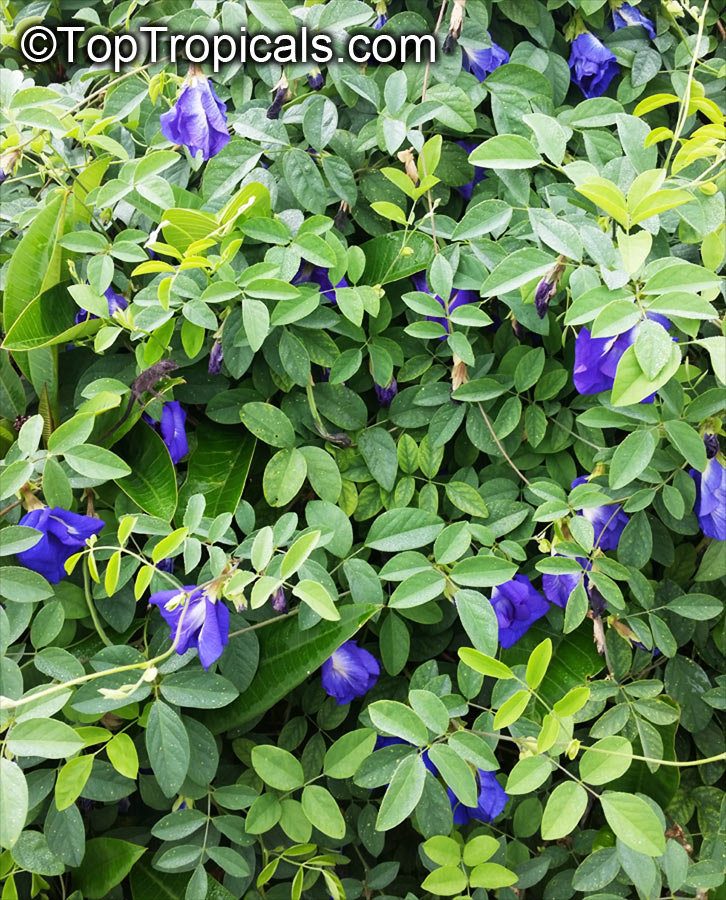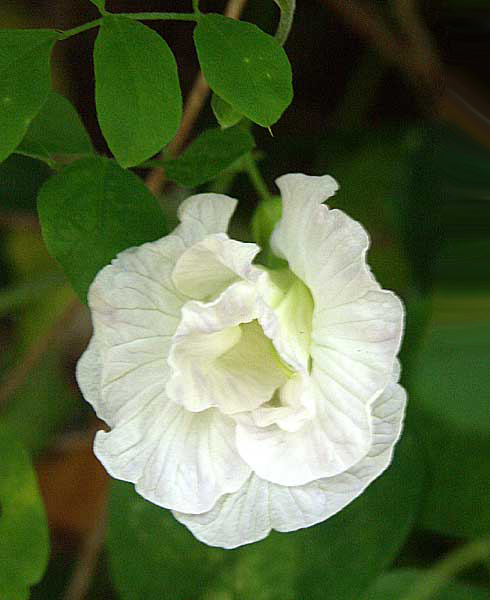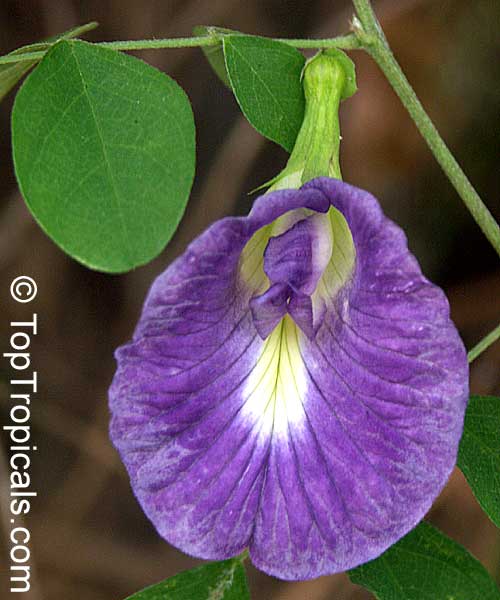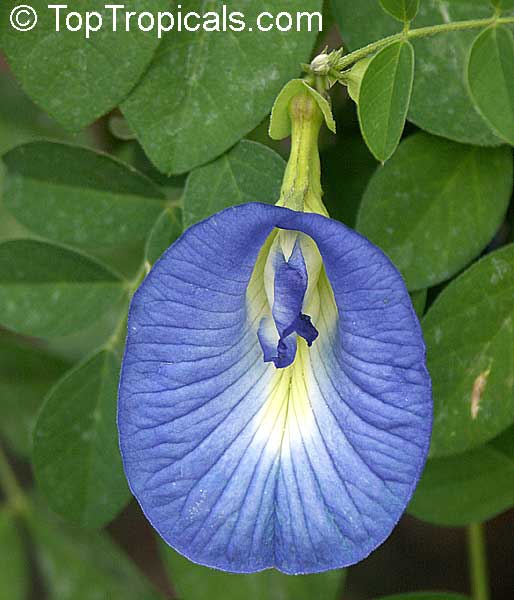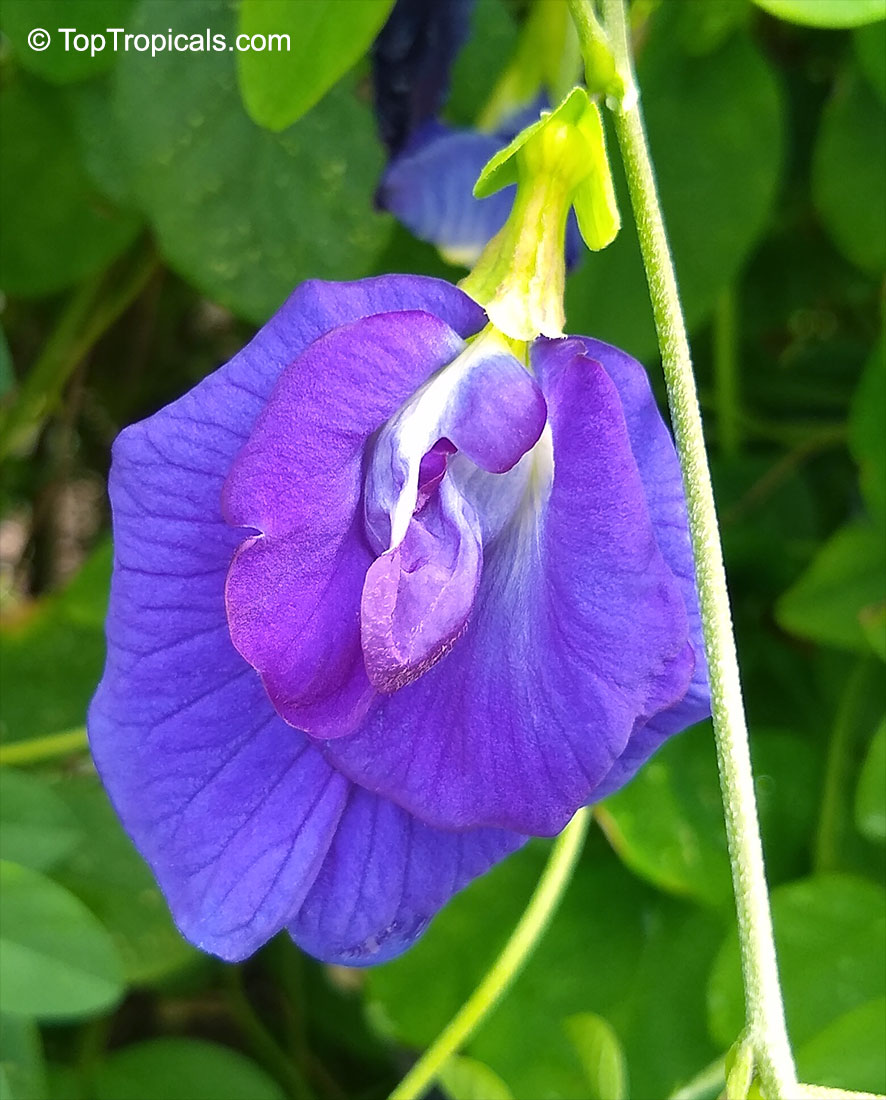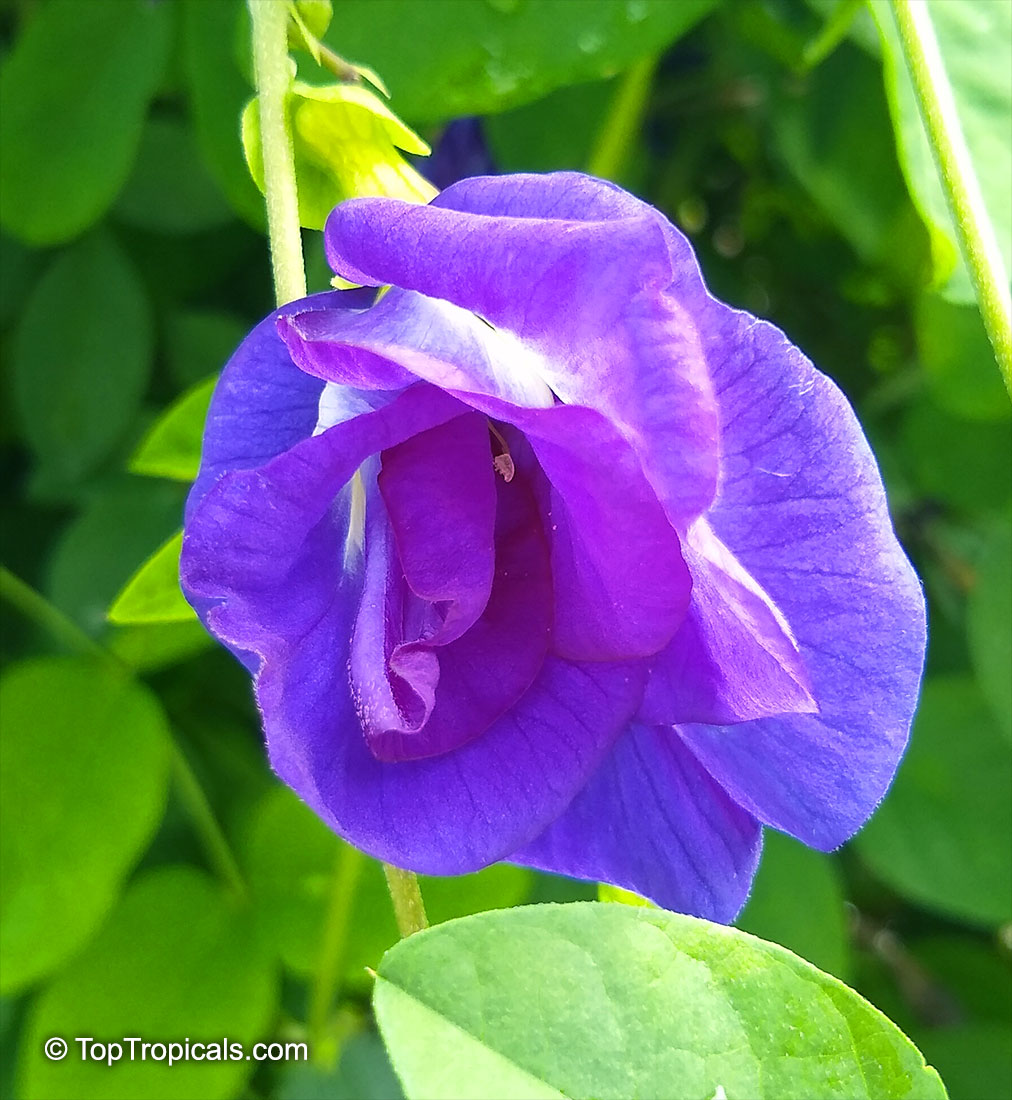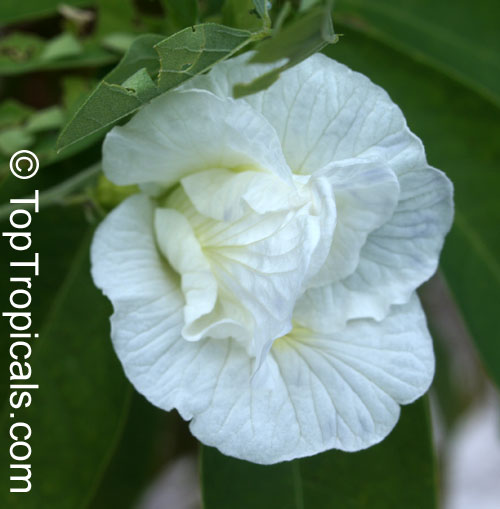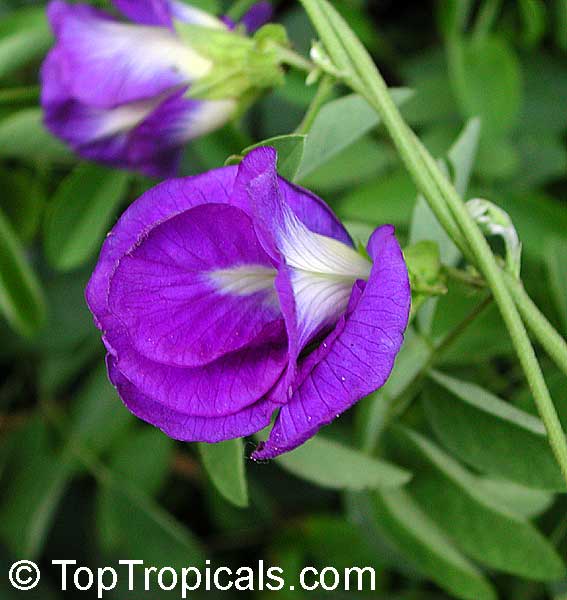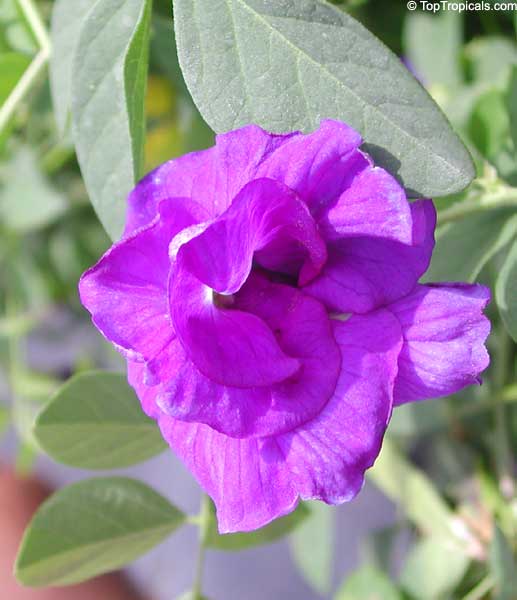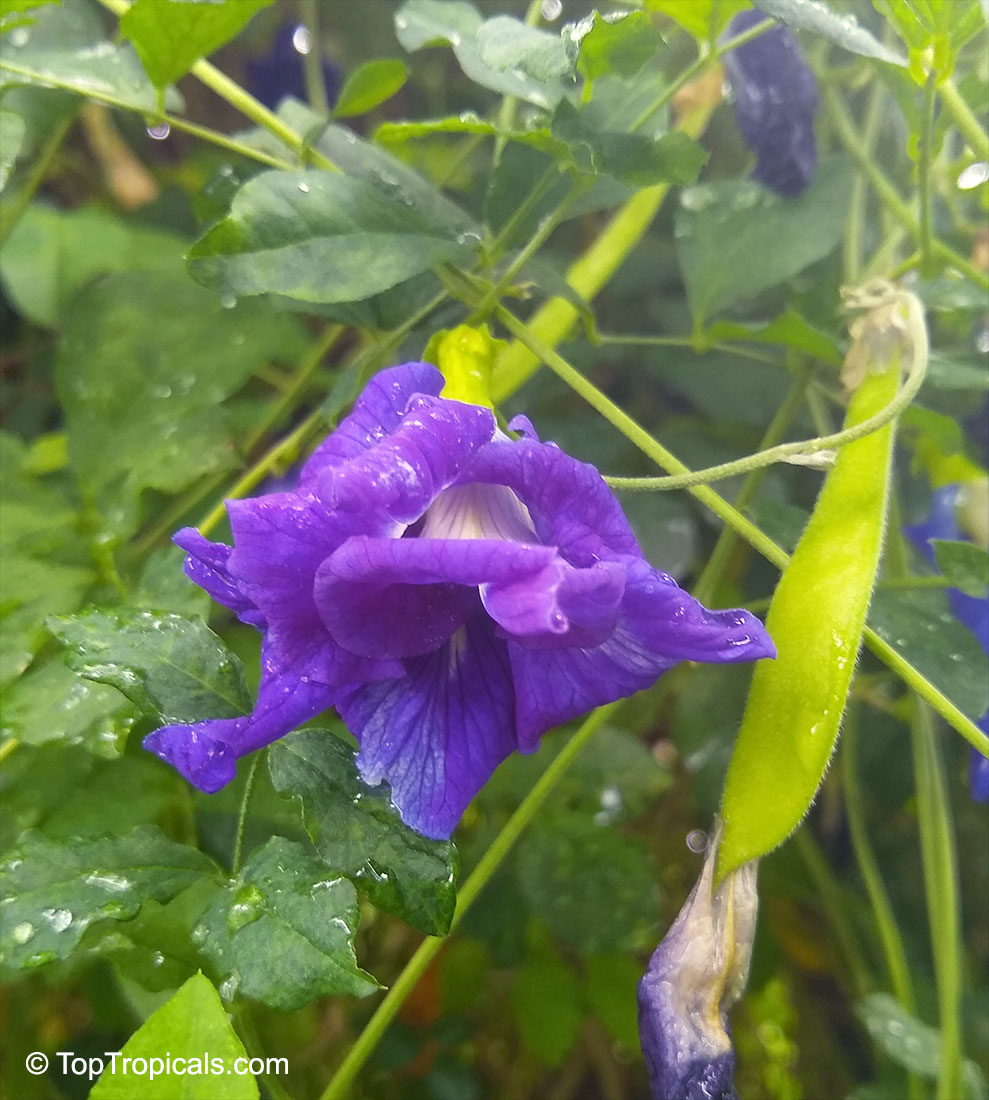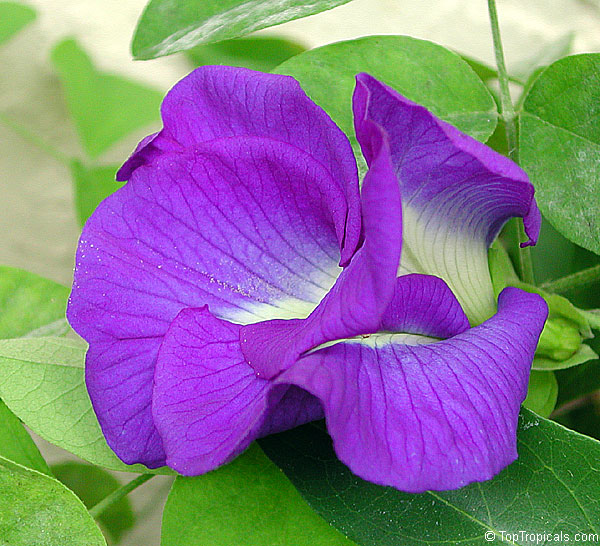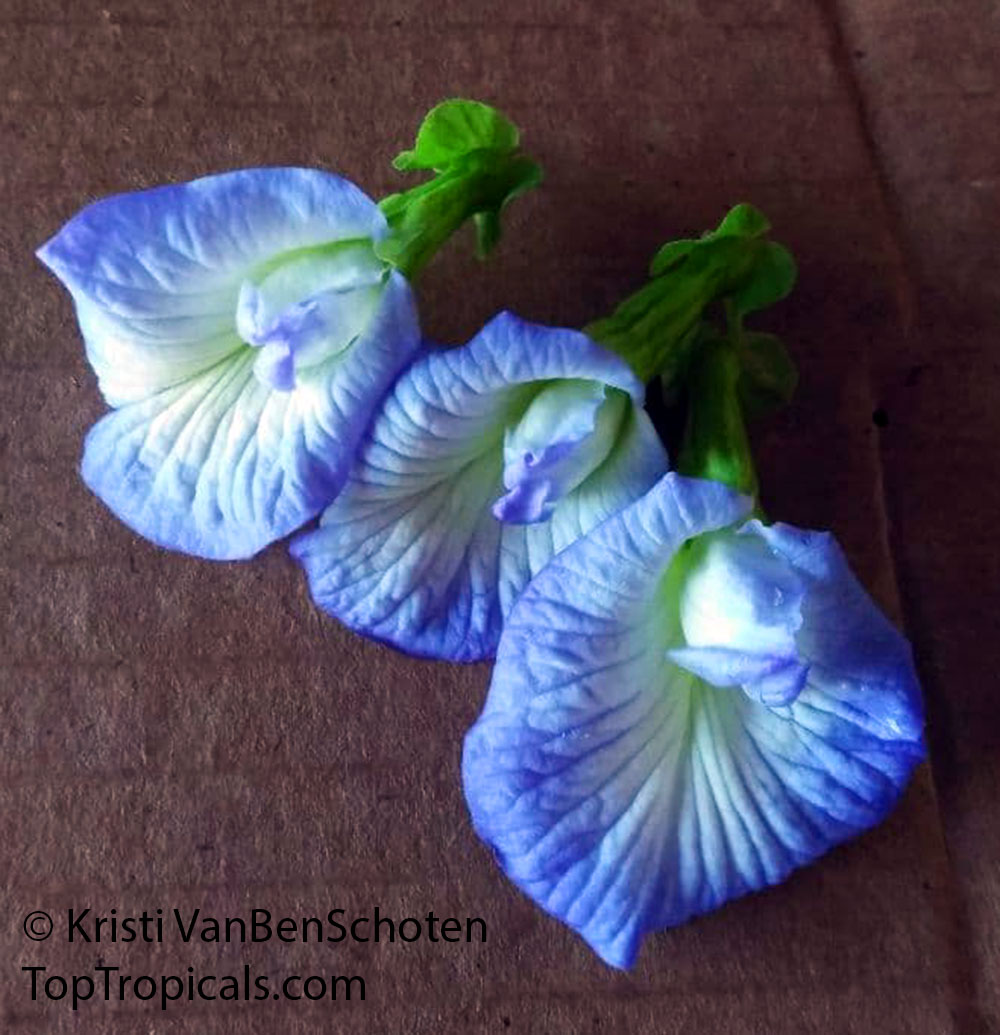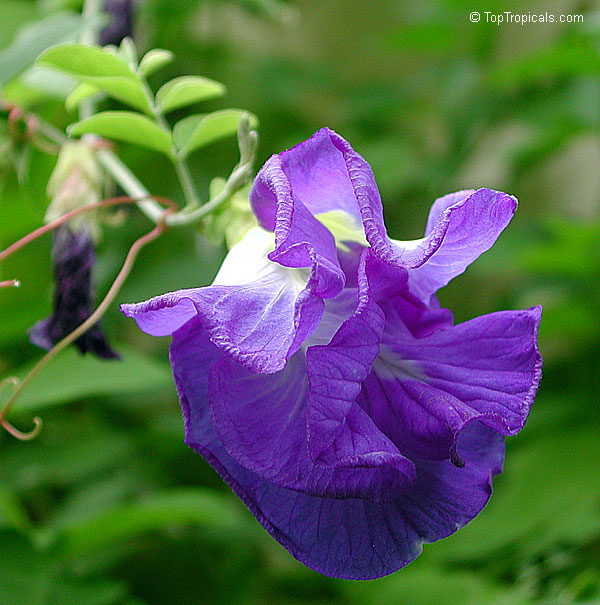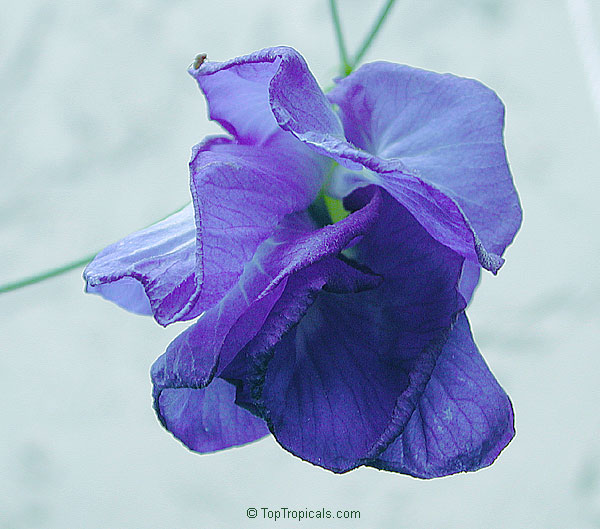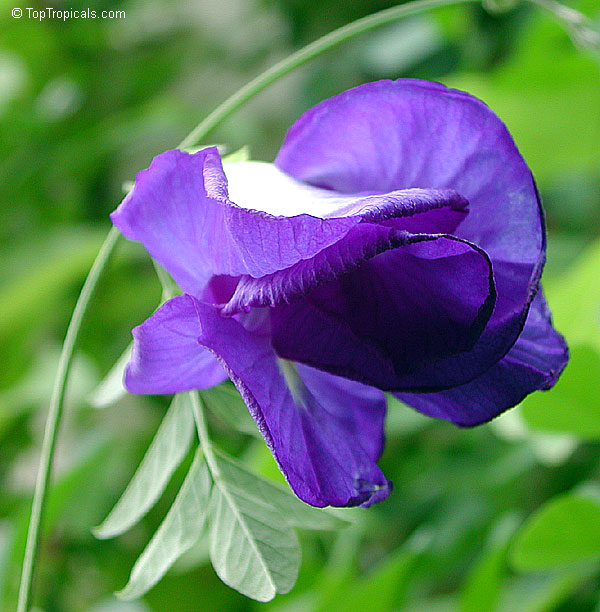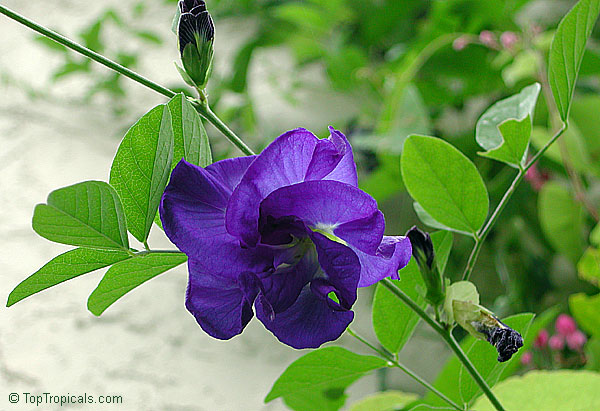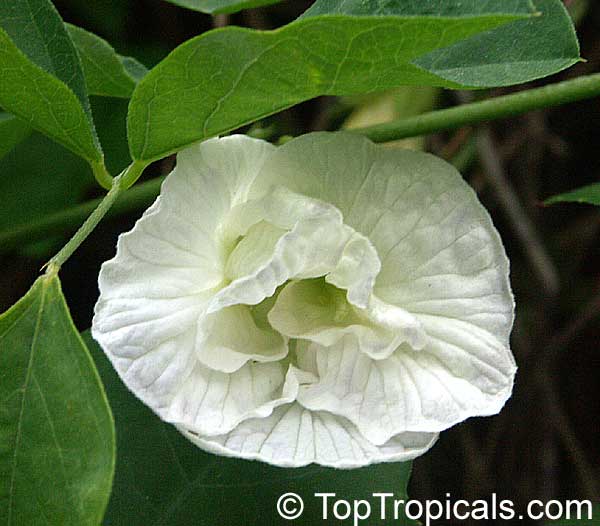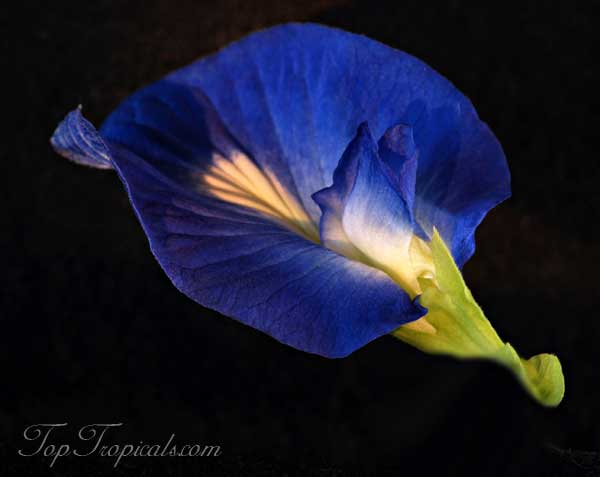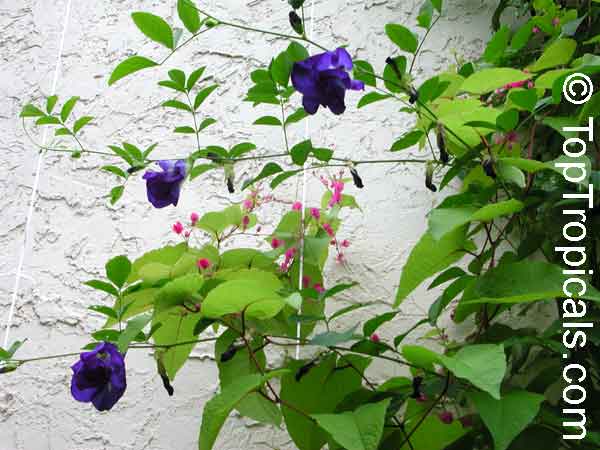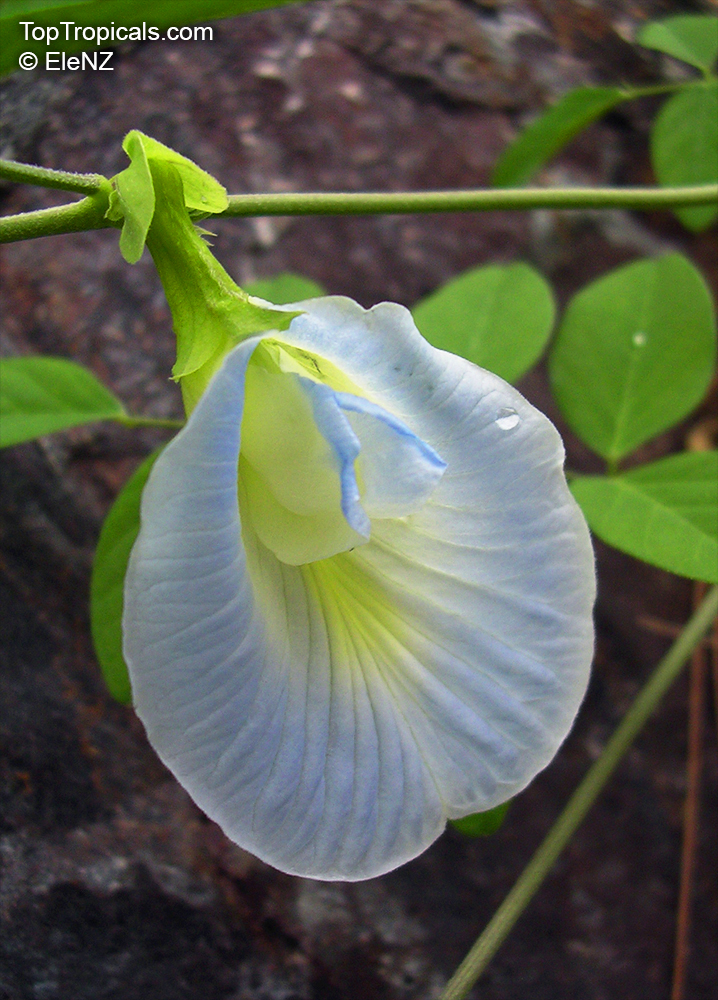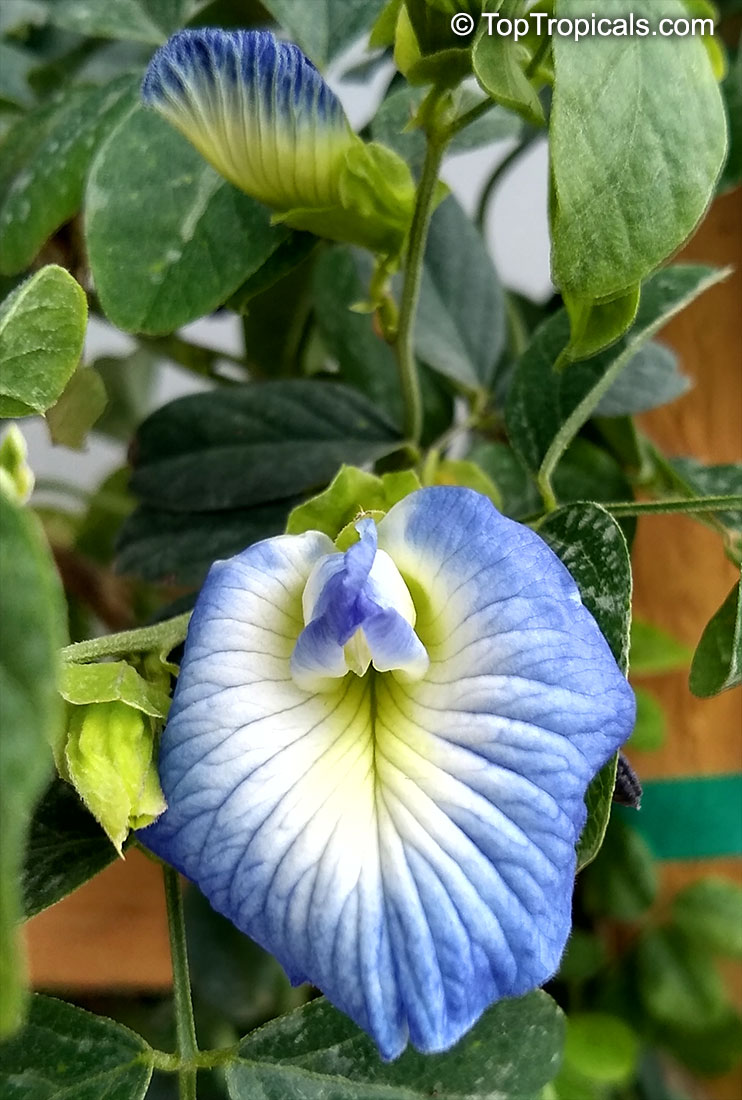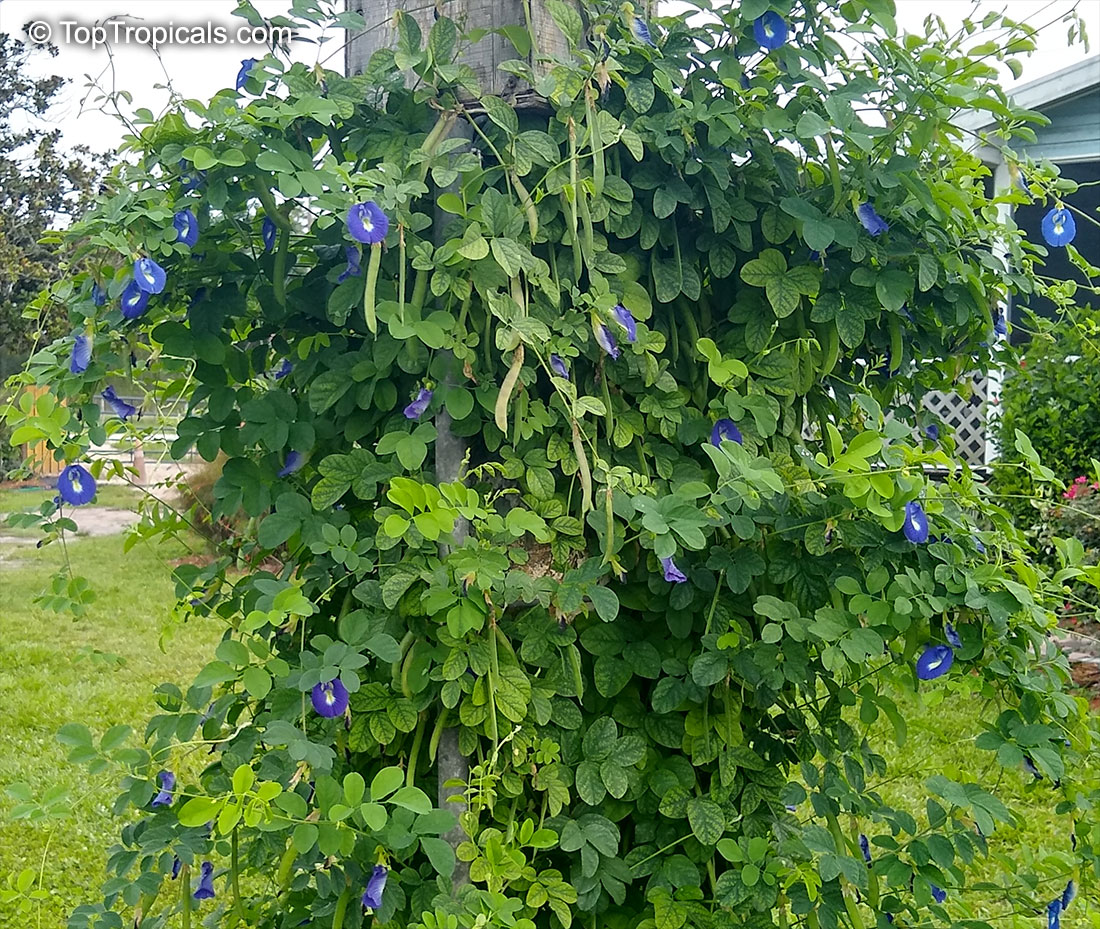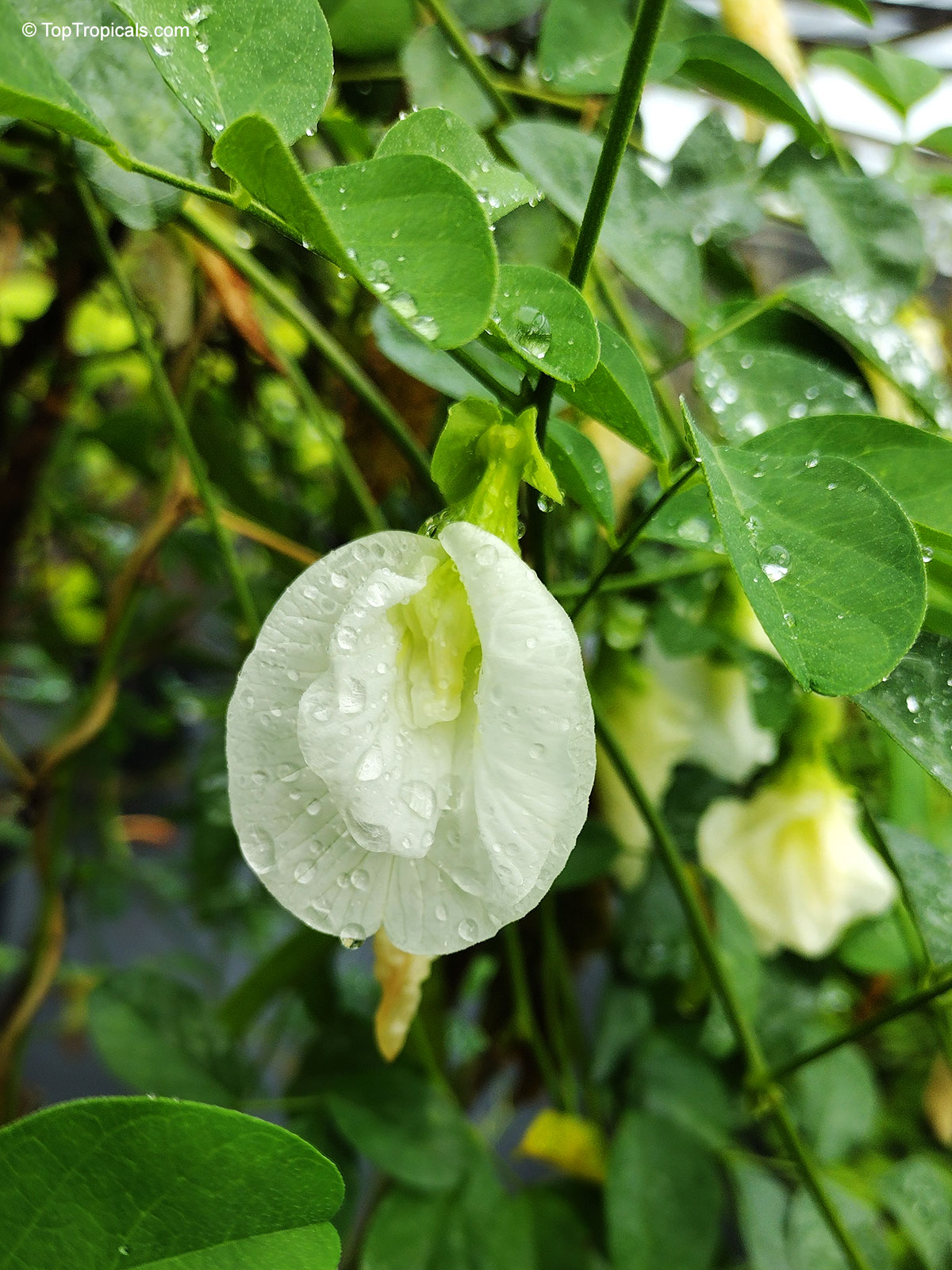Curio - Plant Encyclopedia Results
Top Tropicals Plant Encyclopedia
| Number of plants found: 34 | Next | 
|
Go to page: | 1 | 2 | 3 | 4 |
Botanical names: Curio articulatus, Senecio articulatus, Kleinia articulata
Common names: Hot Dog Cactus, Candle Plant
Family: Asteraceae
Origin: South Africa





Senecio articulatus has fat cylindrical stems with periodic constrictions, giving an impression of sausage-links. These are decoratively enhanced by reddish-purple markings. The notched and dissected leaves are a bright green, sometimes flushed with purple.
Botanical names: Curio herreanus, Senecio herreianus
Common names: Gooseberry, String of Beads
Family: Asteraceae
Origin: South West Africa




These species are leafy succulents, in that they store large amounts of water in their leaves (as opposed to stems as do the cacti) and can withstand long periods of drought. Gooseberry leaves are football shaped and about 3/8 inch long. The unique shapes of the fleshy leaves greatly reduce the surface area exposed to the hot and dry environment, so they lose a bare minimum of the precious water extracted from the soil. The reduced surface area, however, limits the amount of the sun's energy the plants can absorb for photosynthesis. Nature's way of compensating for this limited external surface area is to have a 'window' or slit of transparent tissue in each leaf that allows light to enter and be absorbed by the photosynthetic cells lining the inside. Therefore, light absorption occurs on the outer surface as well as the inner surface. This allows the plant to produce a sufficient amount of food by photosynthesis while conserving its water. The central core of each leaf is composed of clear, non-pigmented water storage cells. See Senecio rowleyanus.
Botanical names: Curio rowleyanus, Senecio rowleyanus
Common names: String of pearls, String of peas, Bead Plant
Family: Asteraceae
Origin: South Africa






Curio rowleyanus (Senecio rowleyanus), also called String of pearls, is an excellent groundcover for dry rock gardens or for edging garden paths. It is a low-growing plant, and can cope with a variety of light exposures, from full sun to semi-shade. It has attractive white and off-white flowers that are highly fragrant, and its small succulent leaves are low maintenance and thrive in dry, sandy conditions. In the right environment, this plant can quickly spread and form a beautiful, green tangle that adds texture and scent to the landscape.
Plant is native to South Africa, and is hardy in USDA Zone 9-11. Plants in colder climates should be grown in pots and brought inside during the winter months. Potted plants require well-drained soil. Water the plant when the soil is dry to the touch, reducing watering even further during winter when the plant is resting.
Overall, Curio rowleyanus is a great choice for those looking for an aromatic, drought-tolerant groundcover for gardens or containers. With its colourful and fragrant flowers combined with its low-maintenance attributes, this plant is sure to add interest to any outdoor space.
Botanical names: Curio x peregrinus, x Bacurio delphinatifolius
Common names: Dolphin Necklace, Flying Dolphins, Senecio Hippogriff
Family: Asteraceae





The plant is a hybrid between Curio rowleyanus and Curio articulatus.
The plant does well in hanging baskets, where its leaves can shower downward. The plant thrives under bright, indirect light with some morning sun and in semi-shade under moist conditions.
Botanical name: Adenanthera pavonina
Common names: Red Sandalwood, Coral Bean Tree, Saga, Sagaseed Tree, Red-bead Tree, Raktakambal, Kokriki
Family: Fabaceae
Subfamily: Caesalpinioideae
Origin: India
Hardiness: 35°F










A medium-sized tree up to 15 m high, Adenanthera pavonina is native to India and Malaysia. It has been planted extensively throughout the tropics as an ornamental and has become naturalized in many countries.
The tiny flowers are said to smell vaguely like orange blossoms.
The slender flattened pods become twisted as they split open at maturity to release up to 12 brilliant red, lens - shaped, extremely hard seeds. The ripened pods stay on the tree for some time. The seeds are used in necklaces and ornaments, as beads in jewellery, leis and rosaries. They were also used in ancient India for weighing gold. The seeds are curiously similar in weight. Four seeds make up about one gramme. In fact the name "saga" is traced to the Arabic term for "goldsmith".
In Malaysia and Indonesia, the trees provide shade and planted as "nurse trees" in coffee, clove and rubber plantations.
Although the raw seeds are toxic, when cooked they are edible: are roasted, shelled and then eaten with rice in Java, Indonesia. In Melanesia and Polynesia people call it the "food tree". The seeds are said to taste like soy bean. The young leaves can be cooked and eaten, but usually only during famine.
The hard reddish wood of the red sandalwood tree is used for cabinet making. A red dye, obtained from the wood, is used by Brahmins to mark religious symbols on their foreheads. A red powder made from the wood is used as an antiseptic paste. In Ancient Indian medicine, the ground seeds are used to treat boils and inflammations. A decoction of the leaves is used to treat gout and rheumatism. The bark was used to wash hair.
Recommended Fertilizer: SUNSHINE Robusta - Rapid Growth Booster
Botanical name: Aechmea sp.
Common name: Bromeliad
Family: Bromeliaceae
Subfamily: Bromelioideae
Origin: Tropical America









The Aechmea is very diversified, hardy, extremely popular, and very easily cultivated in the bromeliad family group. They range in sizes from a very tiny 6 inches, to more than 10 feet in height and 6 feet in diameter. Their foliage colors vary from lime green, yellow, red, burgundy, and black, and incorporates many patterns, spots, stripes, bands, silvering, shadings, and blotches. These patterns often vary form the top of the leaf to the bottom of it. The Aechmea family has large inflorescence and brightly colored, long lasting bracts that holds the magnitude of tiny flowers. Often the colorful berry-like fruits mature for a long time on the flower spike. It's a very healthy, cold and rot resistant plant to grow outdoors fixed in trees, walls, or, in pots in an orchid mix.
Adult plants need a sunny position to become red in the blooming period. In a luminous shade it flowers, but the leaves remain green. The rose bracts persist a long time, and if flowers are pollinated black pointed fruits will appear as shown in the picture. It's curious because, when the plant grows in very shaded locations the leaves become very long, to the point to seem a completely different plant and very elegant indeed, with no weak aspects. However, if it is gradually moved to full sun it blooms and the leaves become red.
Botanical names: Araujia sericifera, Physianthus albens
Common name: Bladder flower
Family: Asclepiadaceae
Origin: South America







A bold and distinct twining evergreen climber or robust twining shrub having racemes of fragrant white or pink flowers with flat spreading terminal petals that trap nocturnal moths and hold them until dawn. Flowers all summer. The foliage is a light grey green and the plant can be kept back by pruning. After a long hot summer, large green pod like curious fruits are carried. Sometimes referred to as the cruel plant due to the moths that pollinate it being held onto by the flowers and only being released the following day. Only suitable for sunny spots in warmer counties or conservatory where the scent is more noticeable.
Botanical name: Asimina triloba
Common names: Pawpaw, American Custard Apple, West Virginia Banana, Indiana Banana
Family: Annonaceae
Origin: North America






Deciduous tree growing to about 30 feet, with large drooping leaves and curious flowers of disagreeable odor opening in the spring before the leaves. The fruit is 3"-5" long and is almost black when ripe, with a highly aromatic flavor. The fruit tastes like mix of papaya and banana and is often called an Indian banana. The name pawpaw comes from the Arawakan Indian name for the papaya. Grows as far north as New York and southern Ontario, out west as far as Nebraska and Texas, and south to Florida. The young plant is very sensitive to full sunlight and requires filtered sun for the first year or two. The use of tree shelters is an ideal solution to the problem, permitting the plant to receive a full day of filtered sunlight. Once established, pawpaws prefer full sun. The large dangling leaves dislike strong winds. Pawpaws do best in deep, fertile soil that is moist, but well-drained and slightly acid (pH 5-7).
Botanical name: Averrhoa bilimbi
Common names: Bilimbi, Cucumber Tree, Tree Sorrel, Kamias, Belimbing Asam, Belimbing Buloh, Membrillo
Family: Oxalidaceae
Origin: Moluccas





It is very common in Thailand, Malaya and Singapore. The bilimbi is closely allied to the carambola but quite different in appearance, manner of fruiting, flavor and uses. The only strictly English names are "cucumber tree" and "tree sorrel". "Bilimbi" is the common name in India and has become widely used. The tree is attractive, reaches 35 ft in height. Small, fragrant, yellowish-green or purplish flowers marked with dark-purple, are borne in small, hairy panicles emerging directly from the trunk and oldest, thickest branches and some twigs, as do the clusters of curious fruits resembling small cucumbers that grow on strunk and stems. The bilimbi is generally regarded as too acid for eating raw, but in some places, the green, uncooked fruits are prepared as a relish. Ripe fruits are frequently added to curries in the Far East or used in place of mango to make chutney. The fruit juice is popular for making cooling beverages on the order of lemonade. To reduce acidity, it may be first pricked and soaked in water overnight and boiled with sugar to make a jam or an acid jelly. Half-ripe fruits are salted, set out in the sun, and pickled in brine and can be thus kept for 3 months. A quicker pickle is made by putting the fruits and salt into boiling water. This product can be kept only 4 to 5 days. The flowers are sometimes preserved with sugar.
In Costa Rica, these tree is called membrillo = little dick fruits.
See picture of the actual tree for sale.
Shipped at customers risk, no replacements or refunds. Leaf drop possible. We guarantee healthy plant to be shipped and the best packaging. Express shipping optional.
Recommended Fertilizer: SUNSHINE C-Cibus - Crop Nutrition Booster
SUNSHINE-Honey - sugar booster
Botanical name: Clitoria ternatea
Common names: Butterfly Pea, Asian Pigeonwings
Family: Fabaceae
Subfamily: Faboideae
Origin: Tropical America










Perfect vine! Blooms year-round, fast growing, easy, not invasive, controllable, not messy, curious bright blue flower - Clitoris-like flower shape, hence name of the plant. Fast-growing climber with fine foliage, pinnate leaves. Produces flat pods, up to 7" long, beaked, with about 5 flat rounded seeds. Species: C. ternatea, C. mariana.
Besides being a great ornamental, this plant has some practical and medicinal value. The seed pods are edible, as well as the flowers. The flowers are used for blue food dye for rice and teas. It is also a nitrogen fixer and helps prevent E-coli.
See article about healing properties of this plant: Blue Tea from the Magic Clitoria.
Recommended Fertilizer: SUNSHINE Megaflor - Bloom Nutrition Booster
Ordering seeds info
RECOMMENDED SUPPLIES:
Seed Germination Mix #3, professional grade
SUNSHINE-Epi - Seeds and cuttings booster
SUNSHINE Bombino - Young Plant Booster
Recommended Fertilizer: SUNSHINE Megaflor - Bloom Nutrition Booster
Ordering seeds info
RECOMMENDED SUPPLIES:
Seed Germination Mix #3, professional grade
SUNSHINE-Epi - Seeds and cuttings booster
SUNSHINE Bombino - Young Plant Booster
| Next |  |
Use link to repeat this search:
https://toptropicals.com/cgi-bin/garden_catalog/cat.cgi?find=Curio&search_op=and&keyword_op=and&language=e&number=10
&no_change_lang=1&user=tt&sale=1&first=0
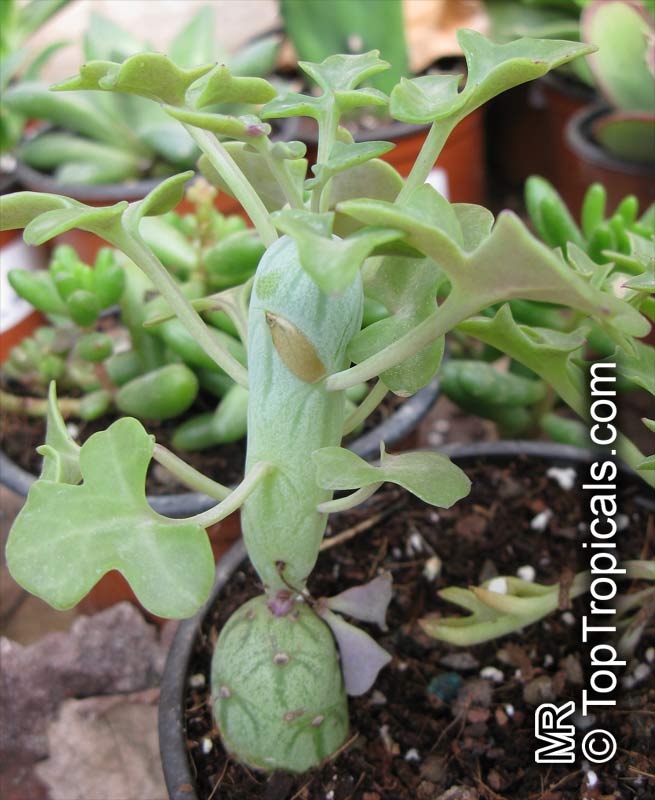
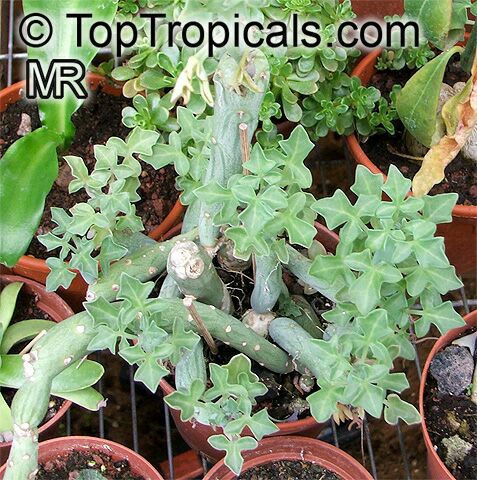
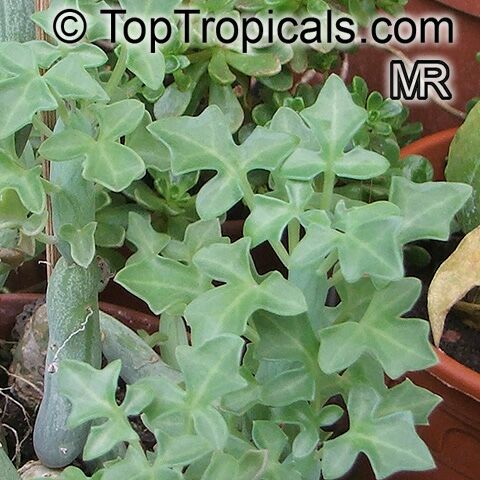
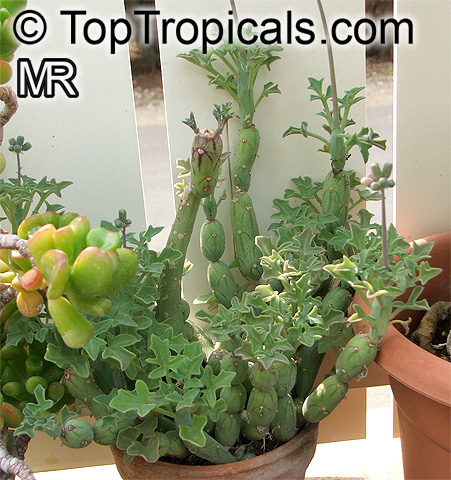
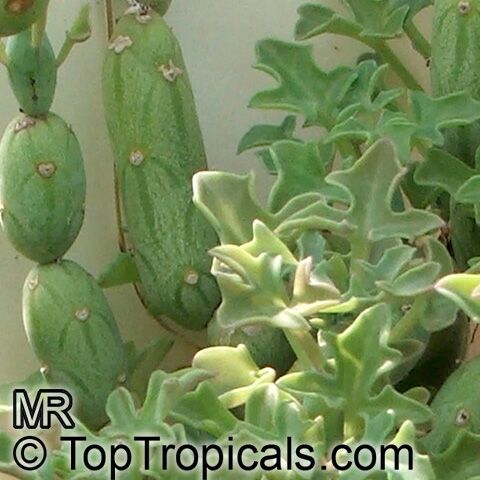
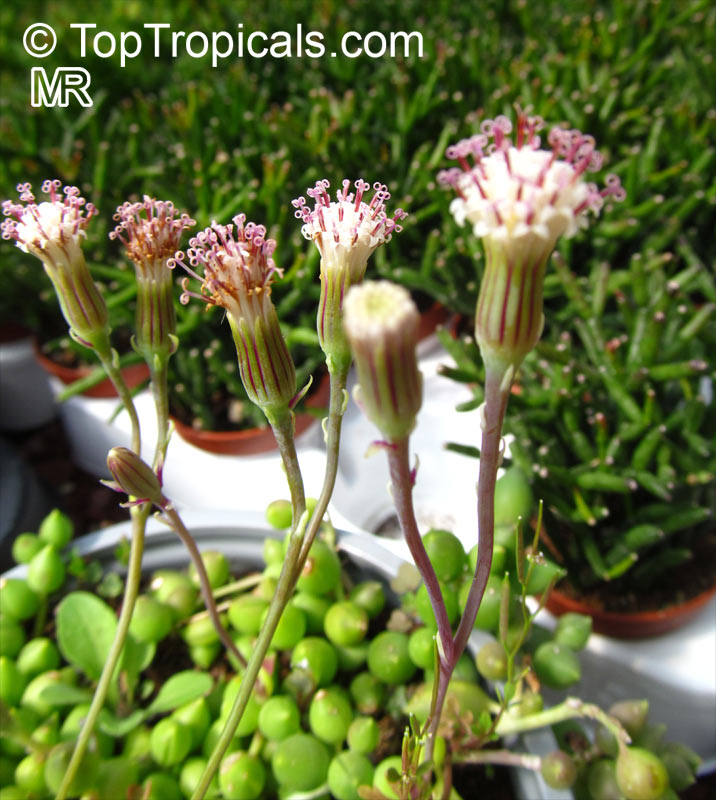
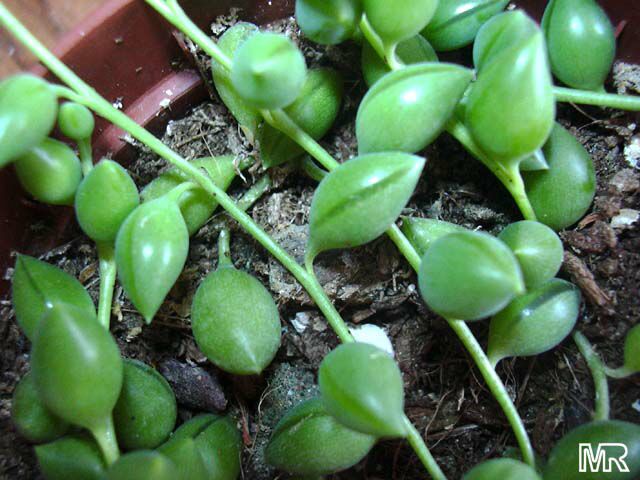
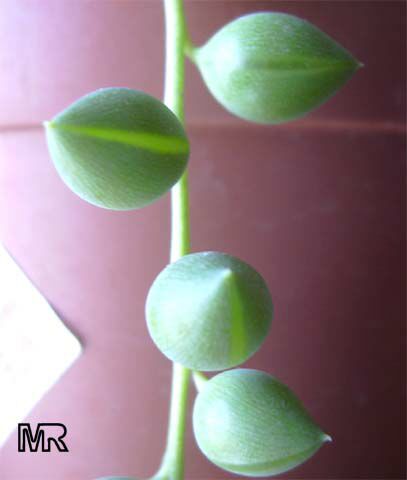
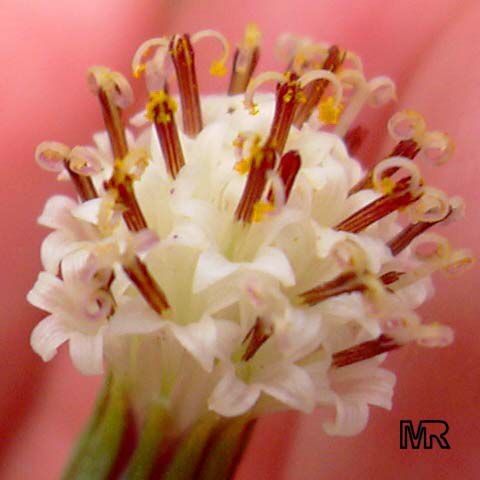
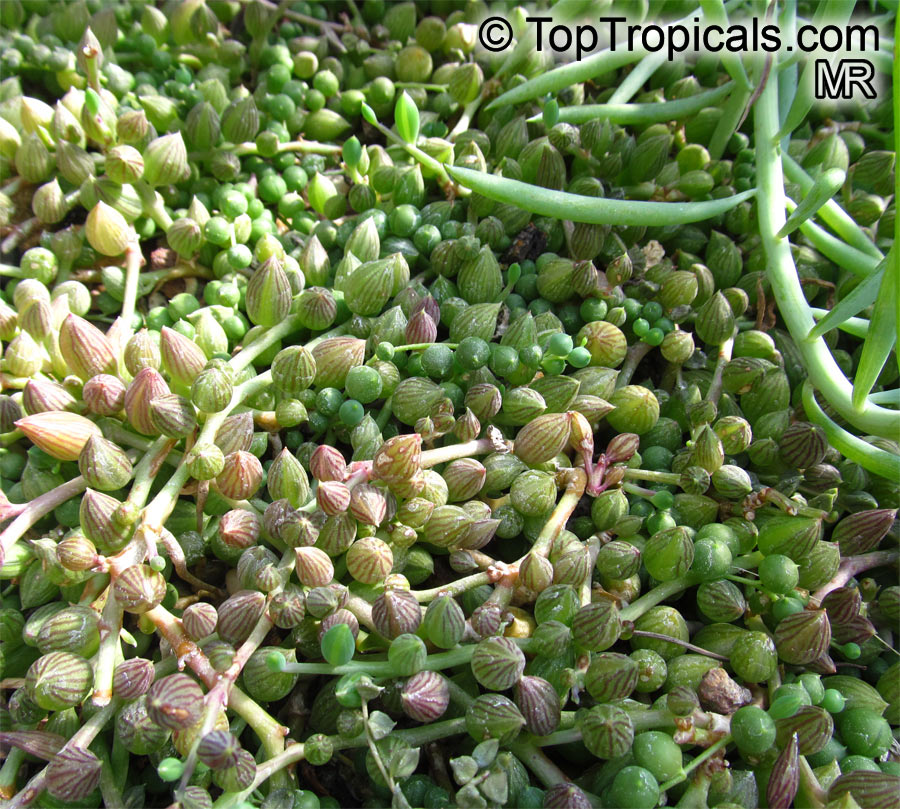
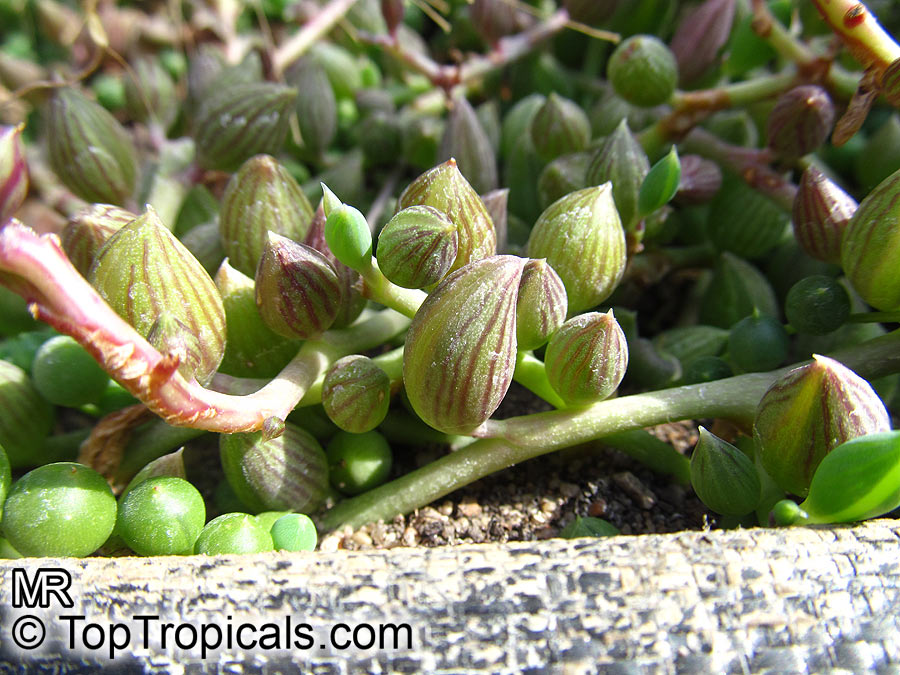
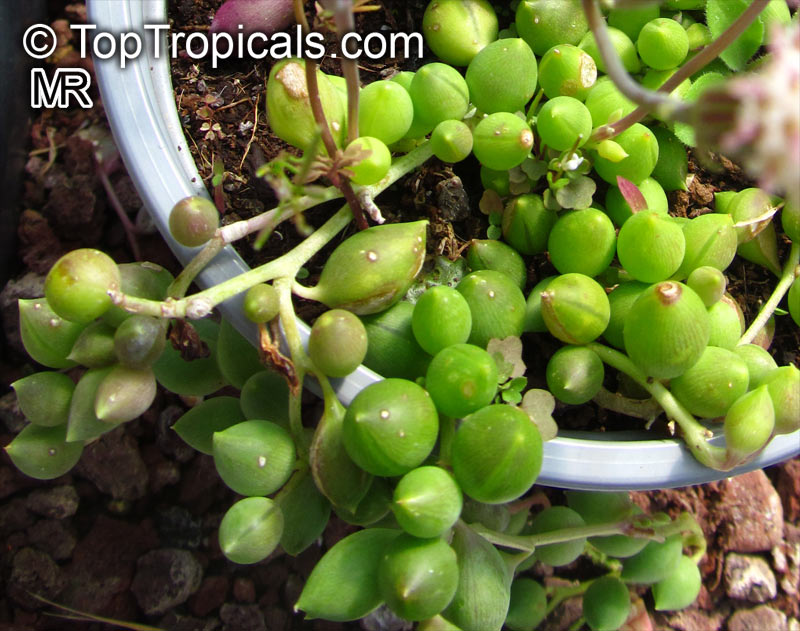
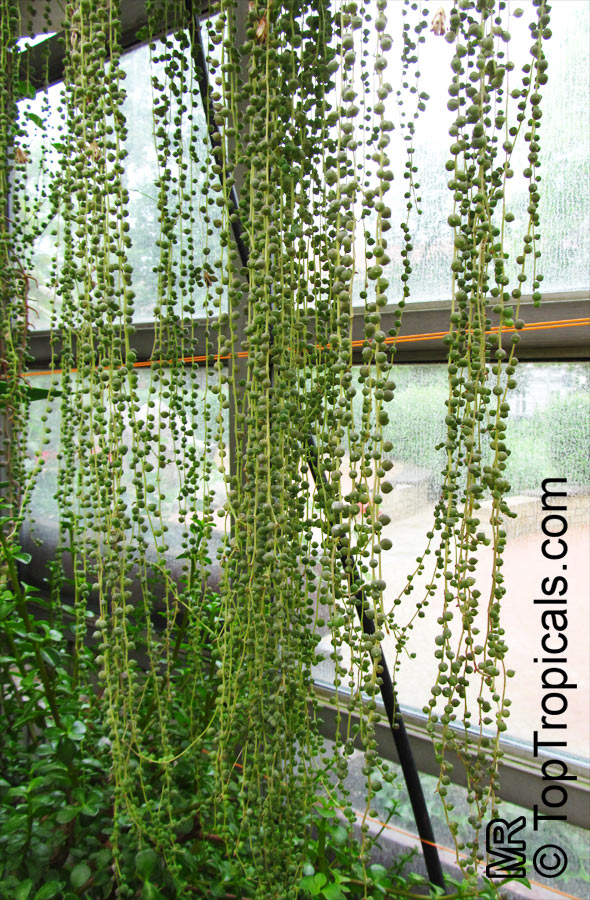
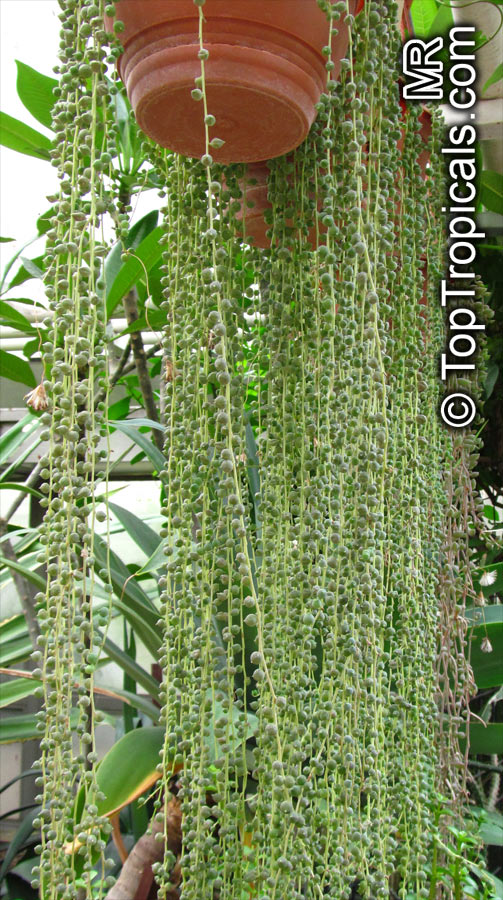
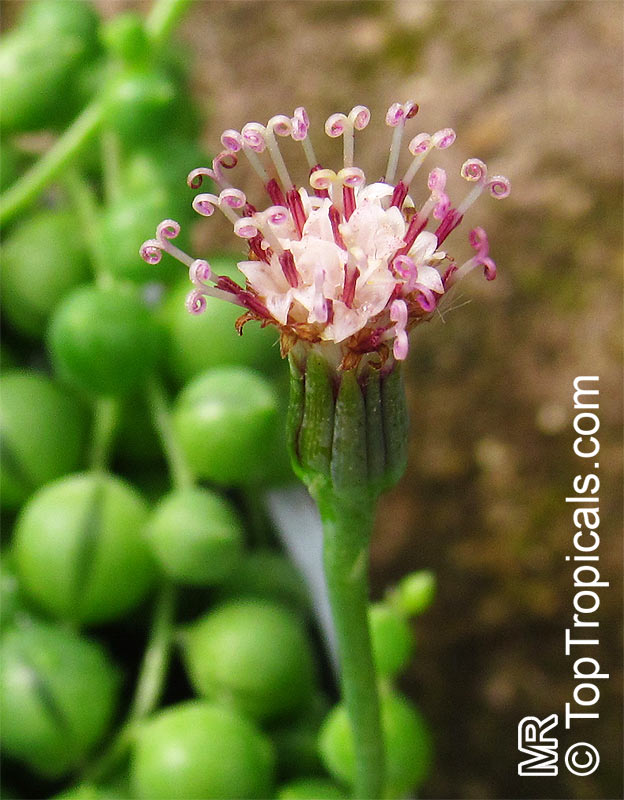
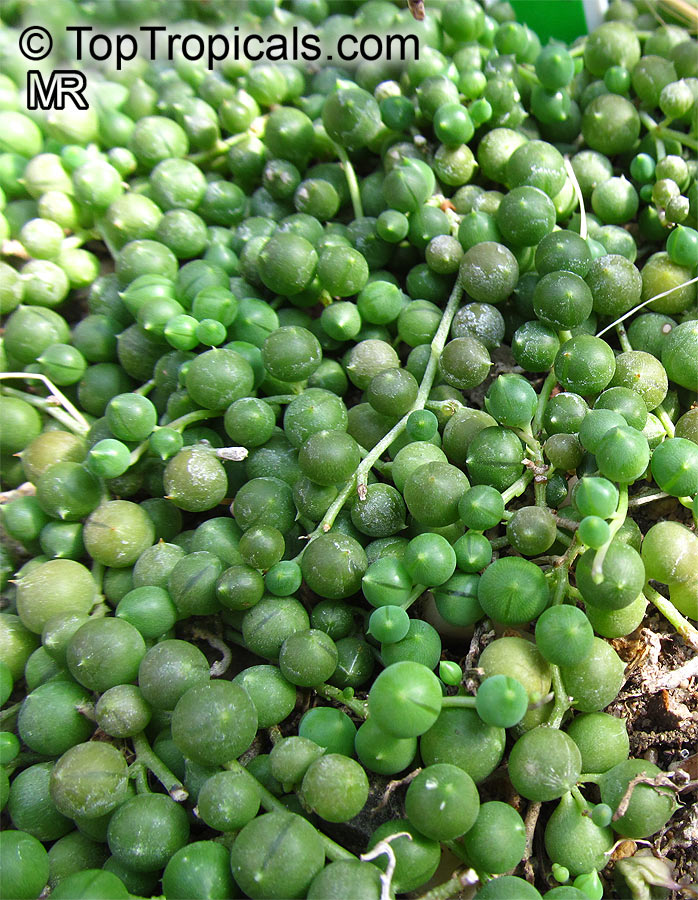
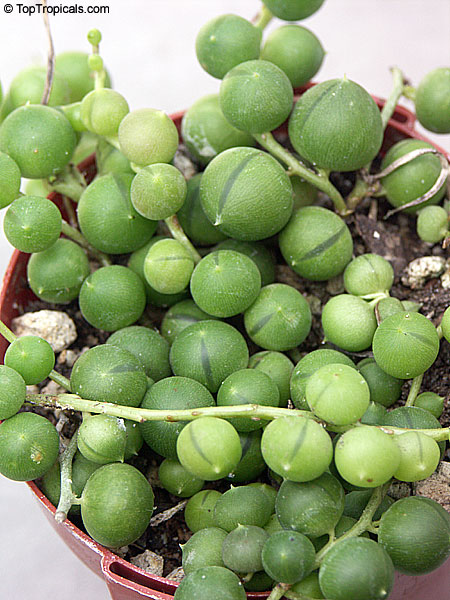
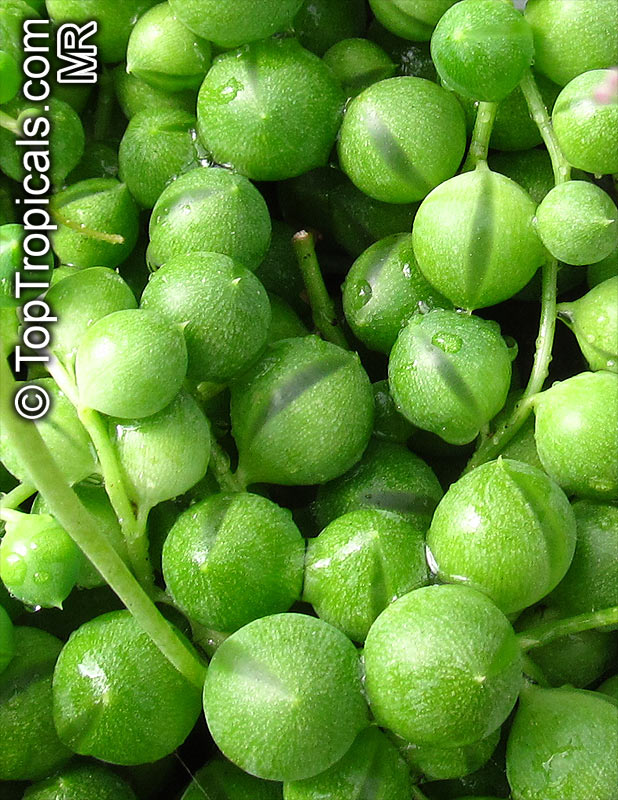
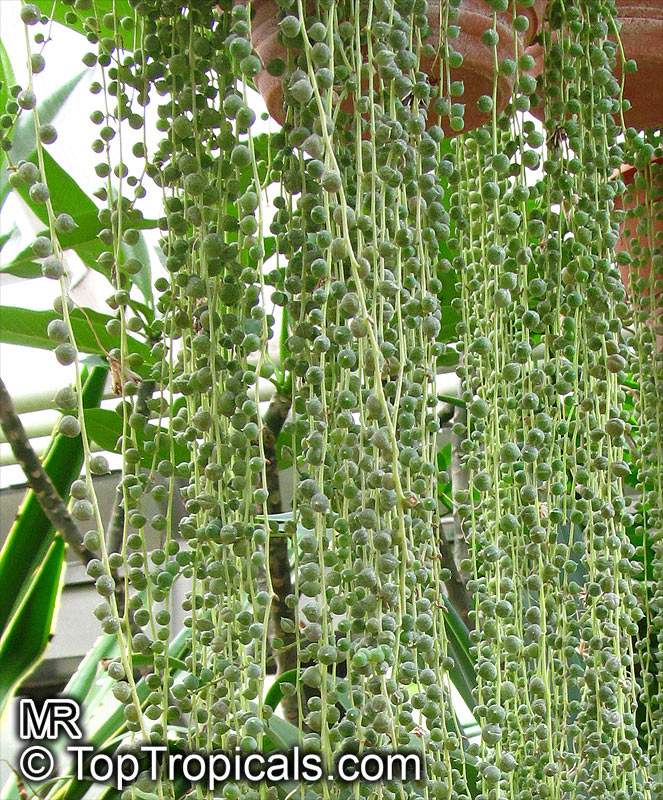
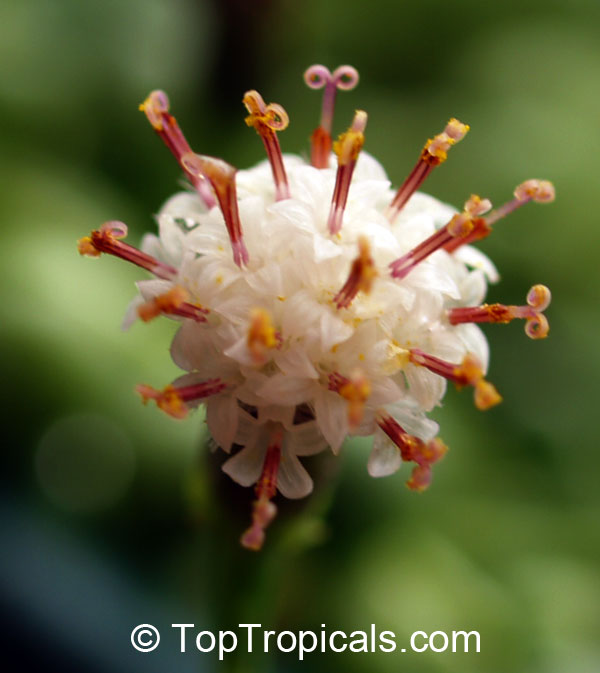
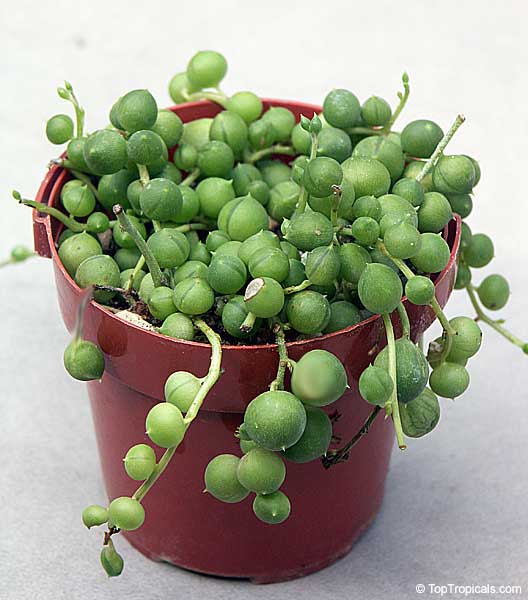
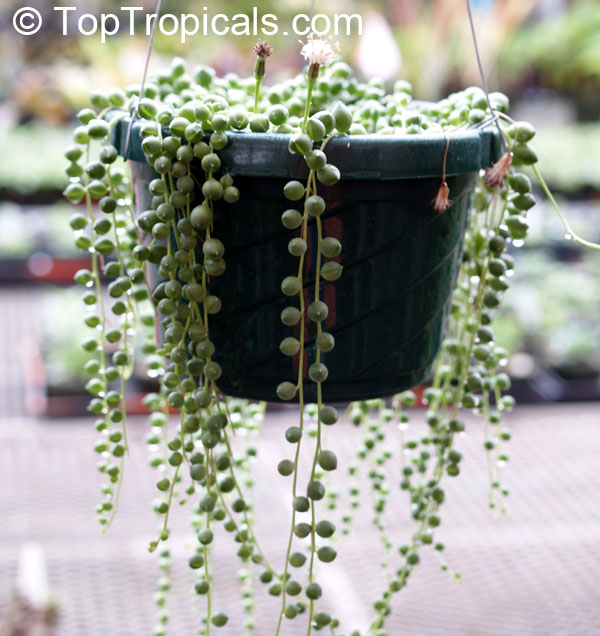
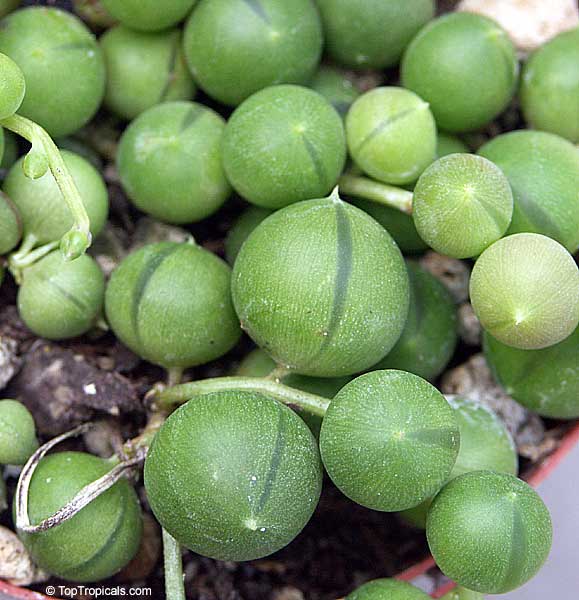
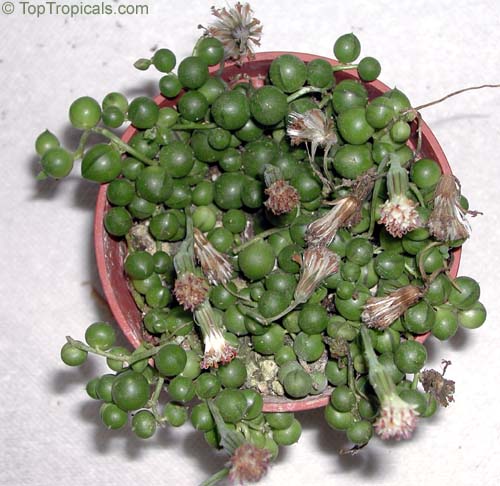
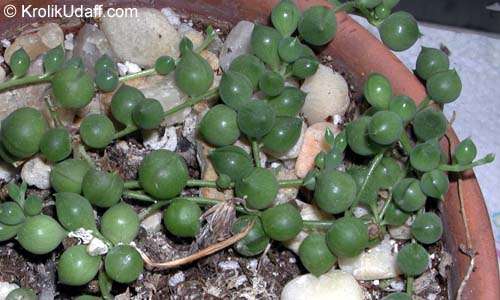
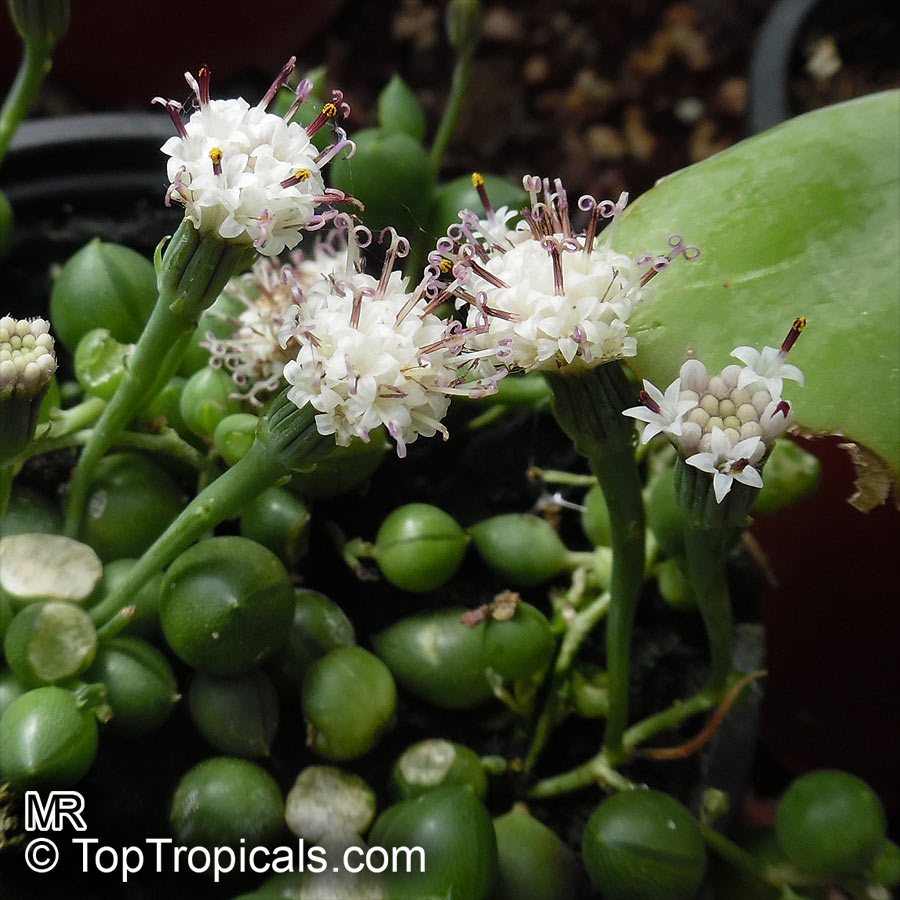
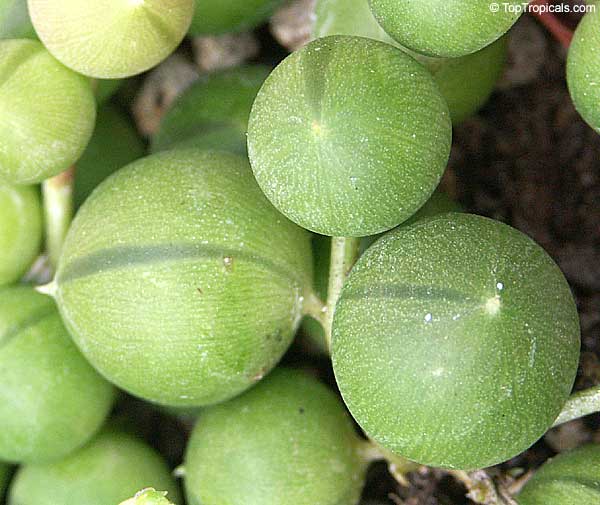
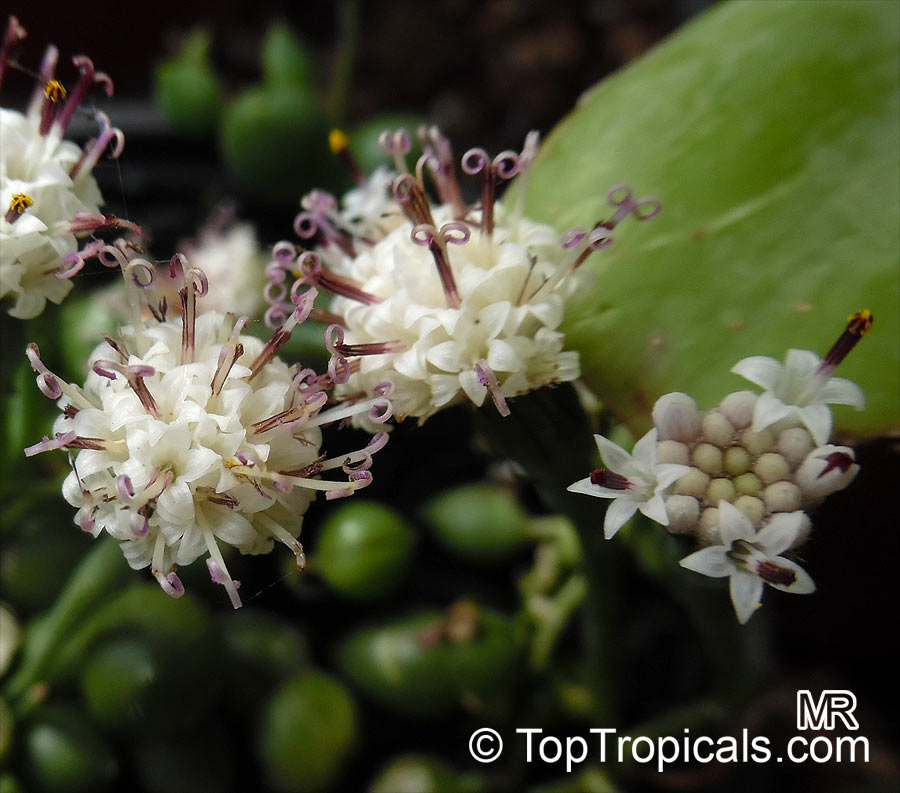
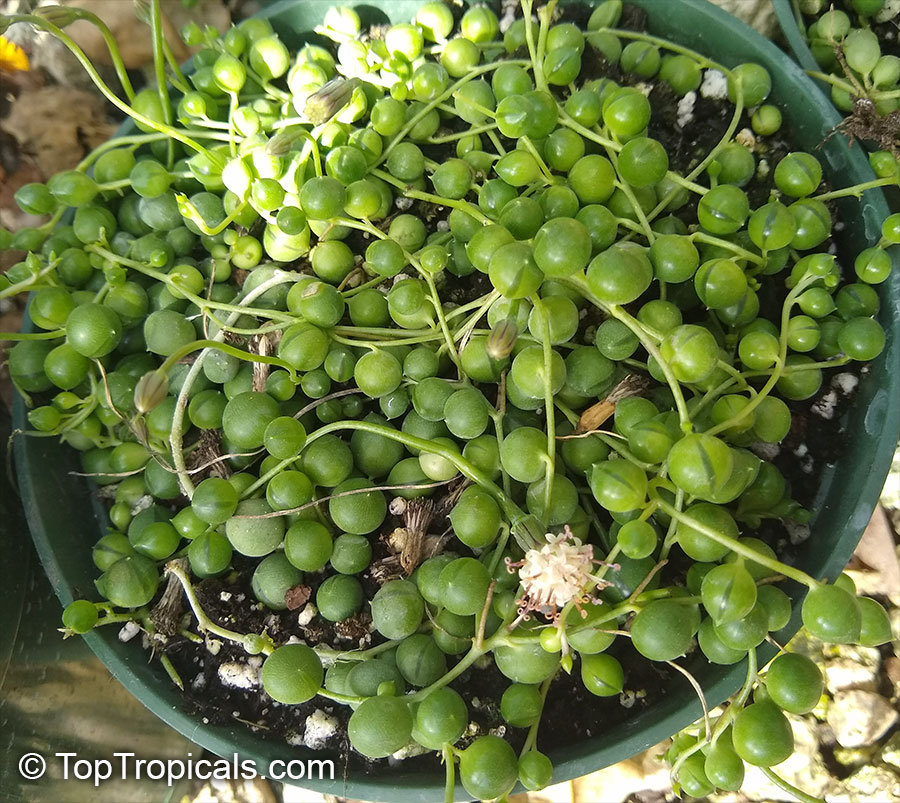
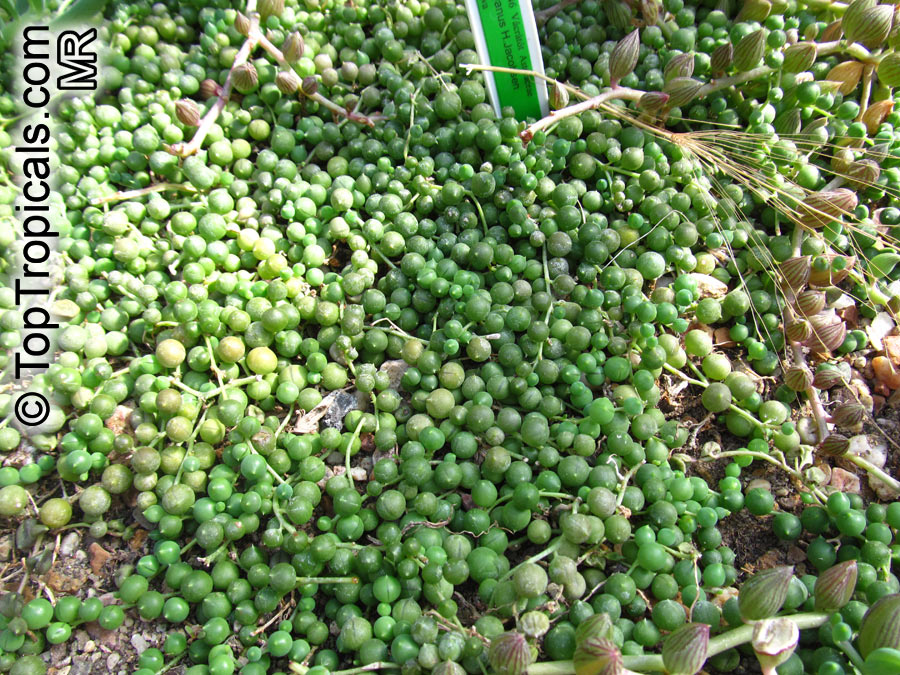
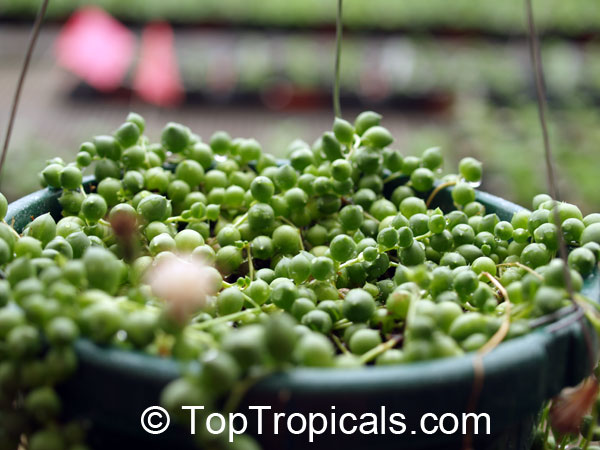
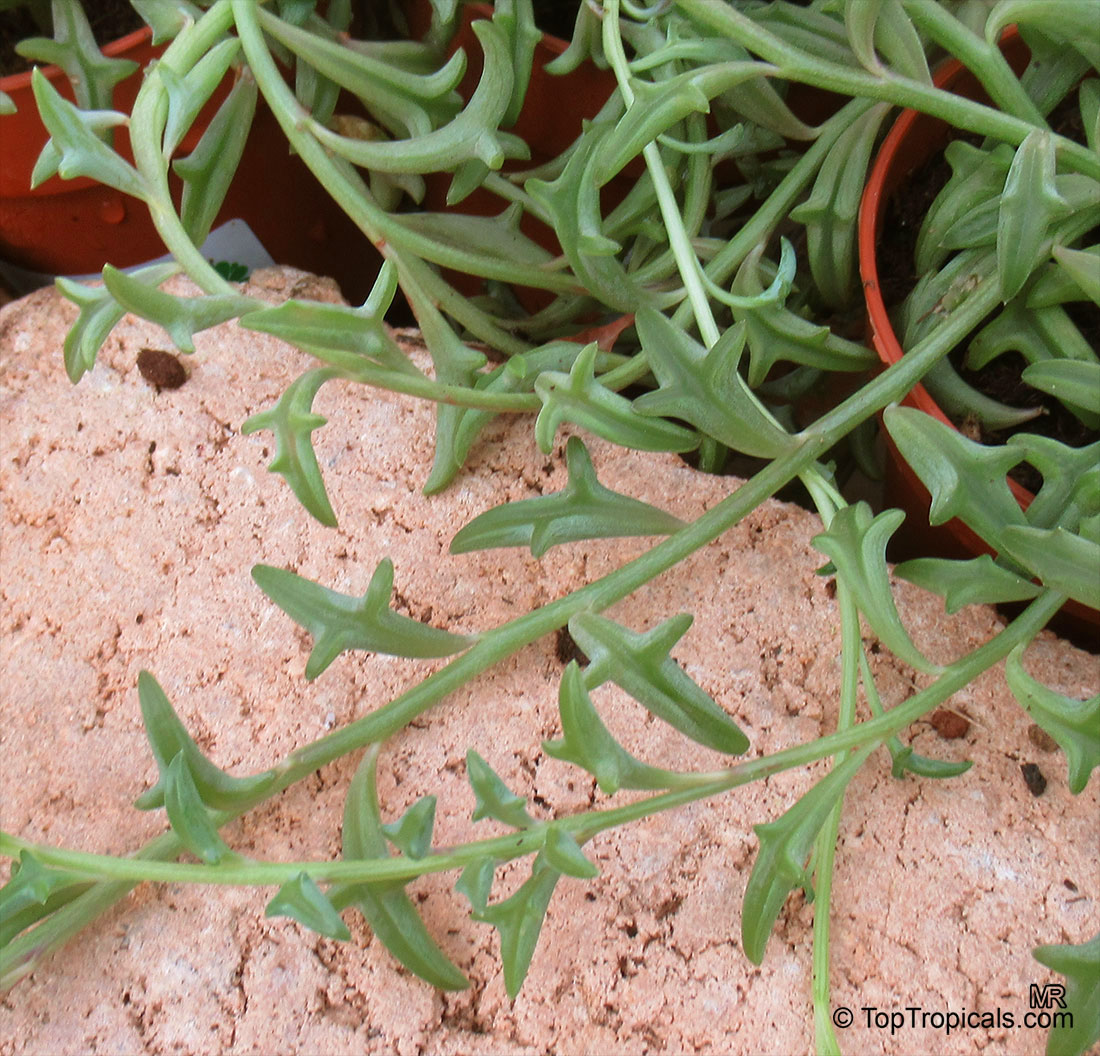
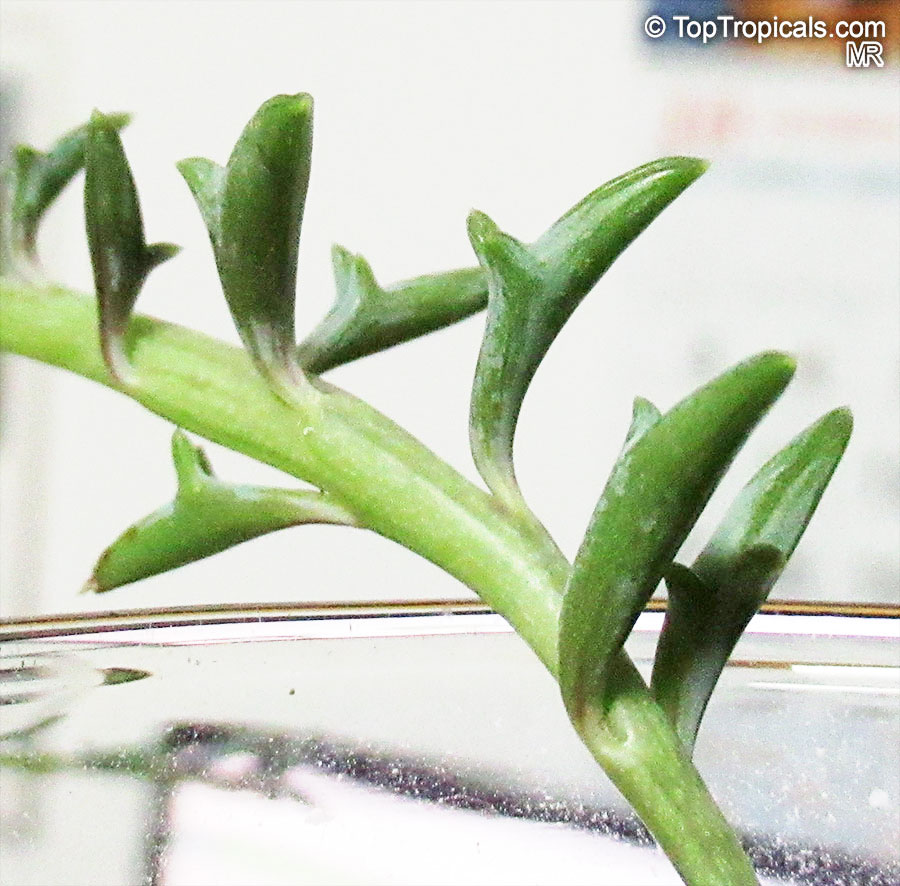
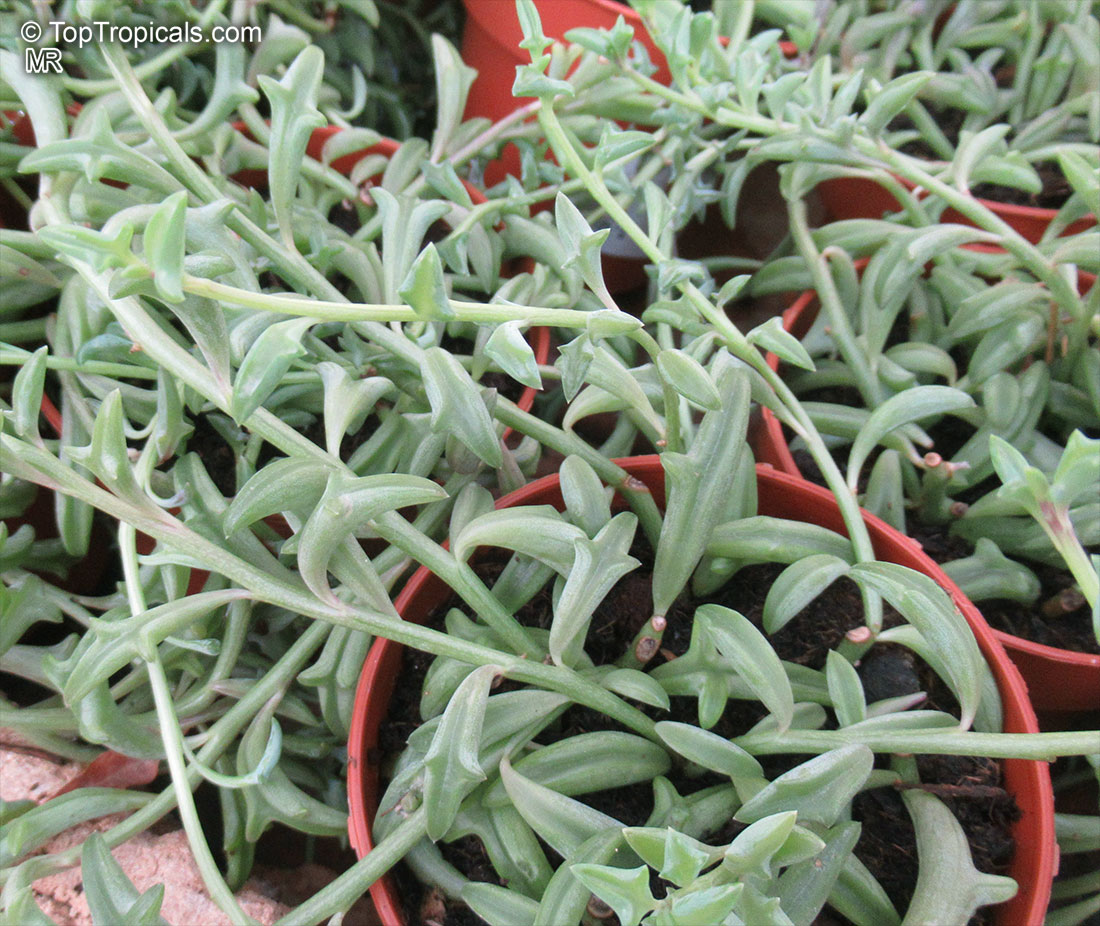
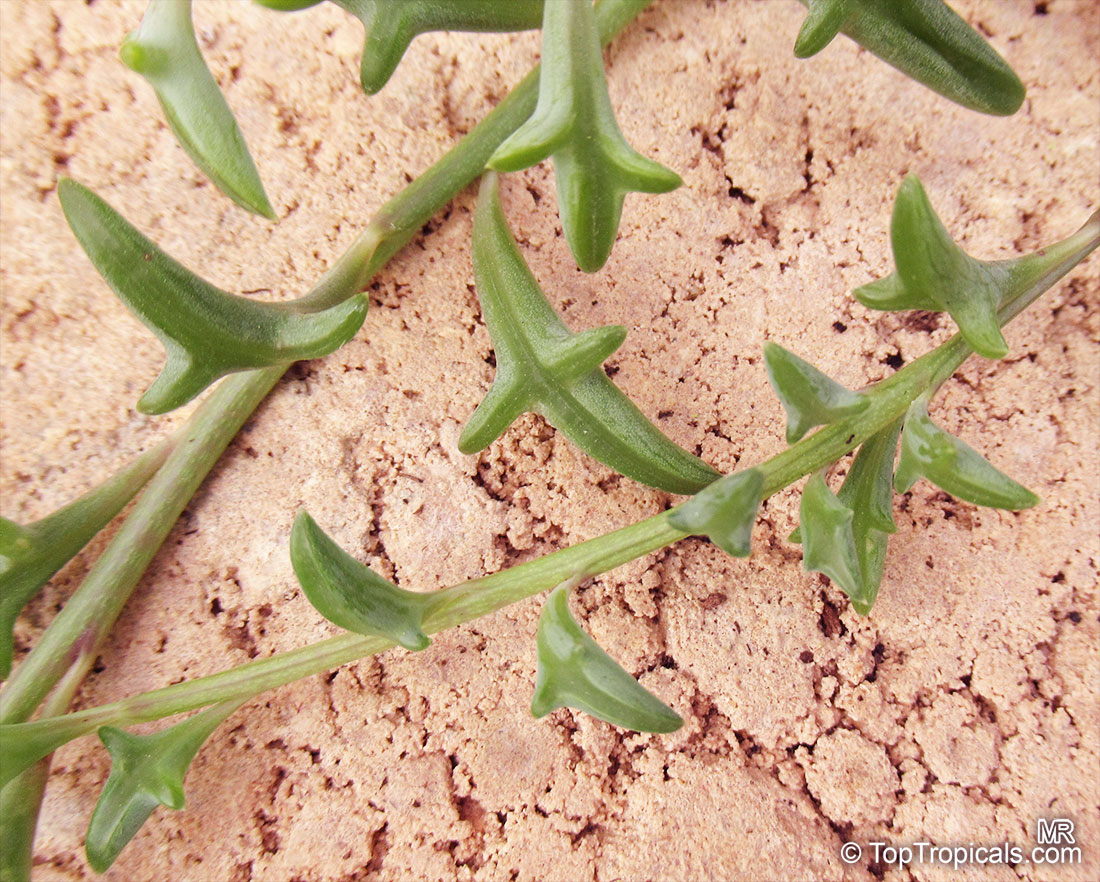
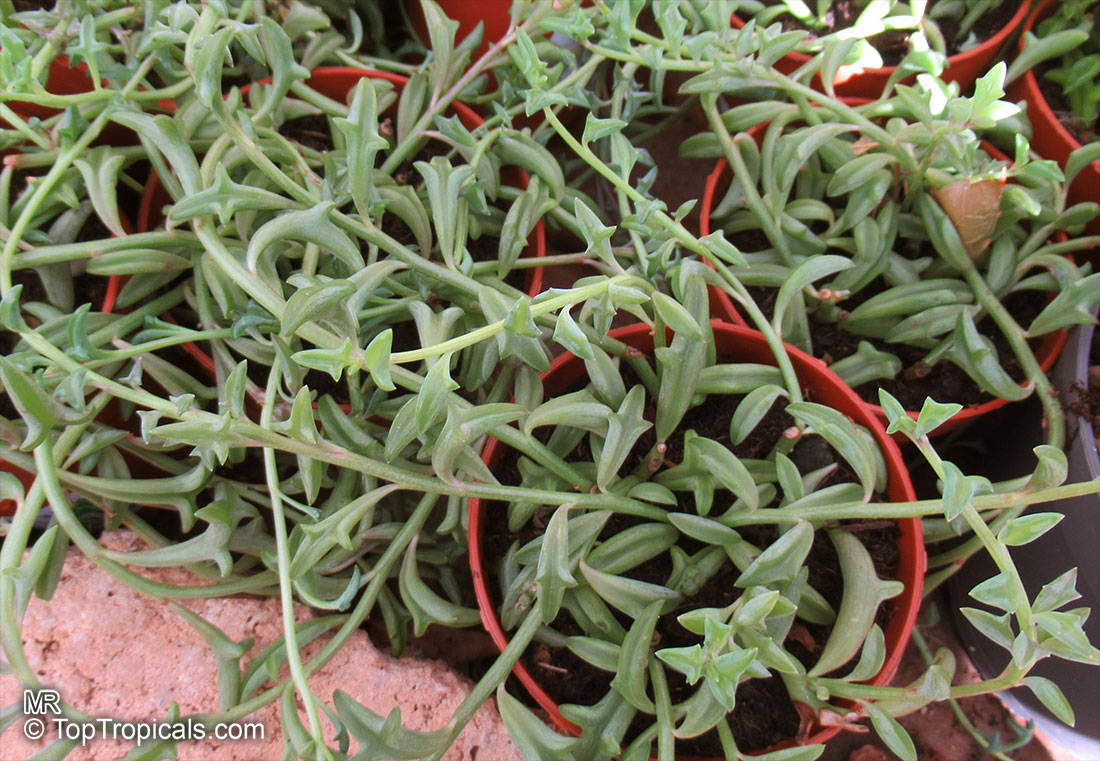
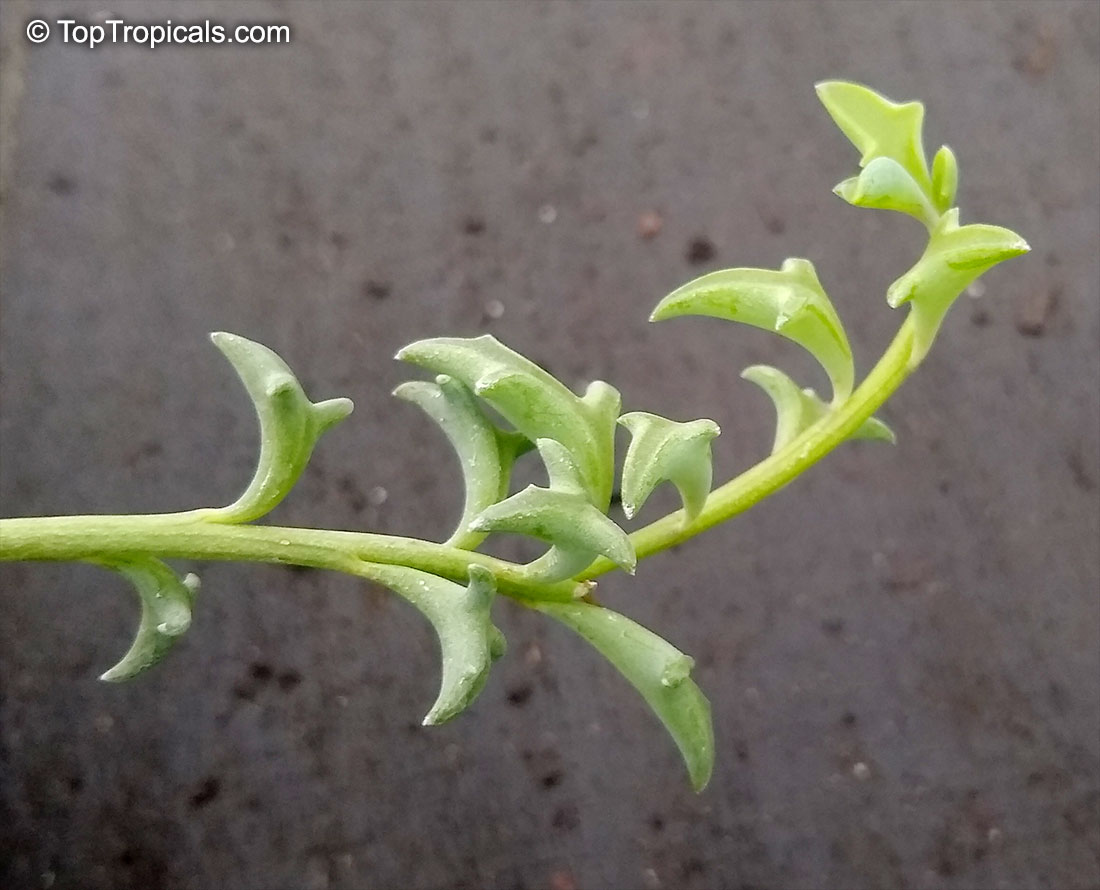
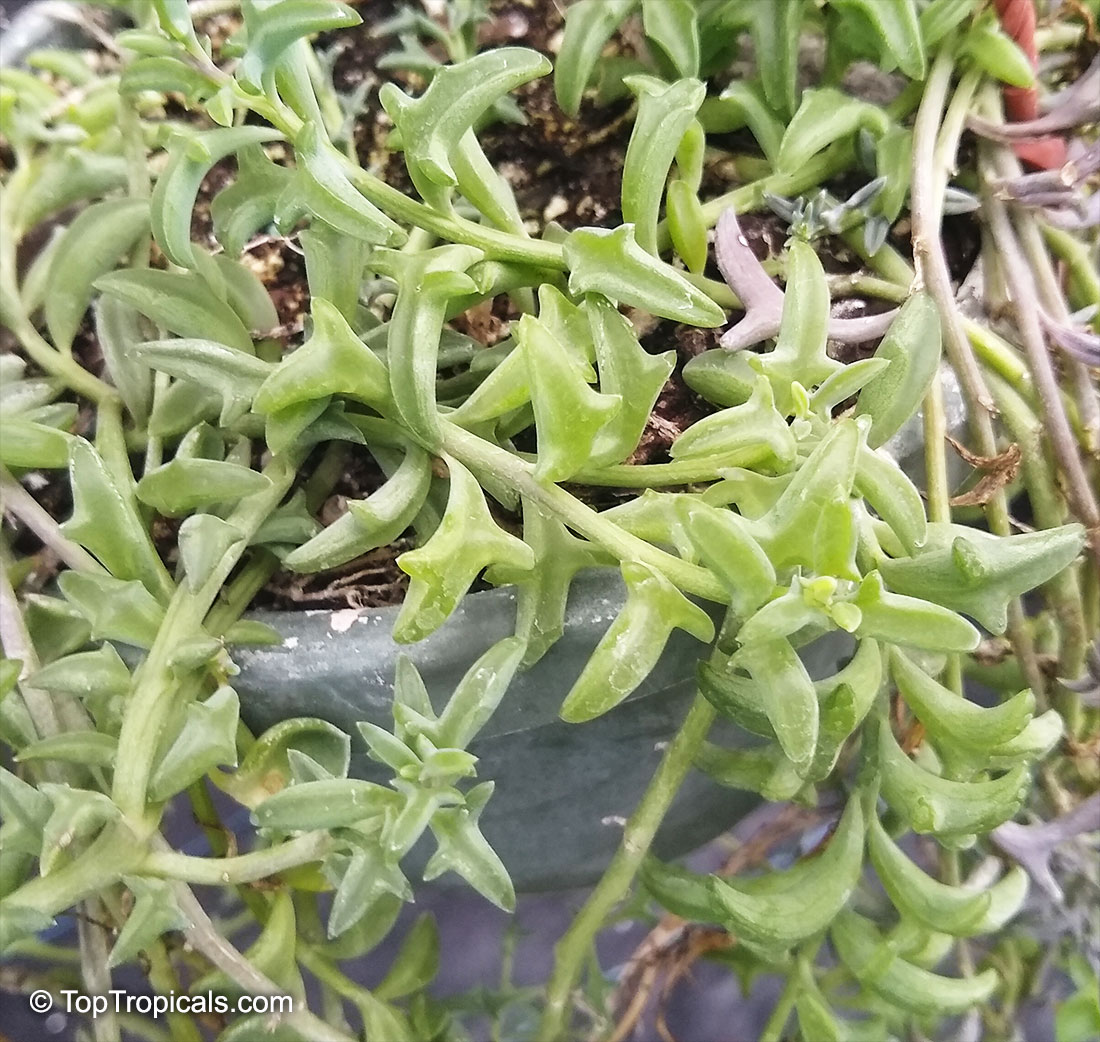
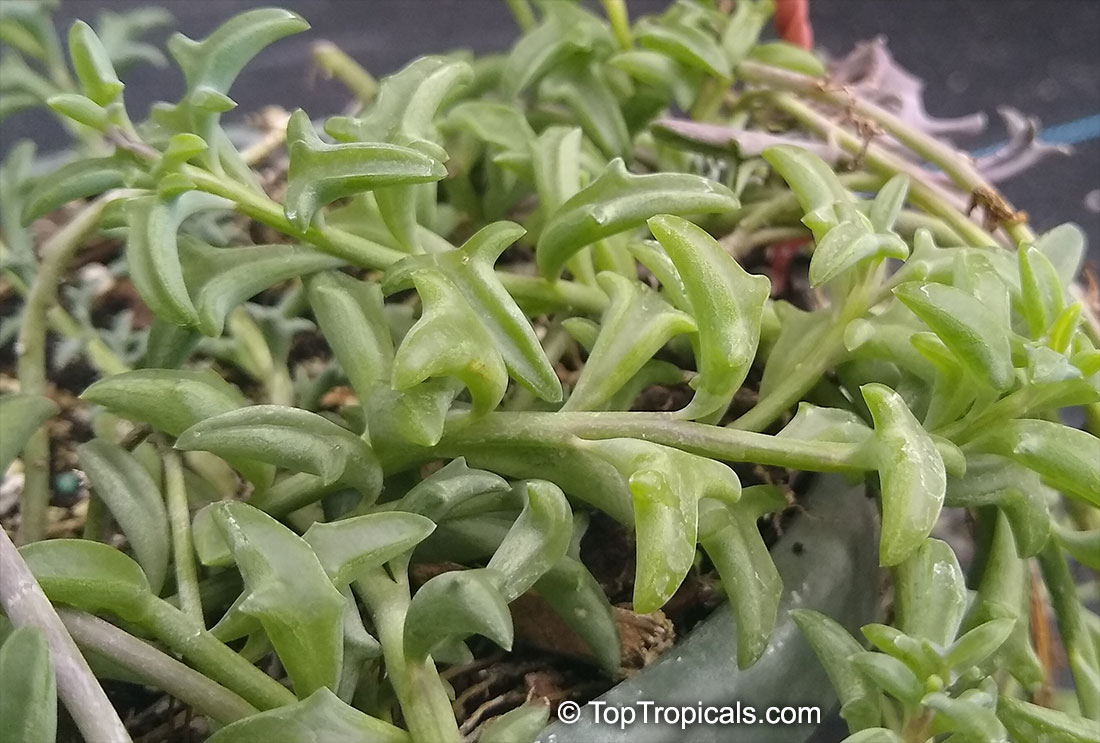

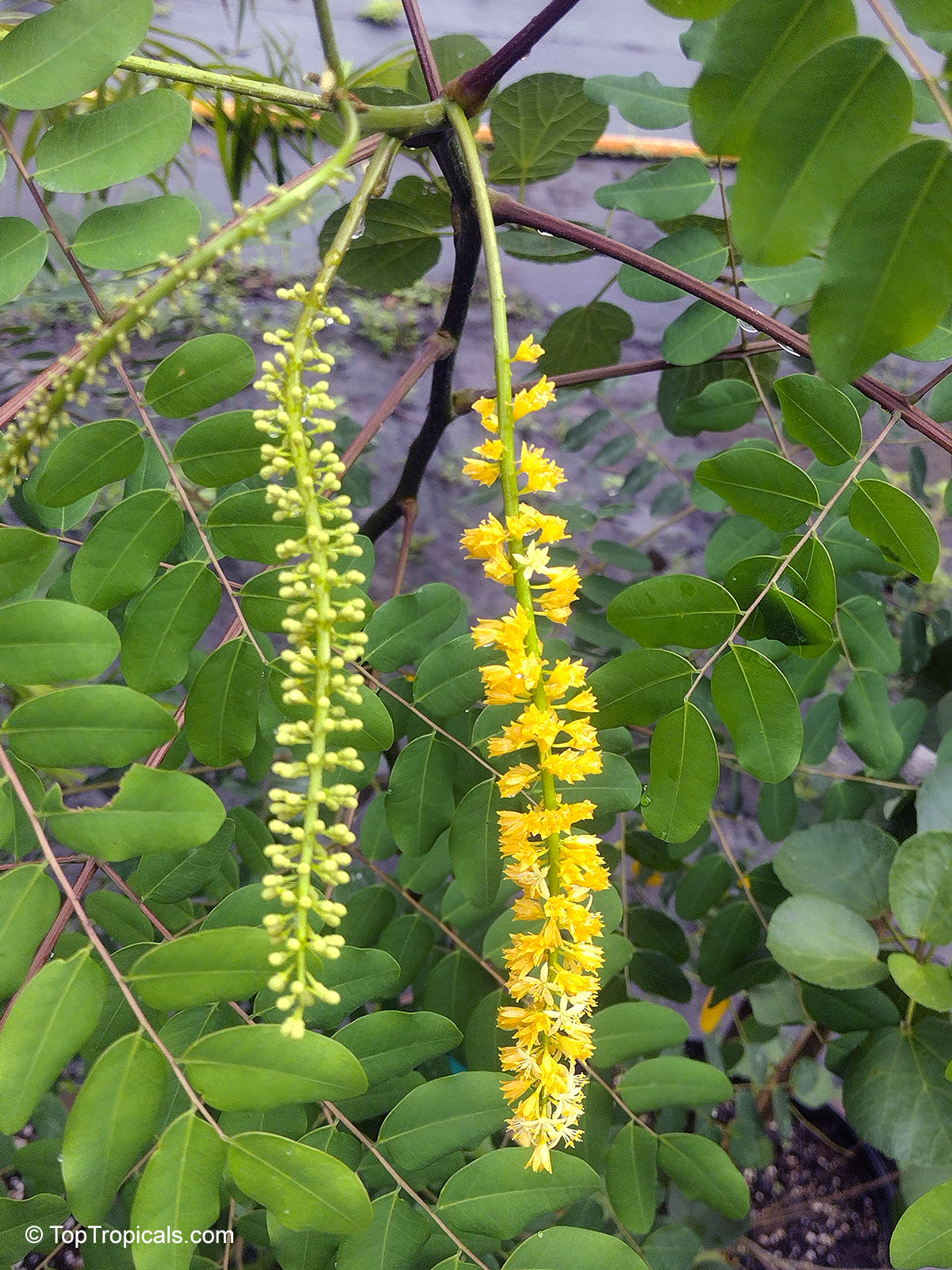
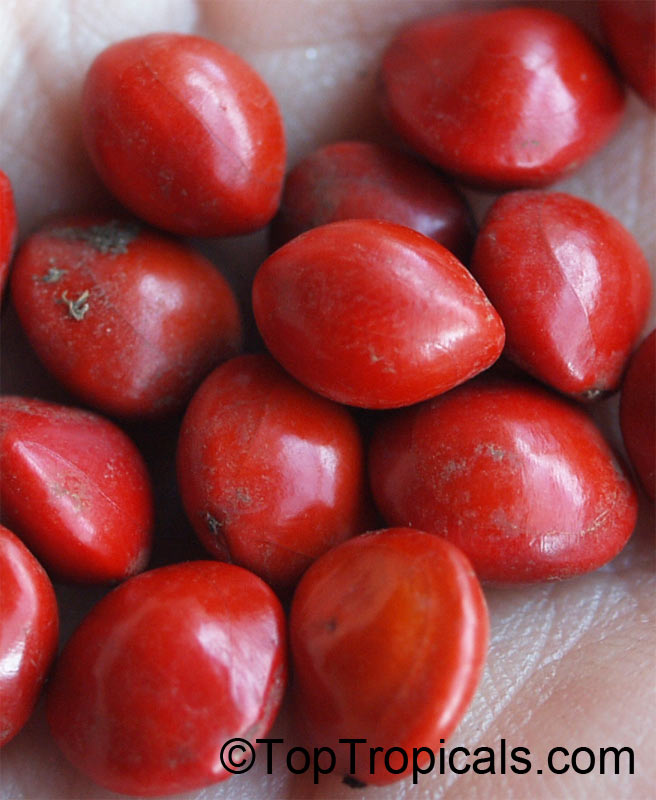

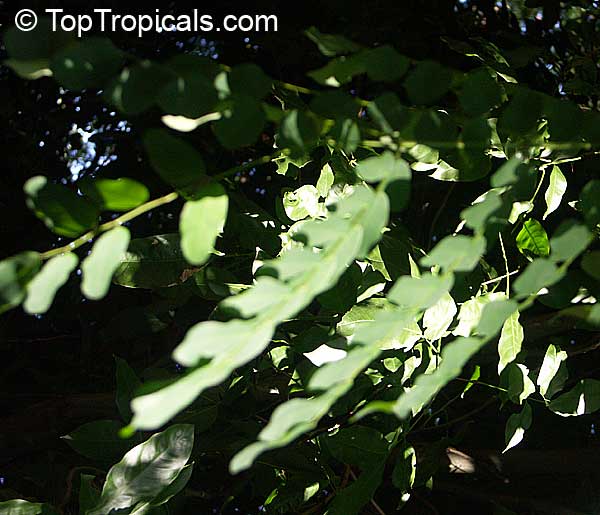
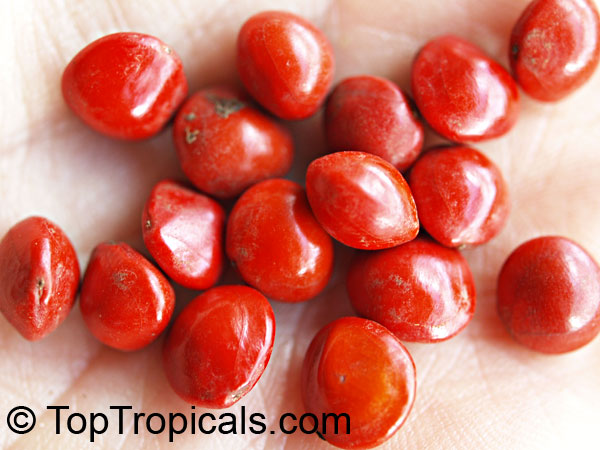
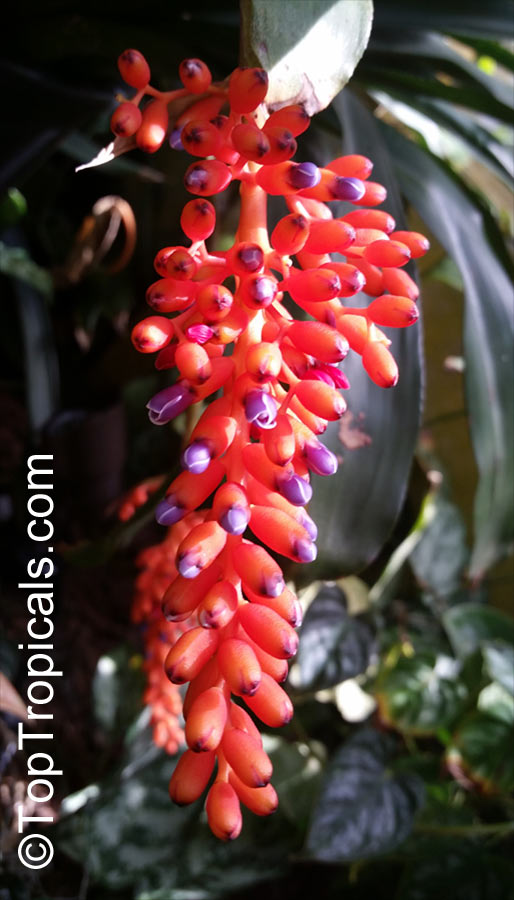
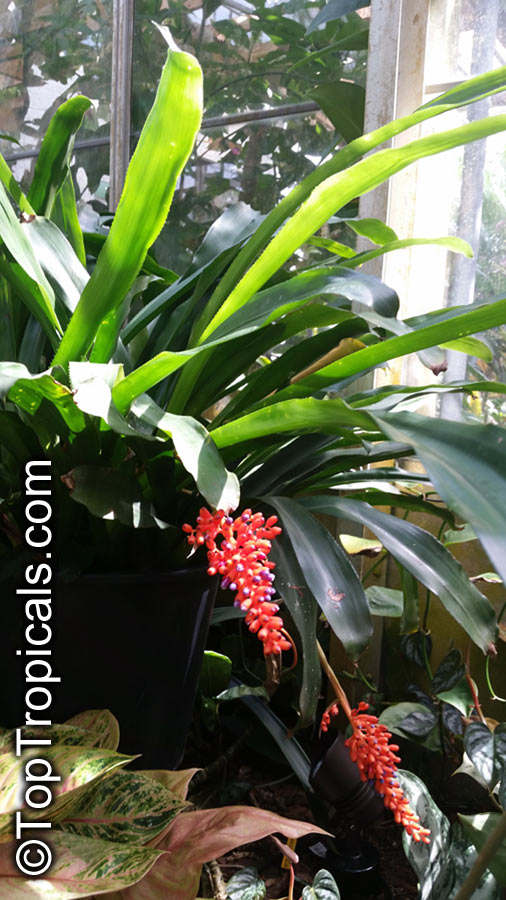
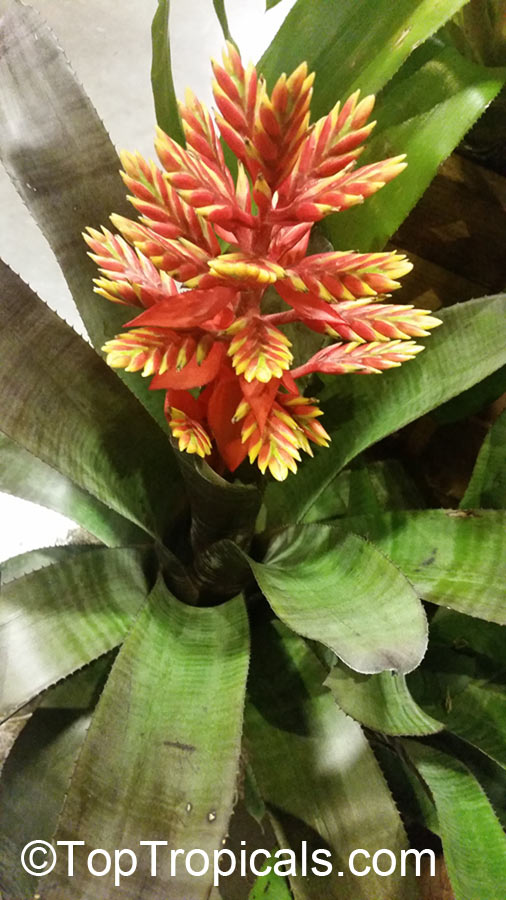

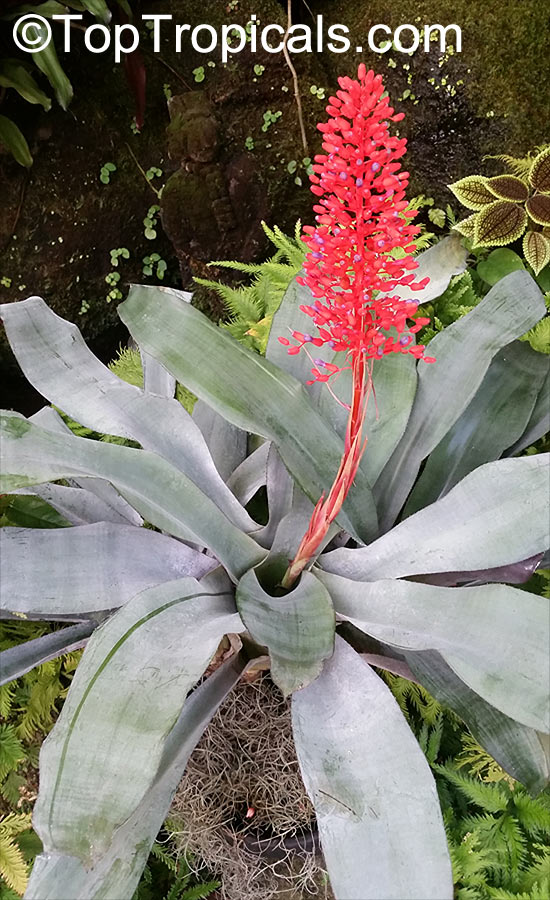
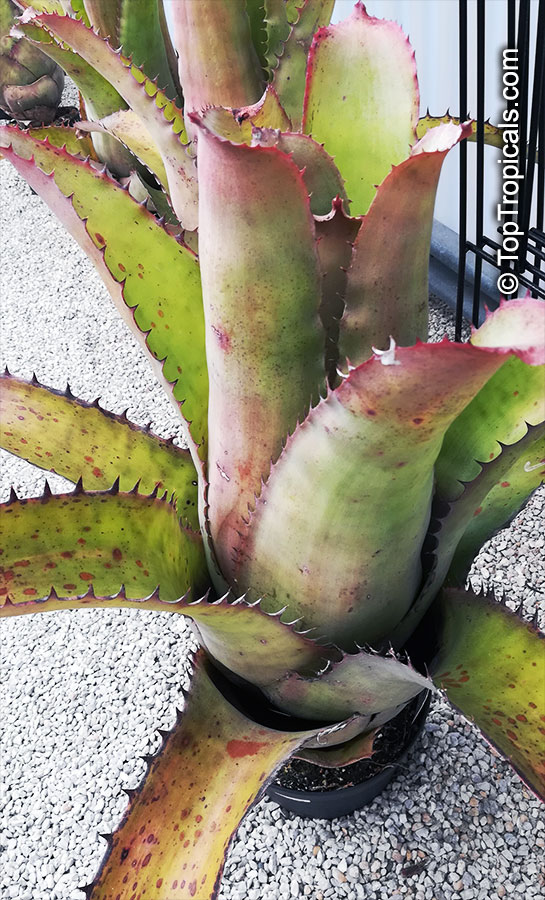
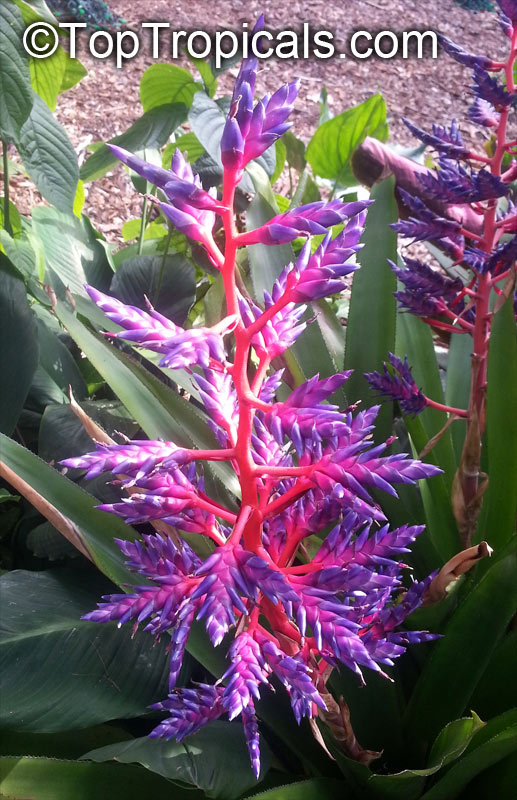
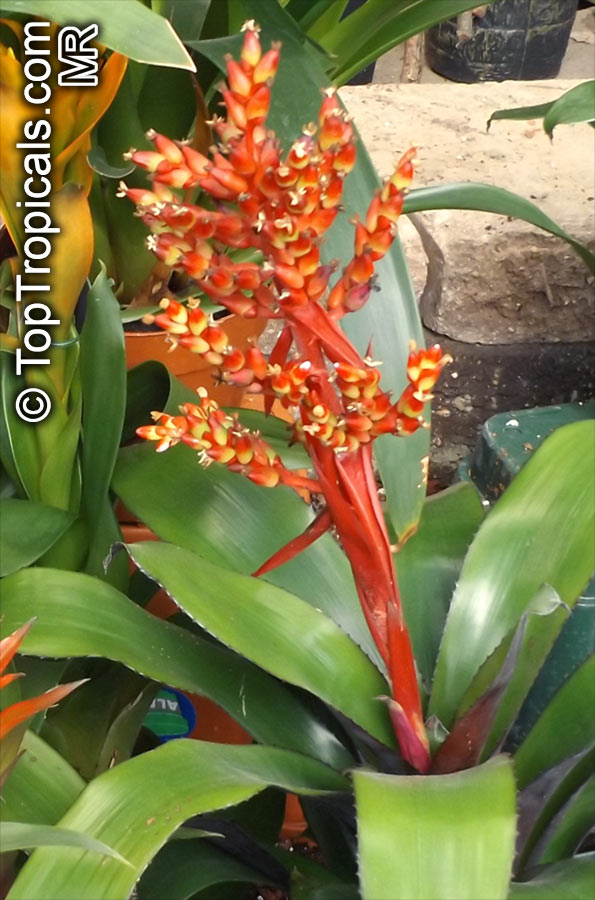
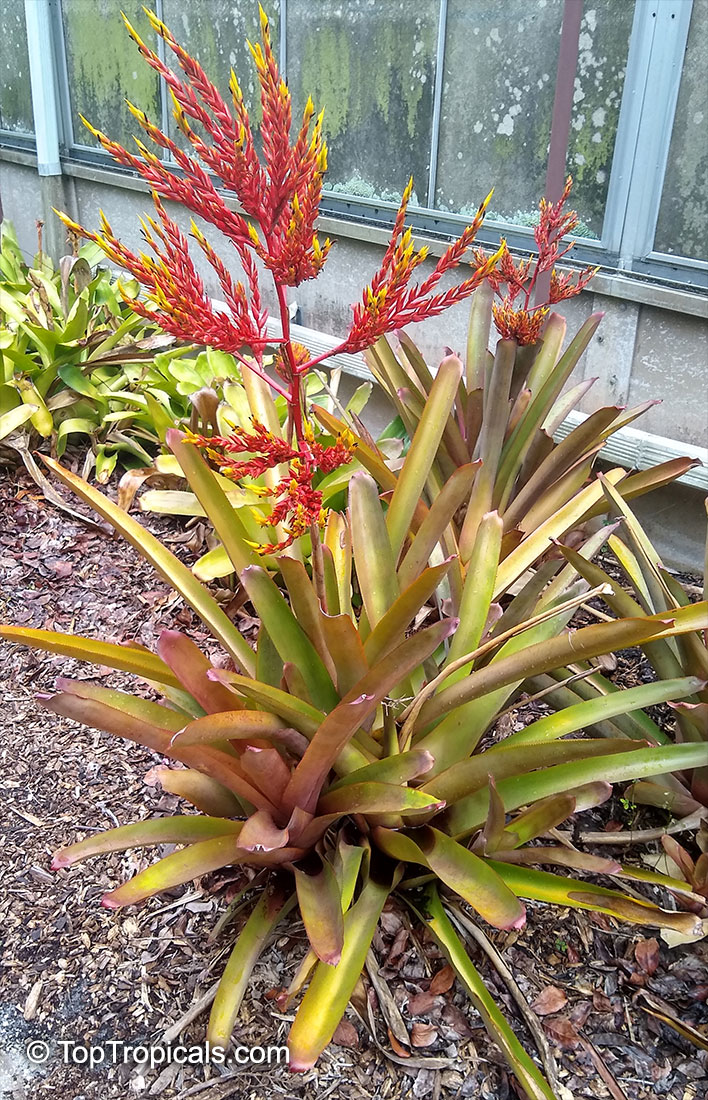
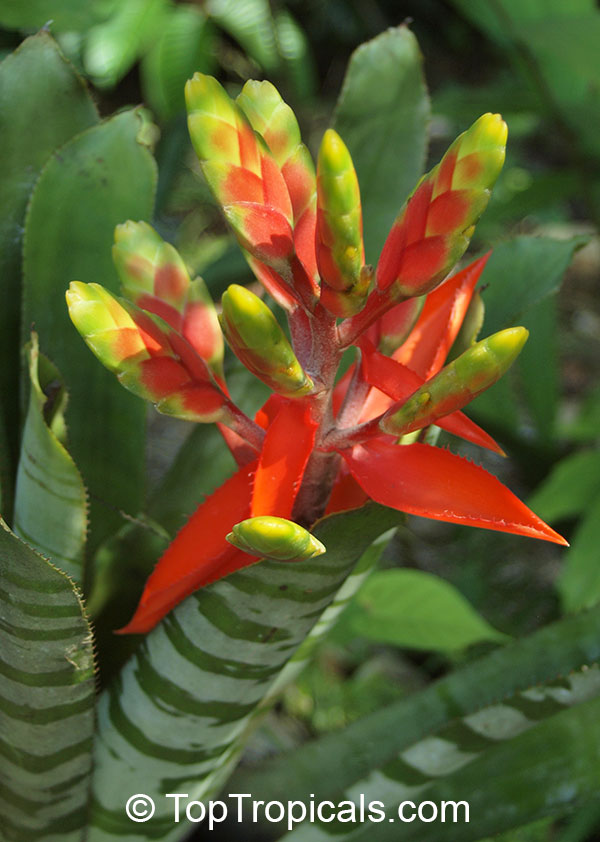
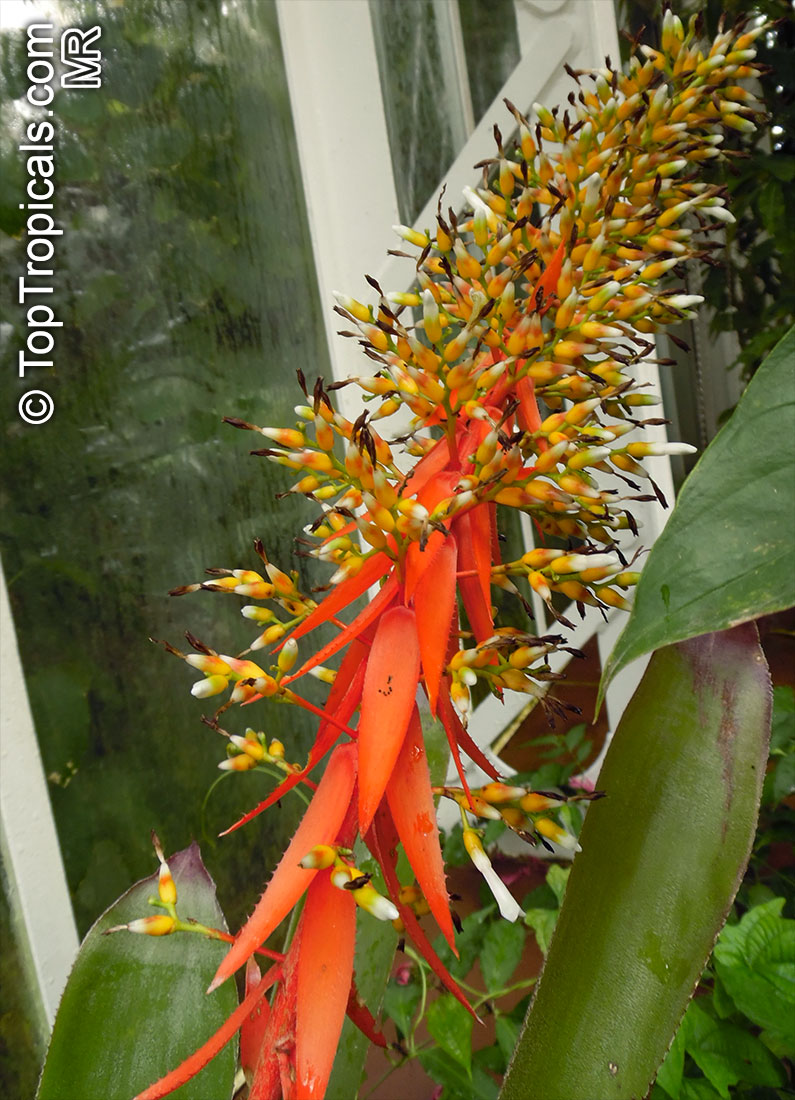
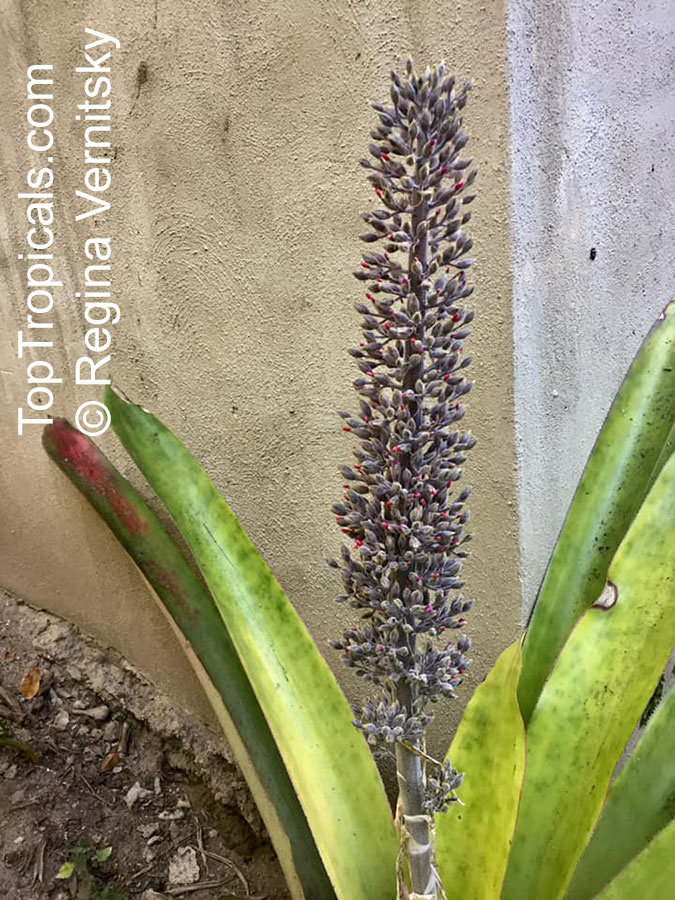
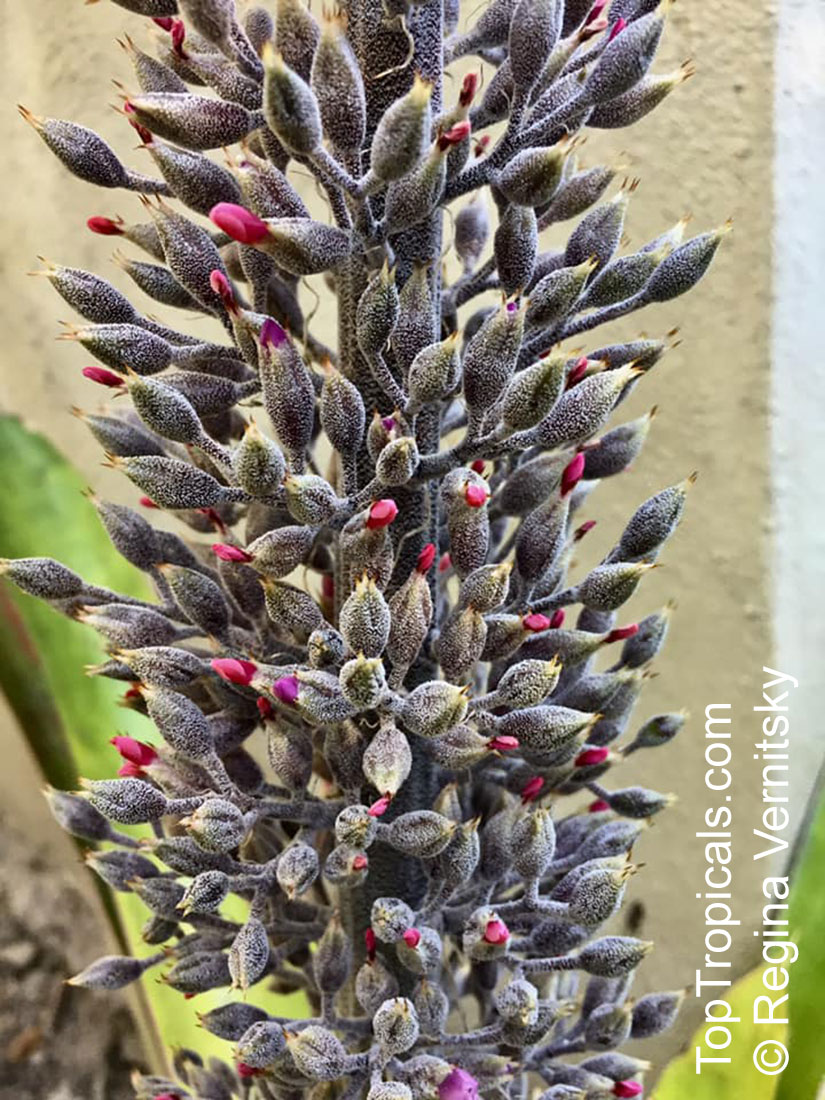
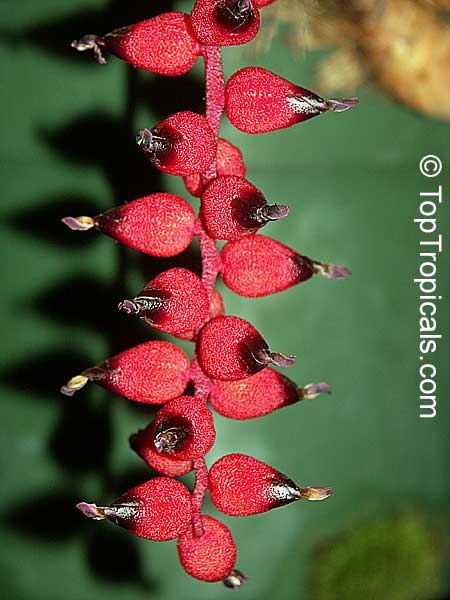
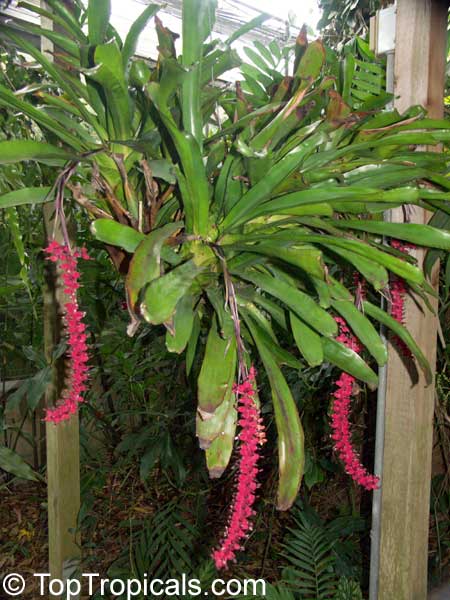
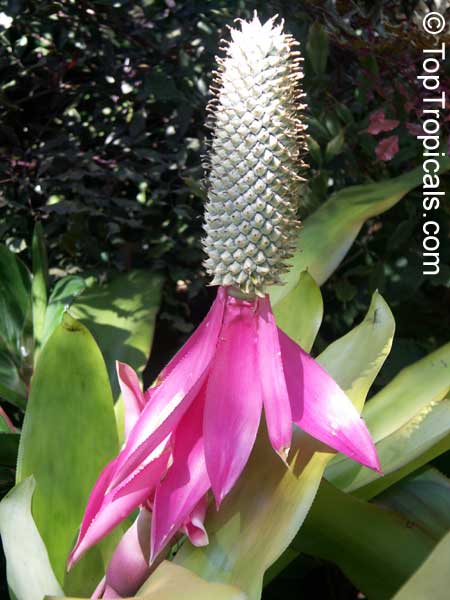
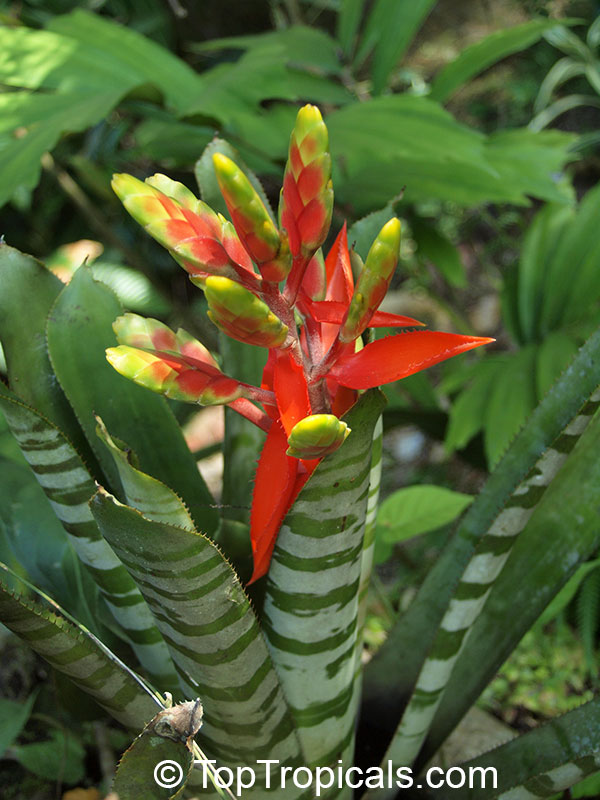
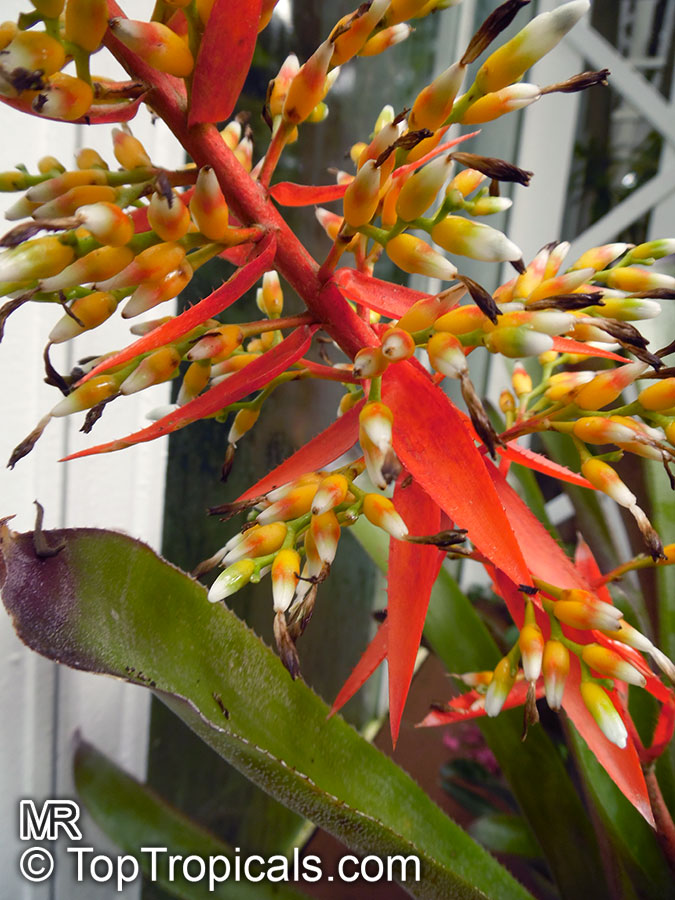
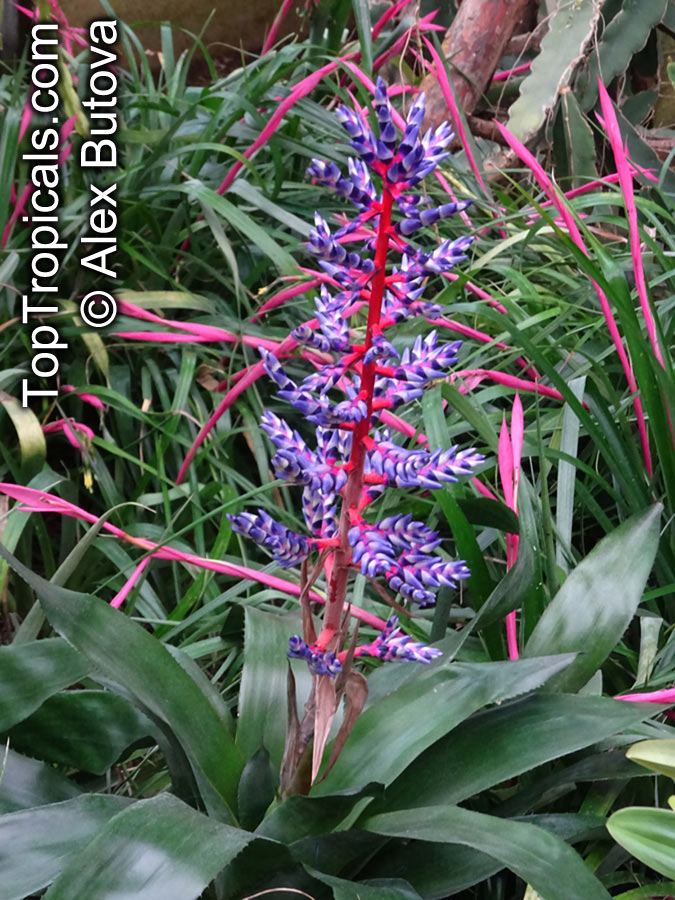
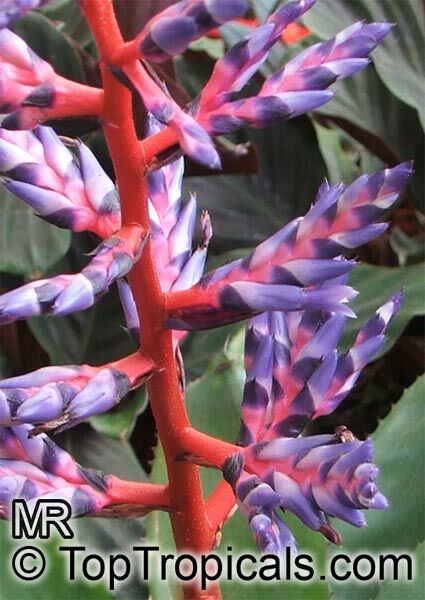
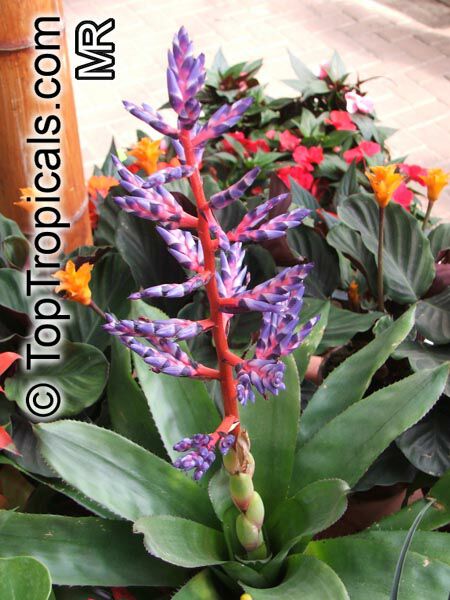
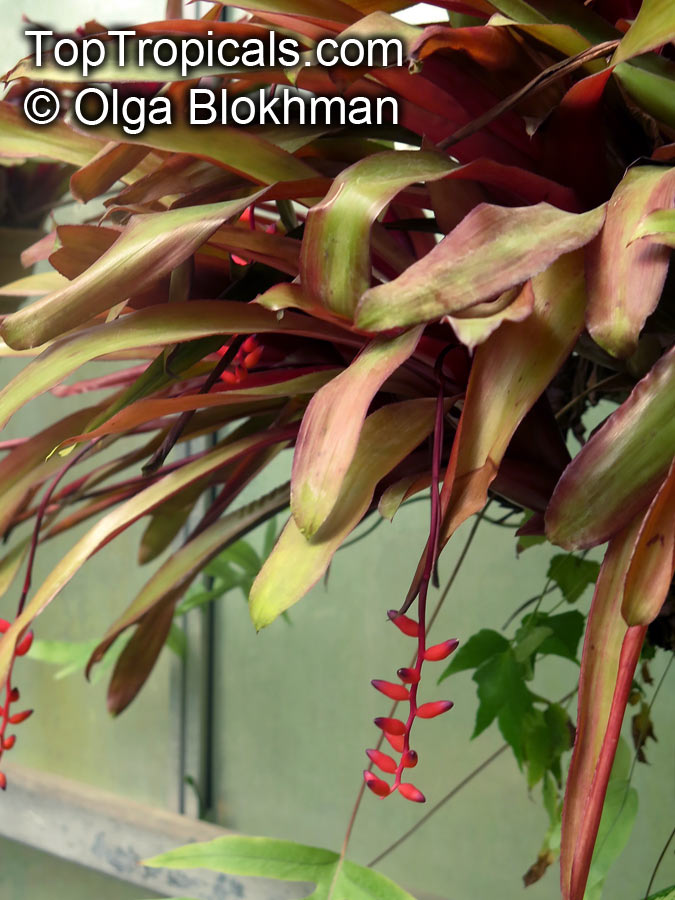
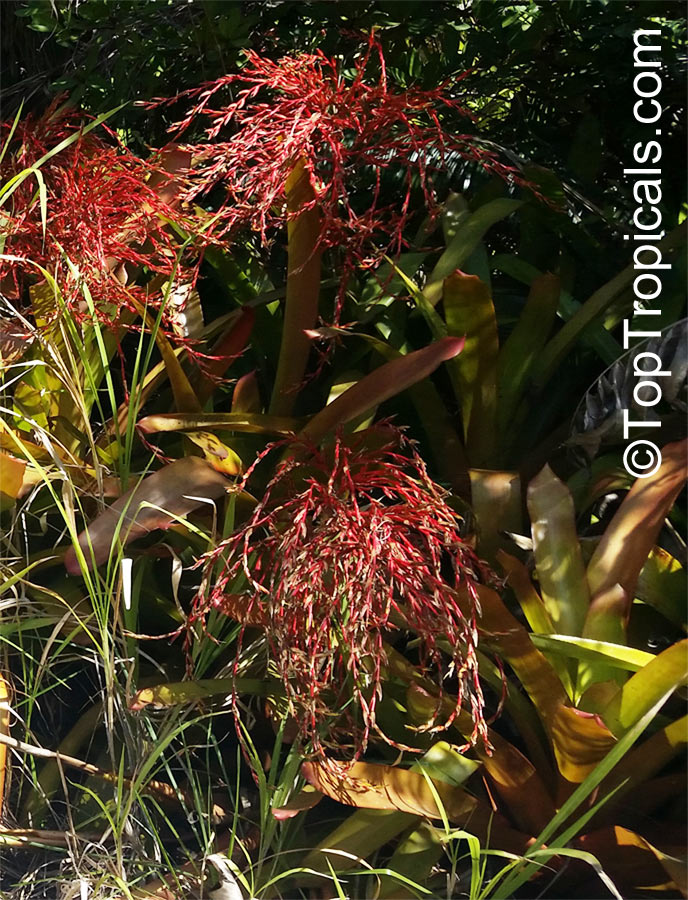
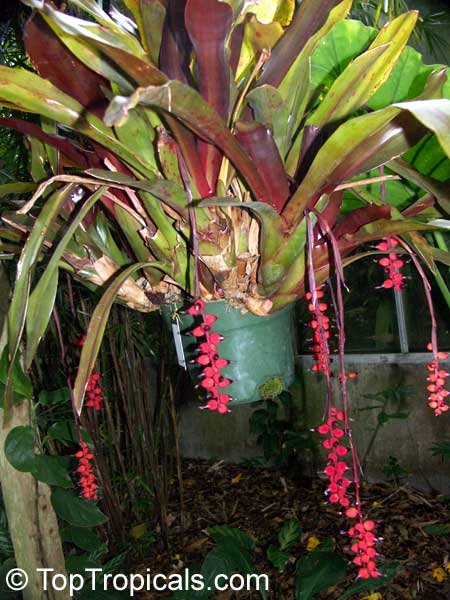
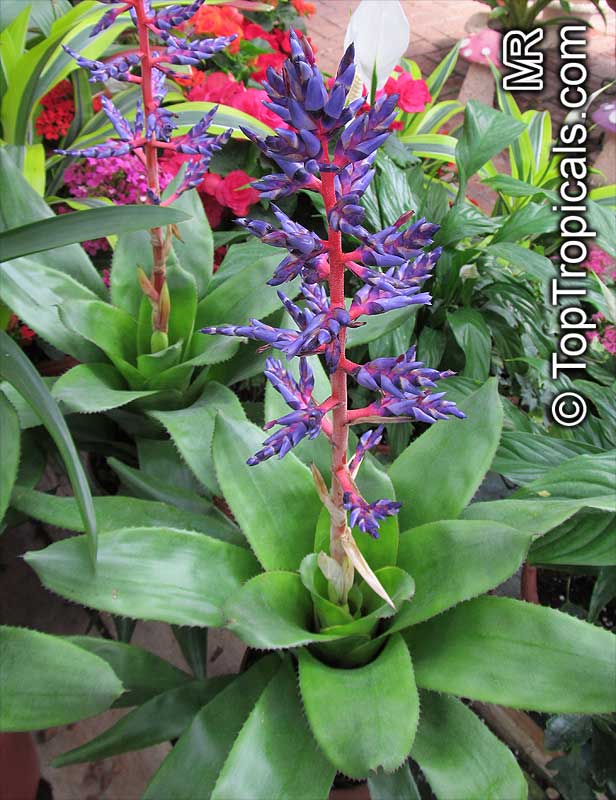
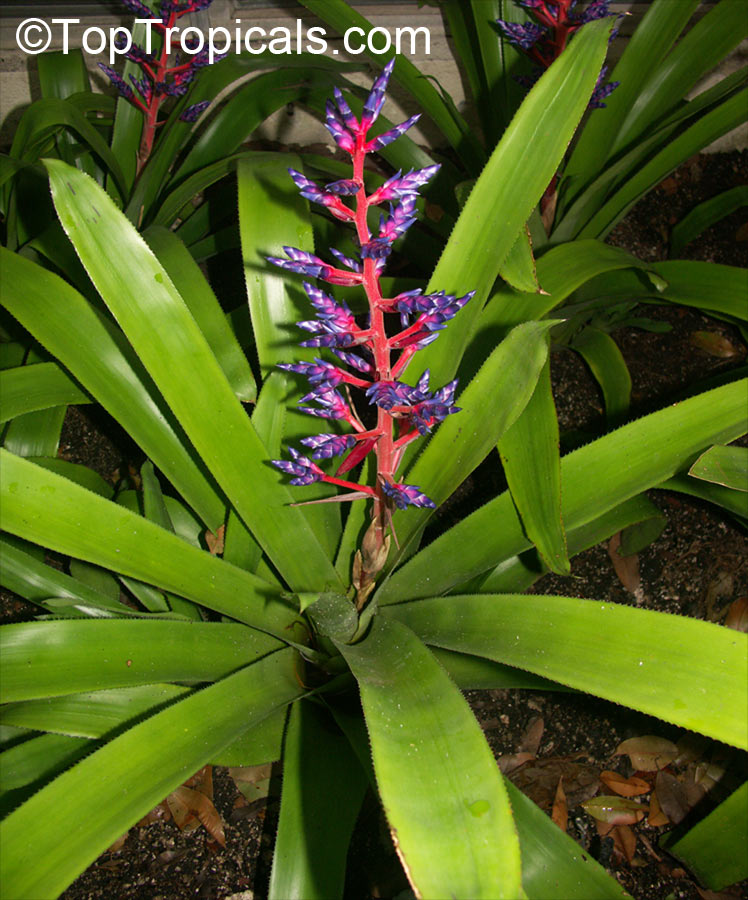
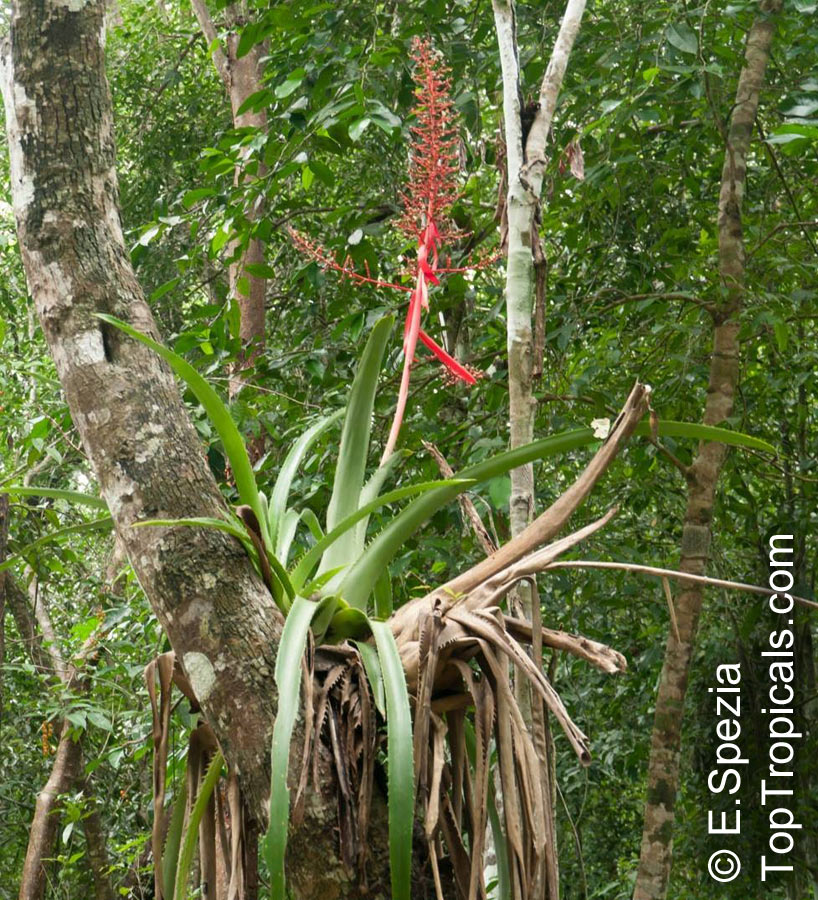
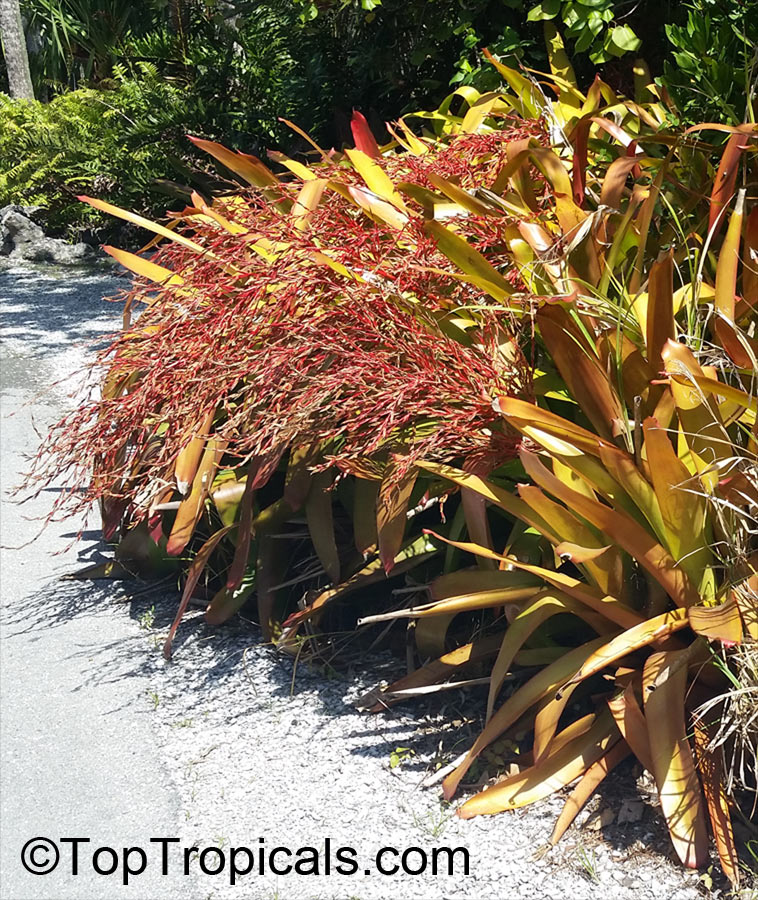
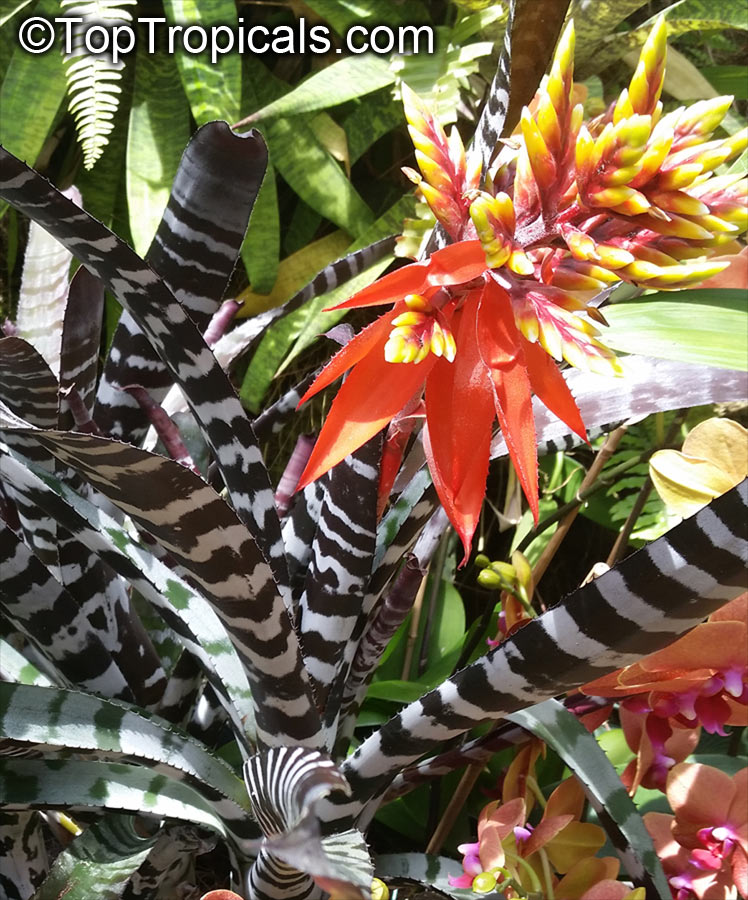
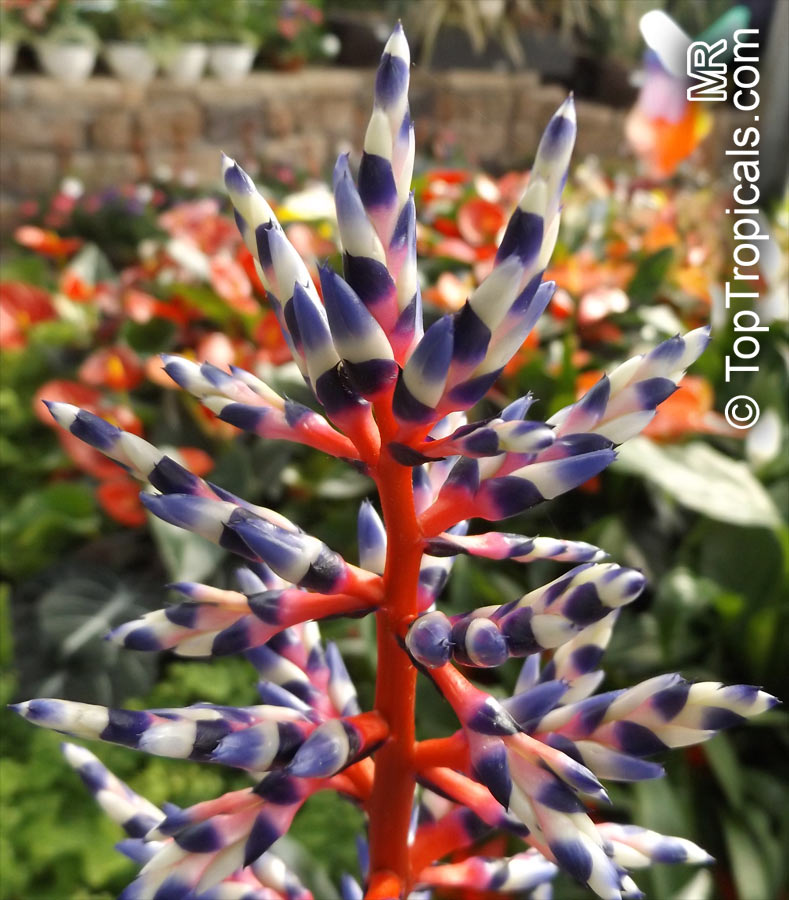
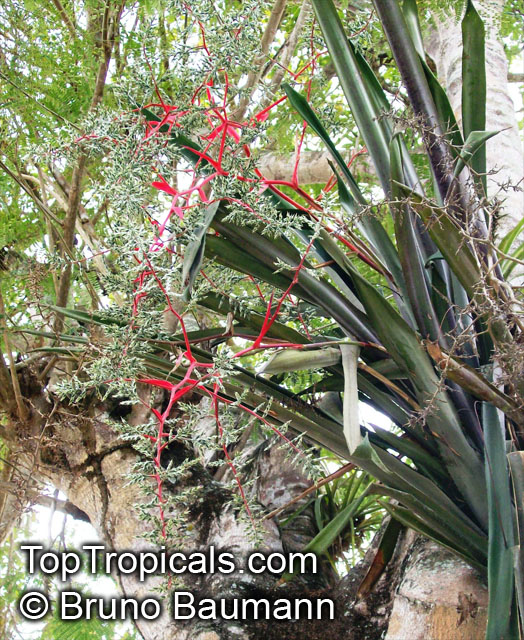
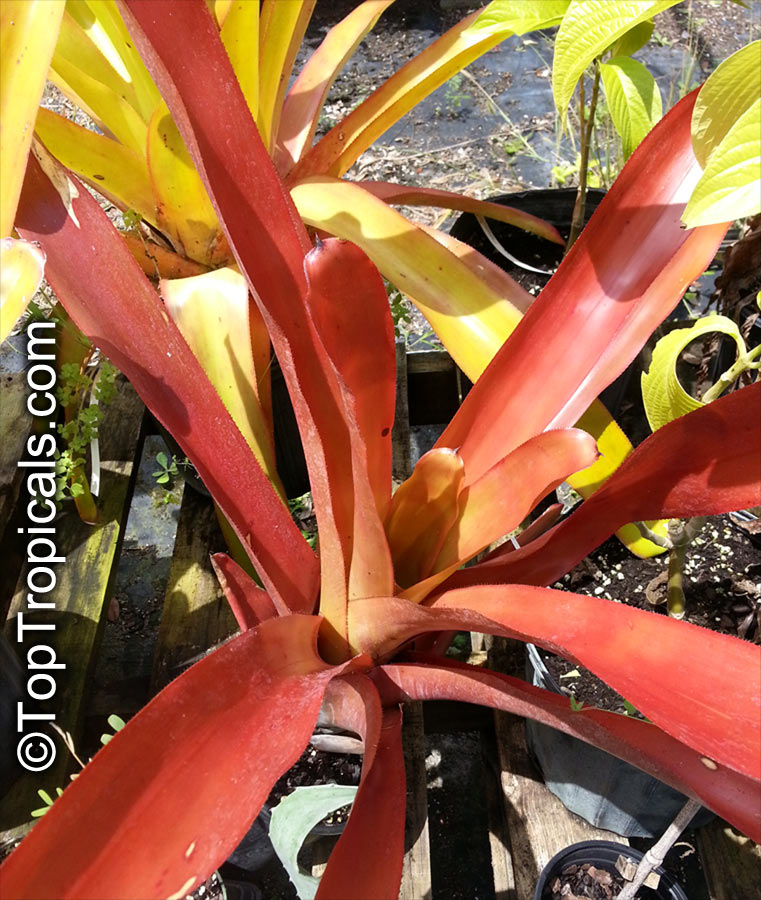
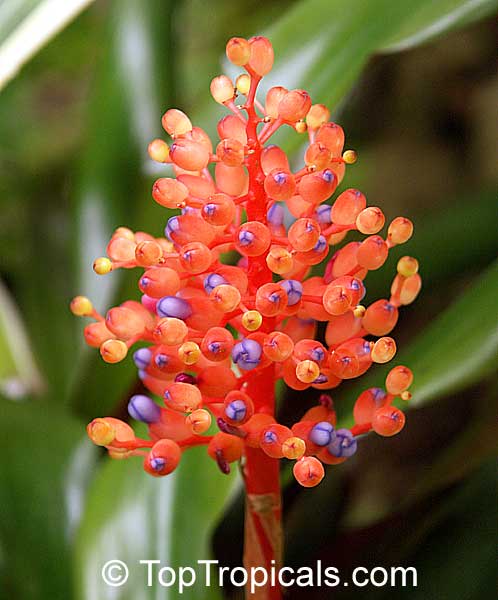
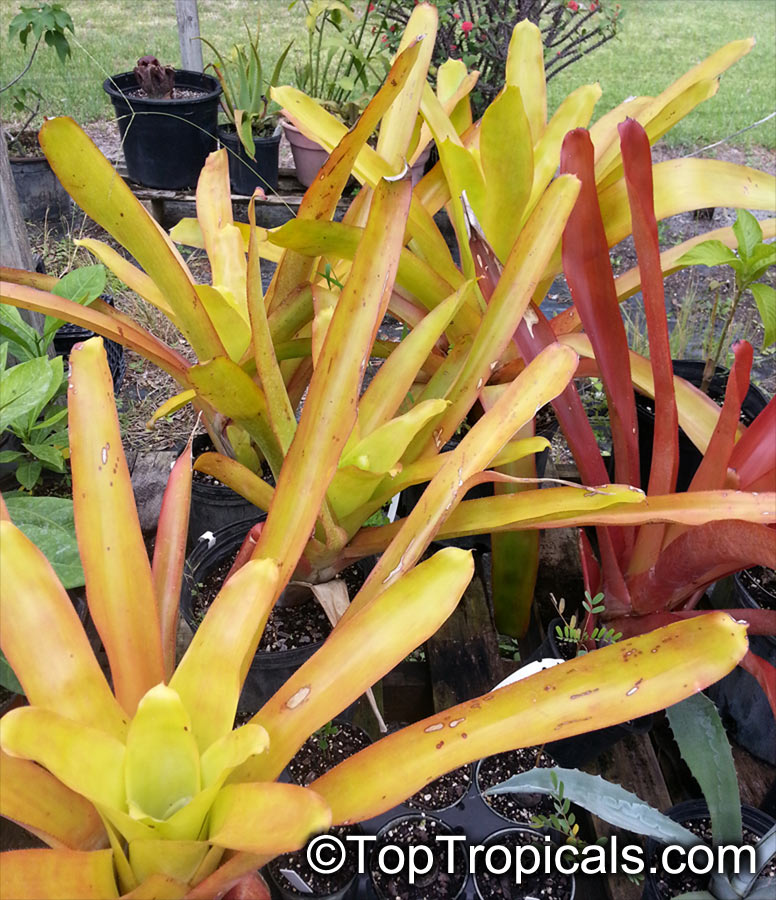
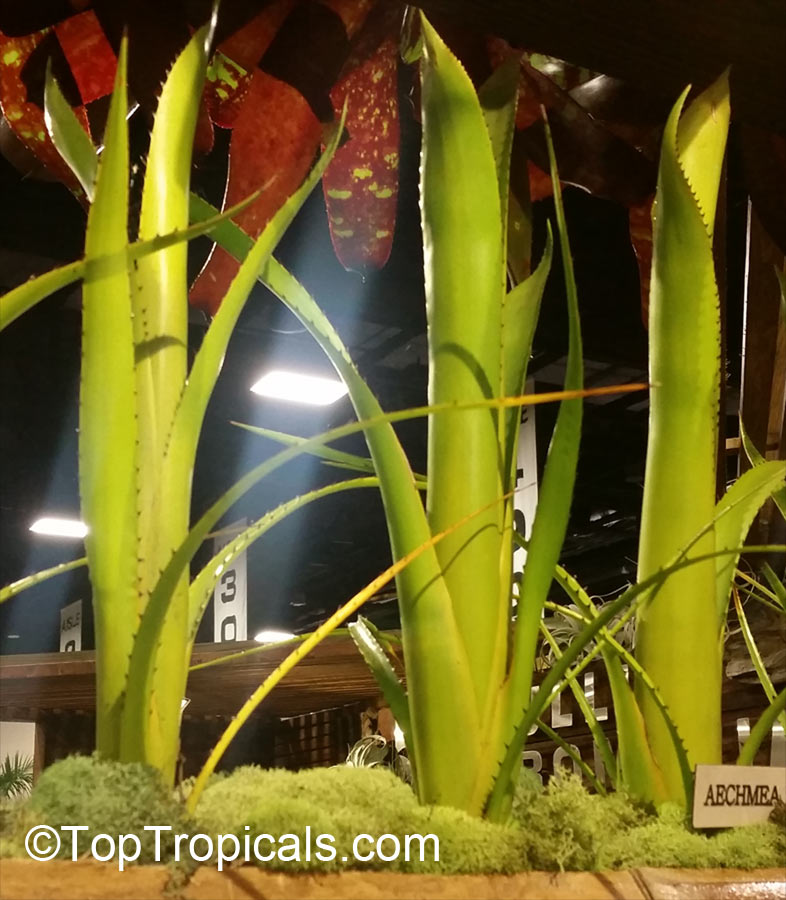
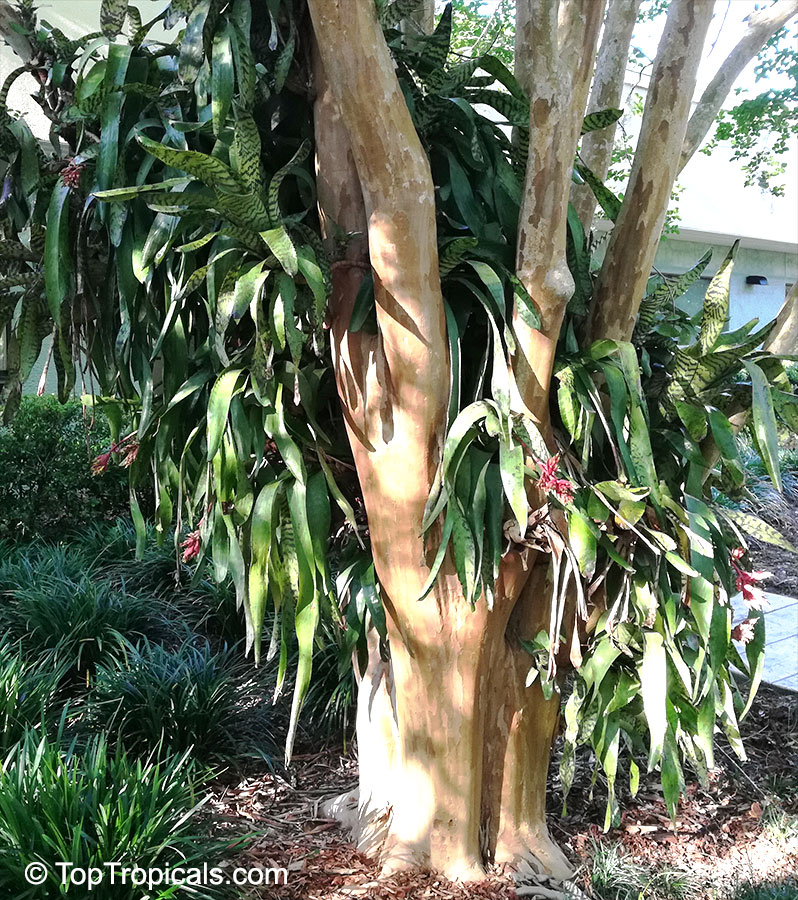
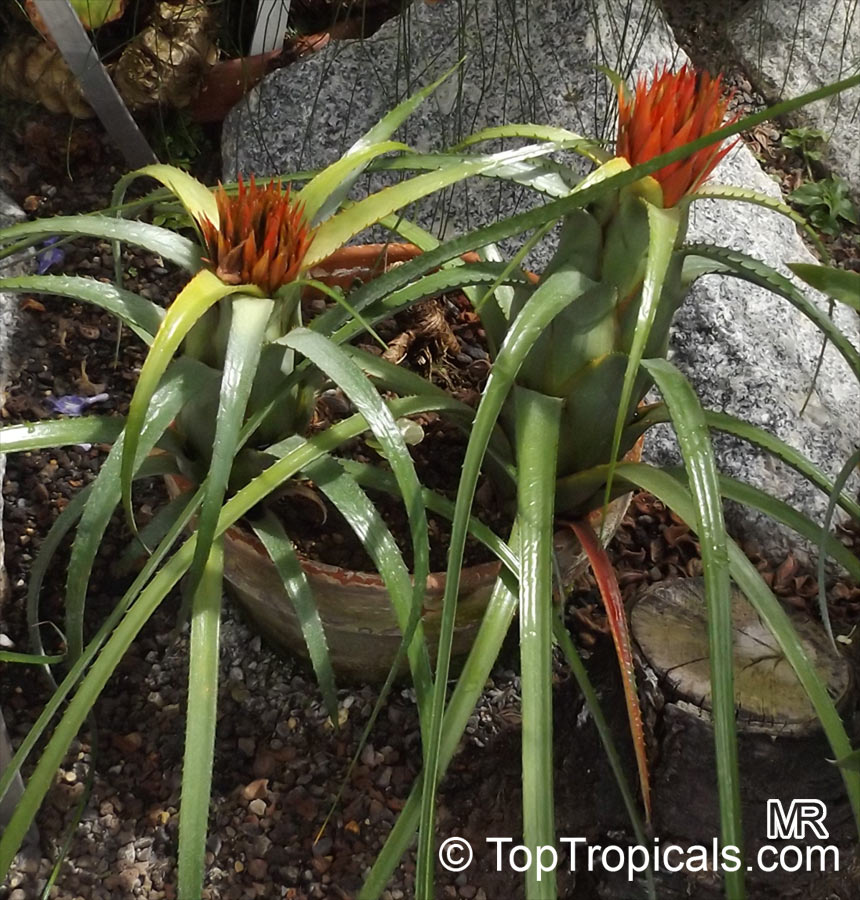
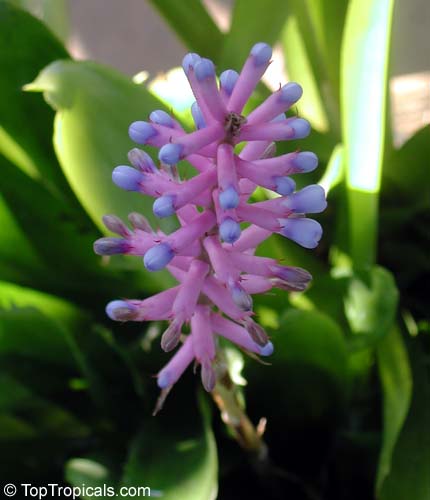
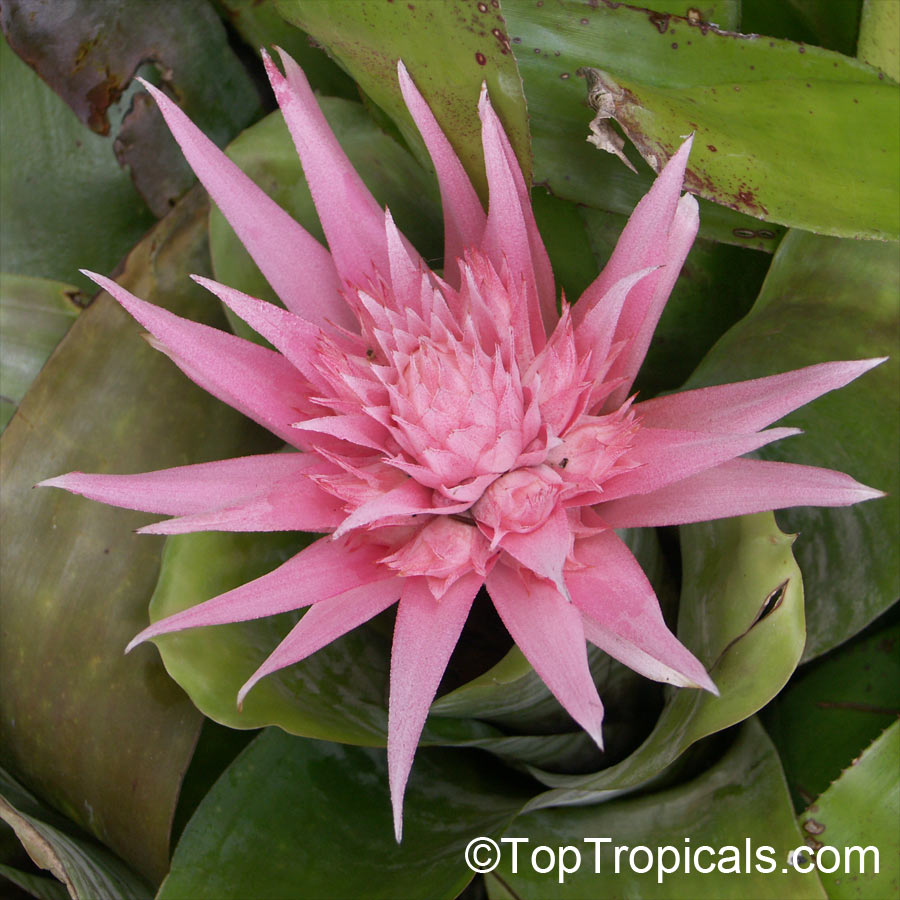
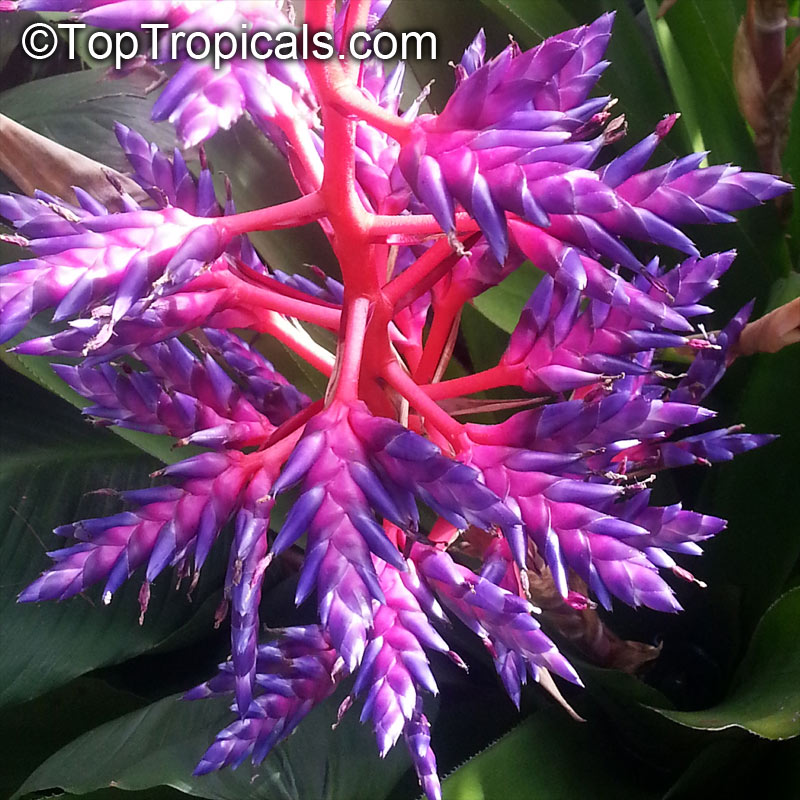
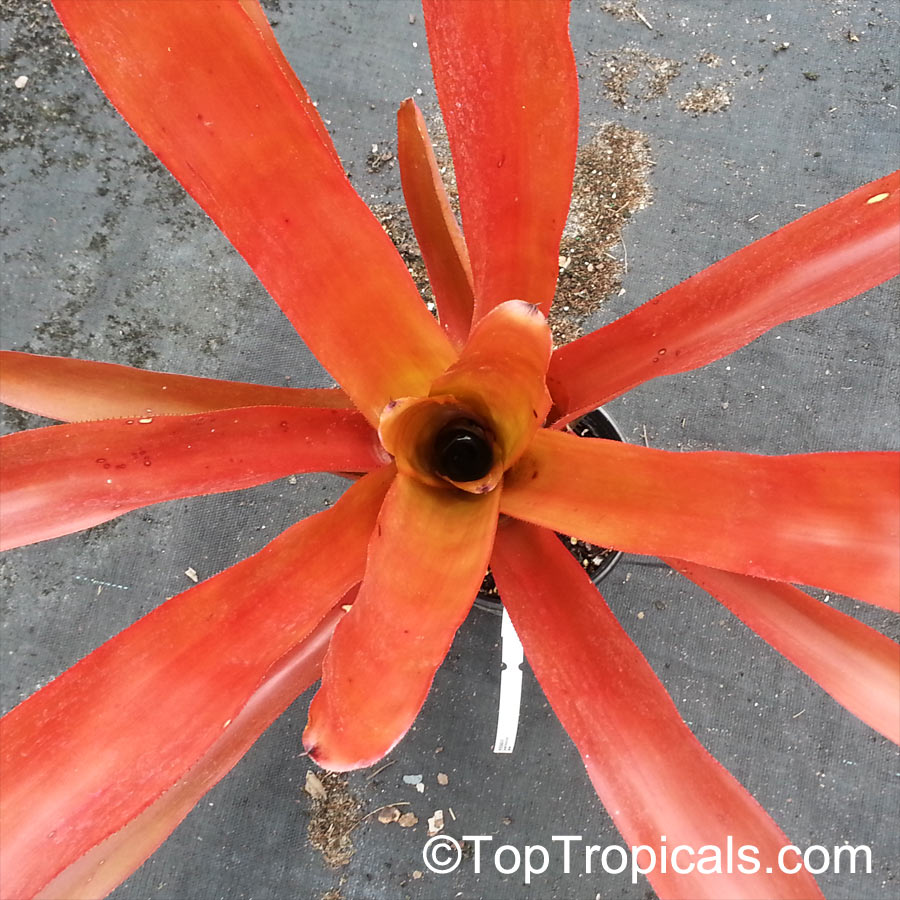
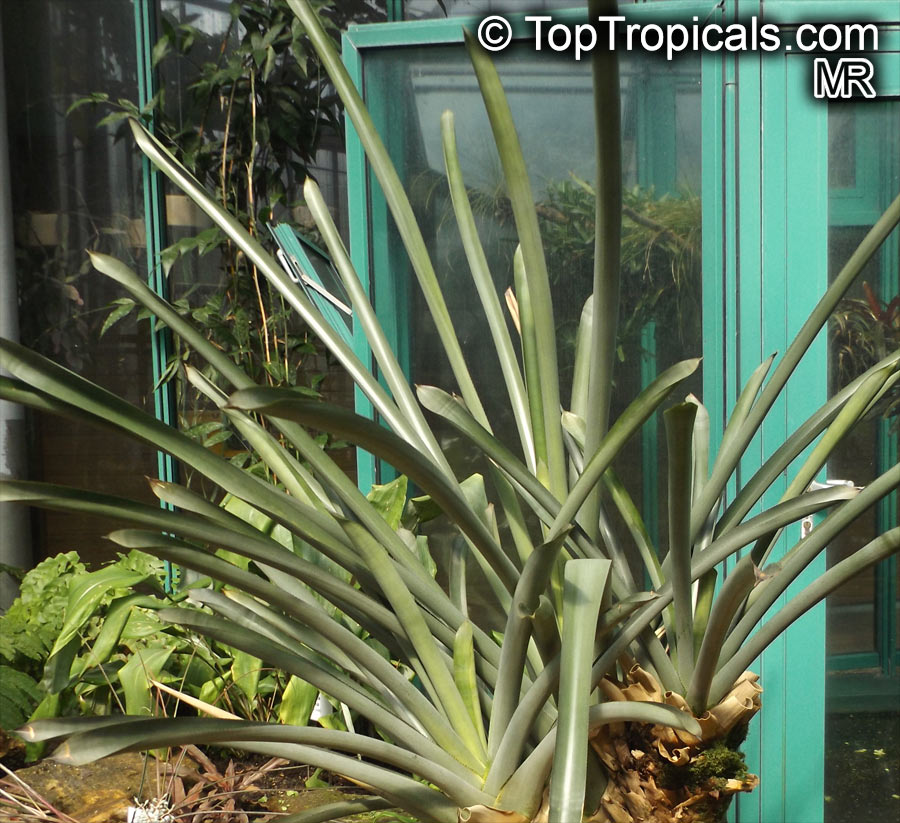
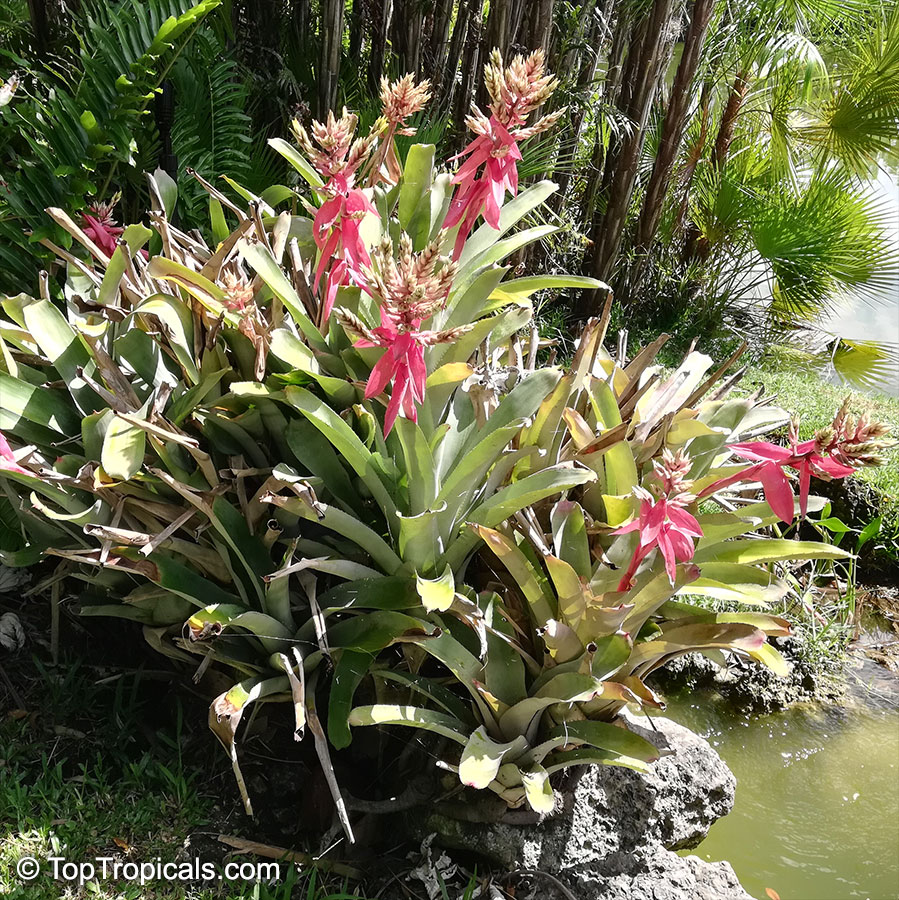
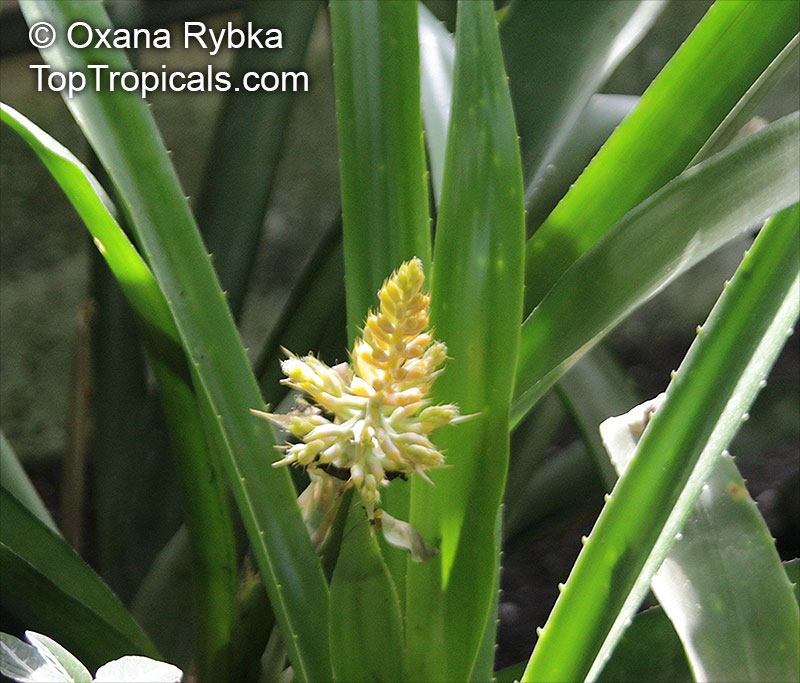
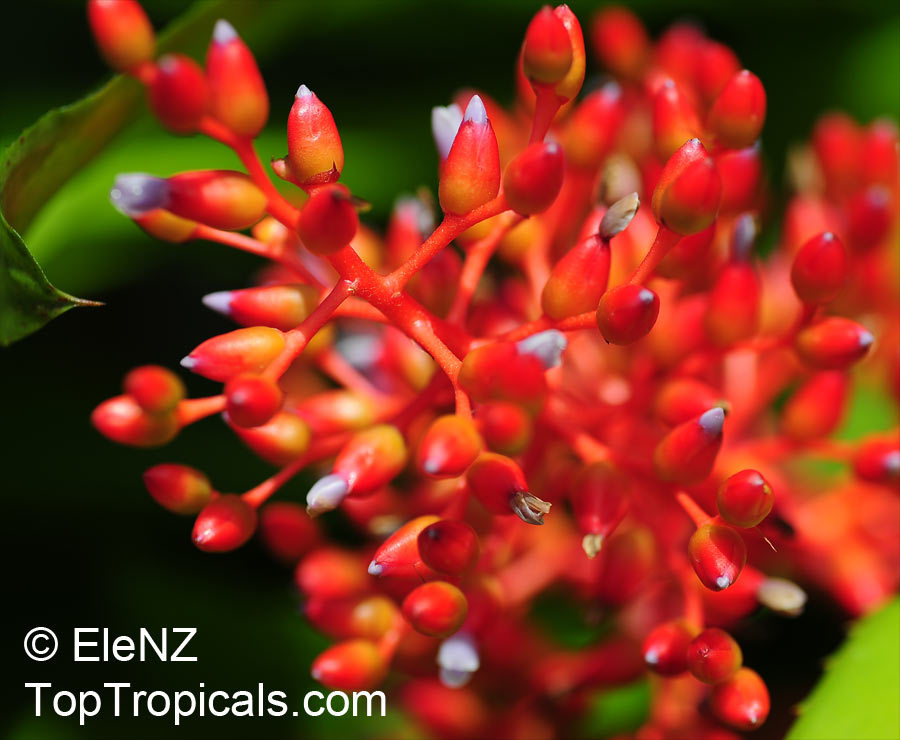
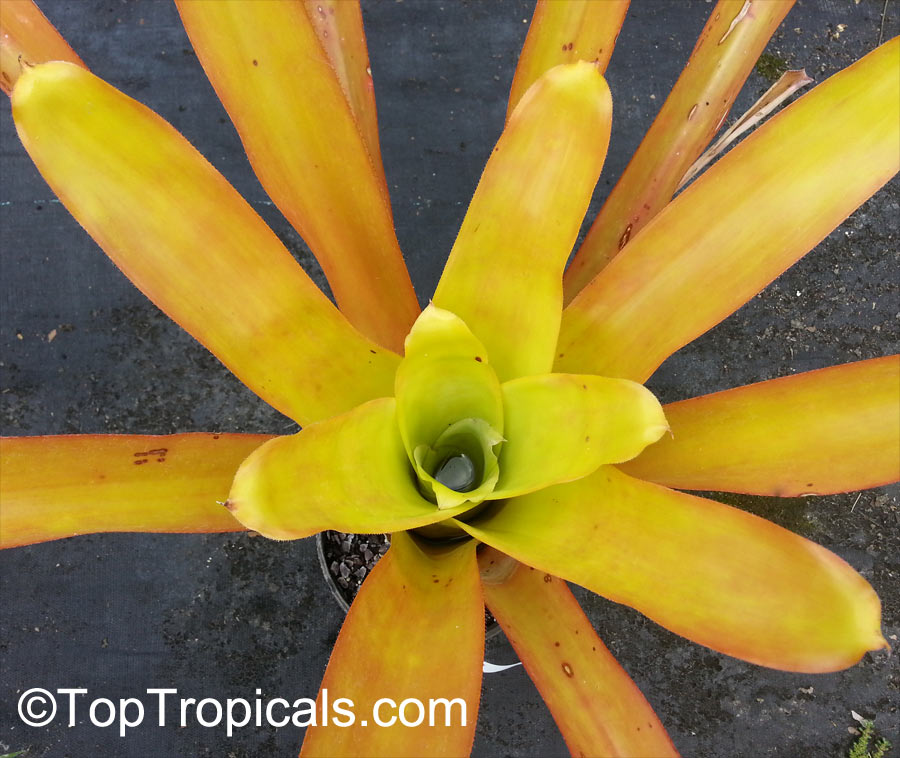
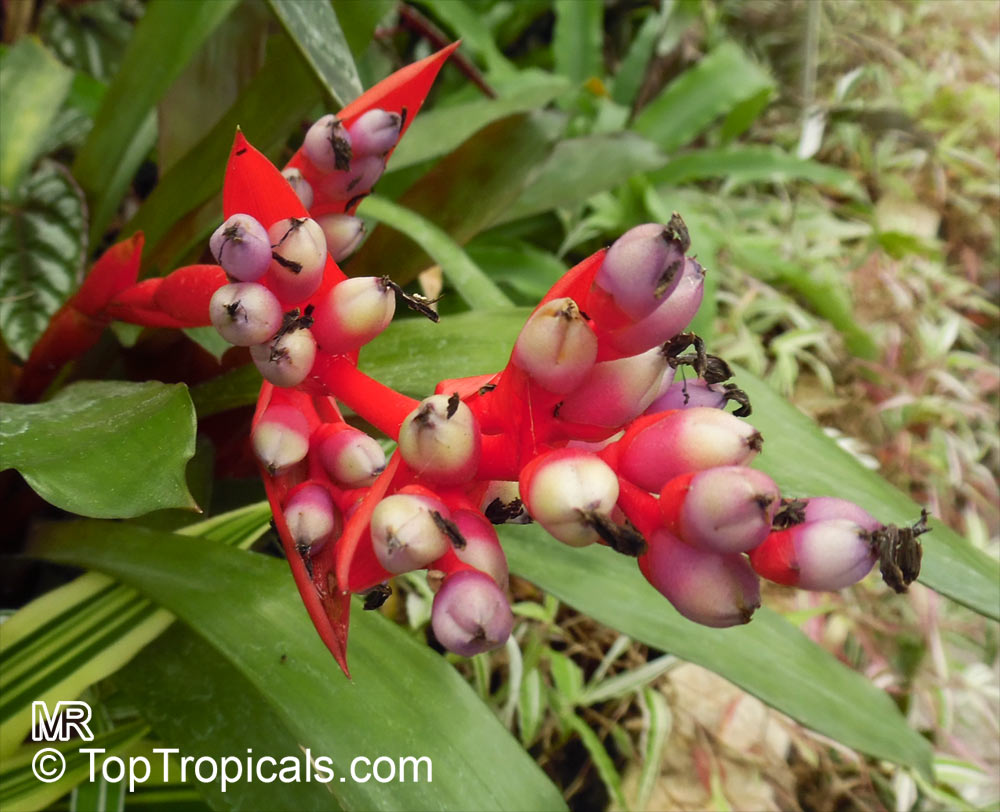
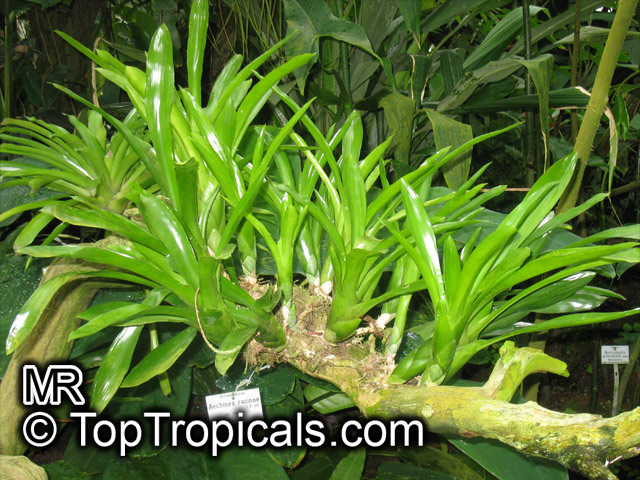
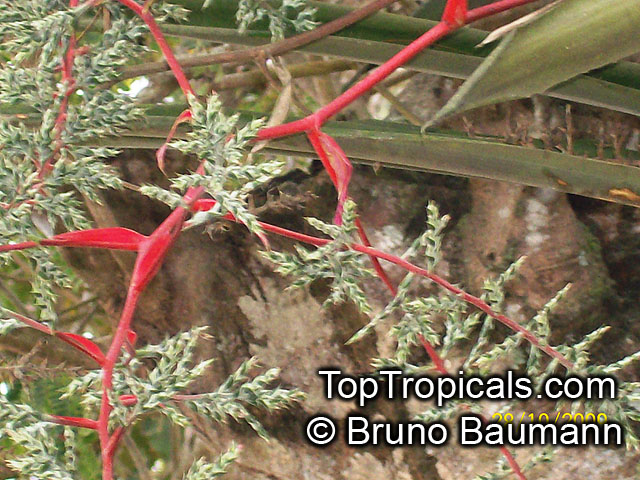
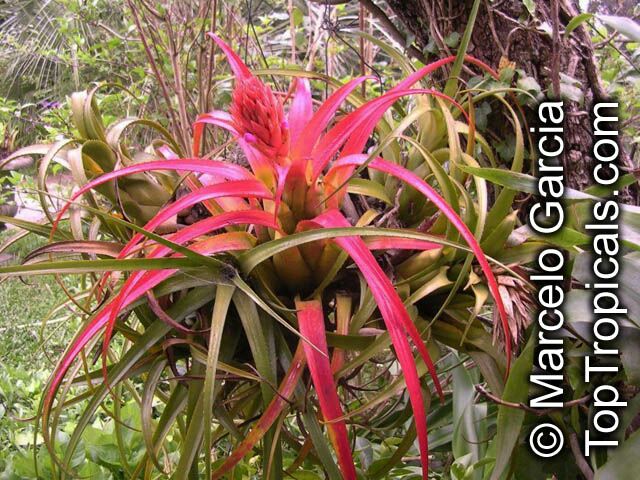
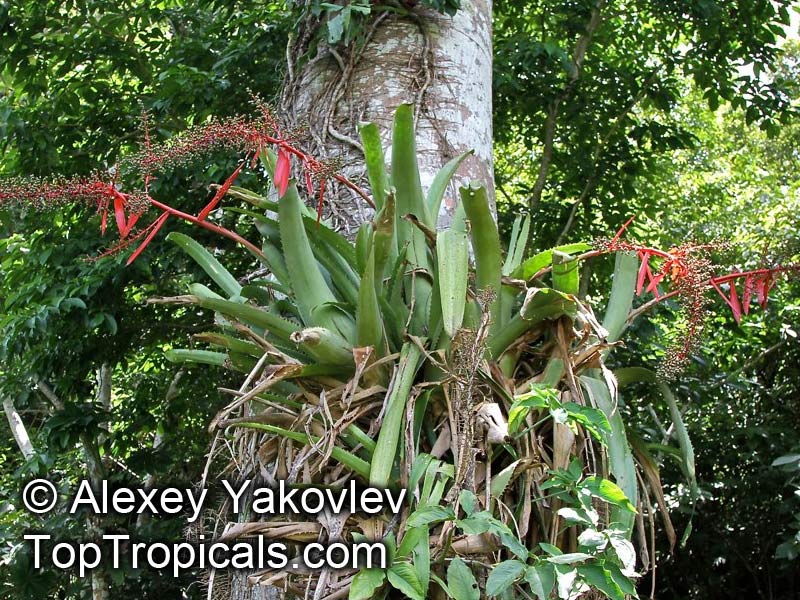
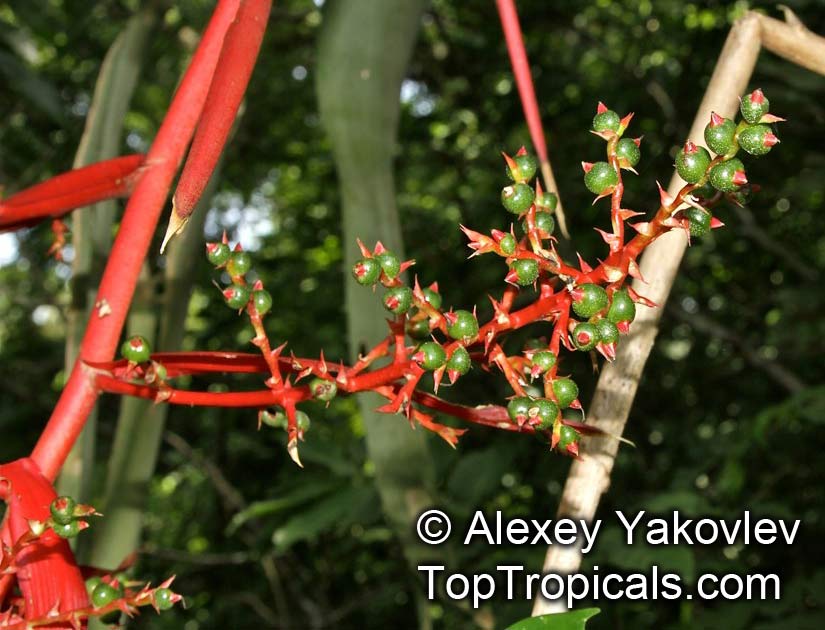
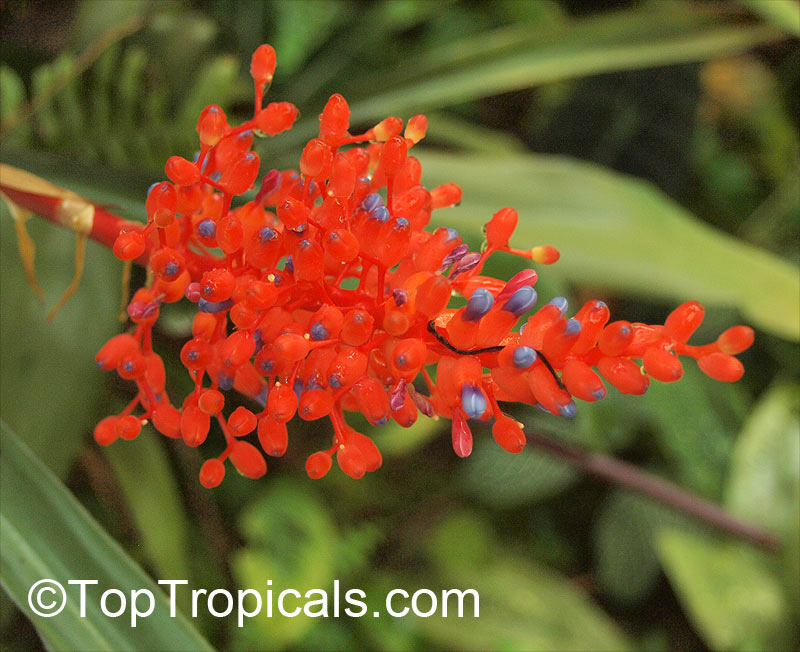

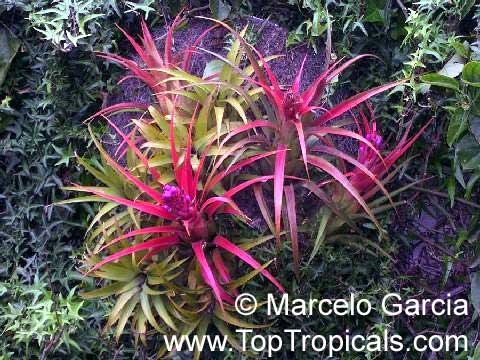
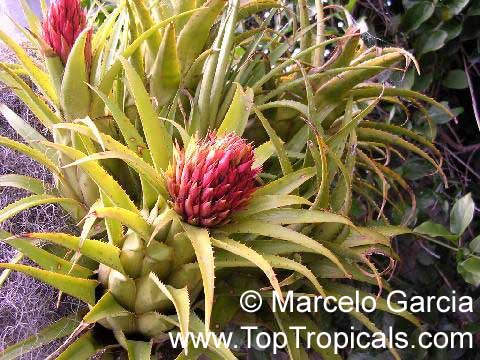
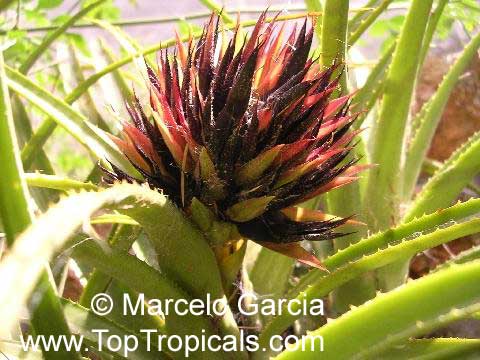
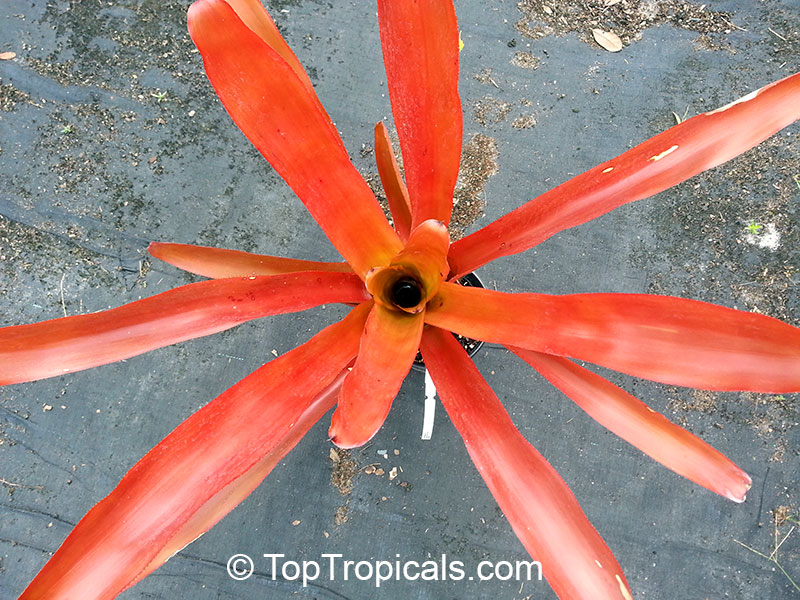
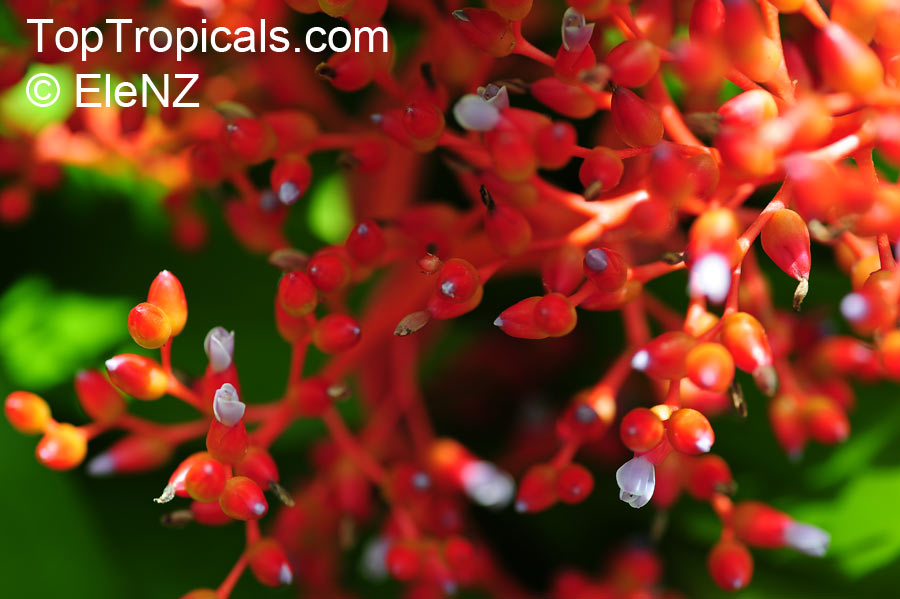
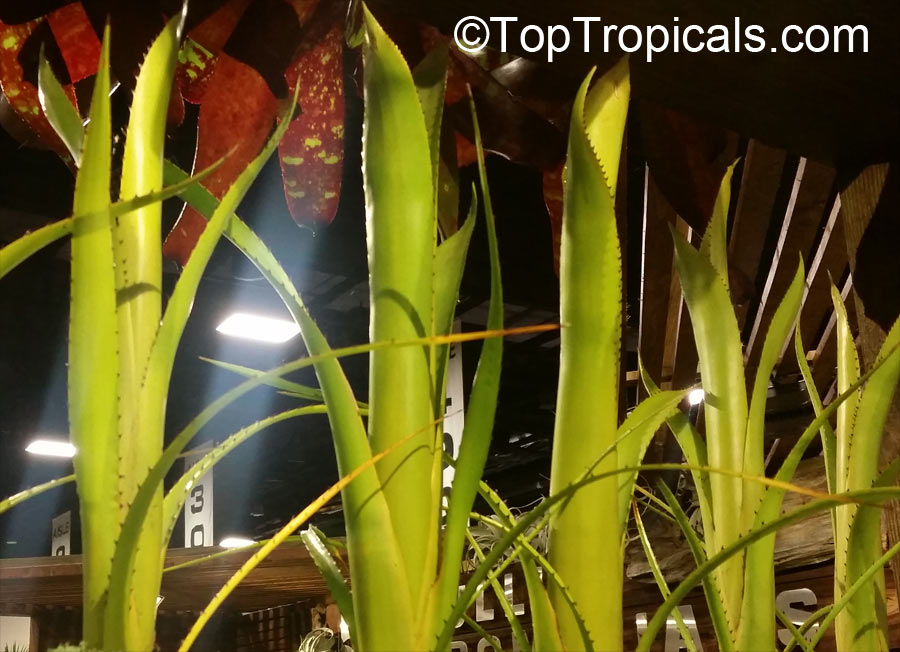
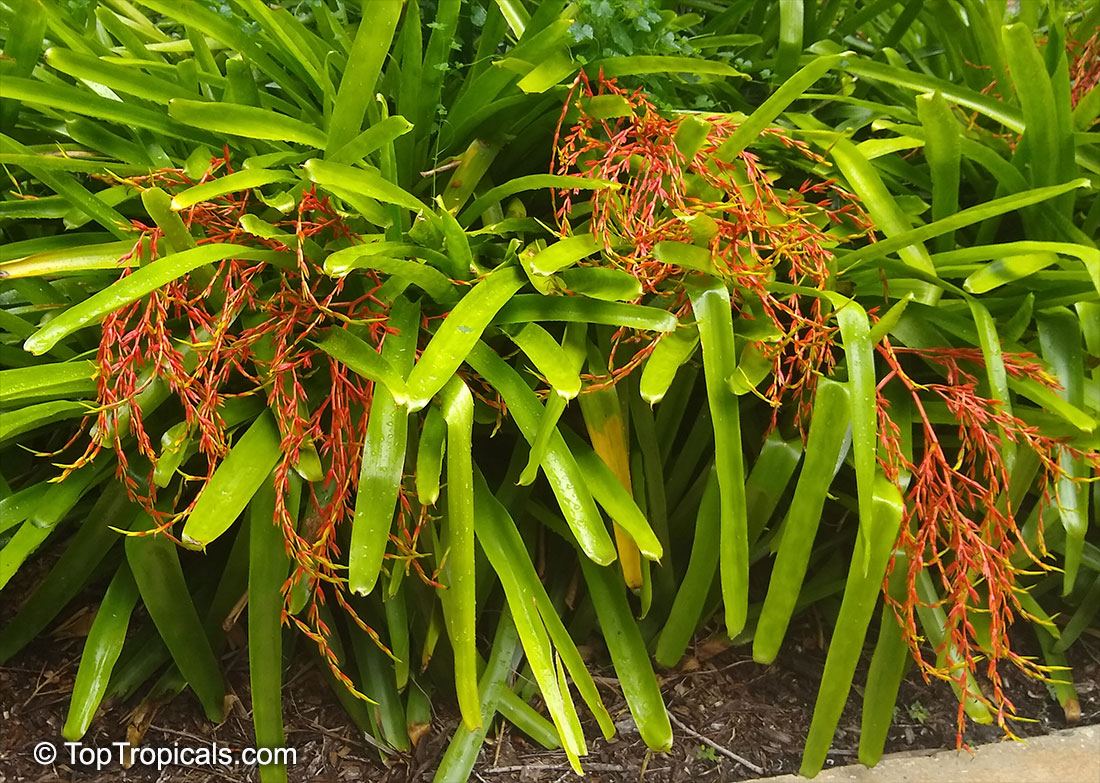
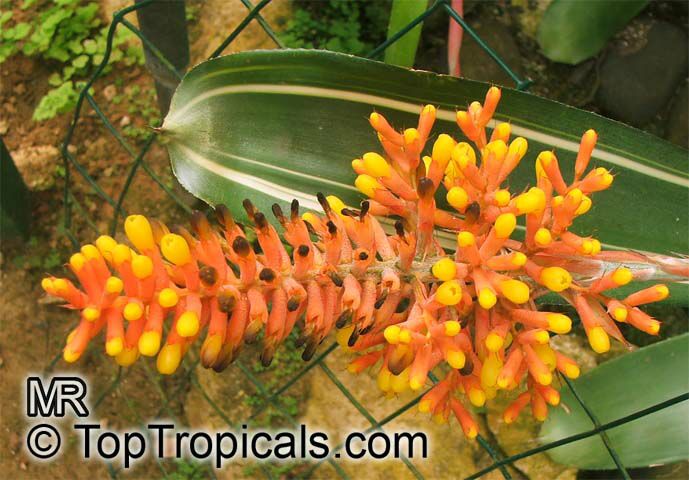
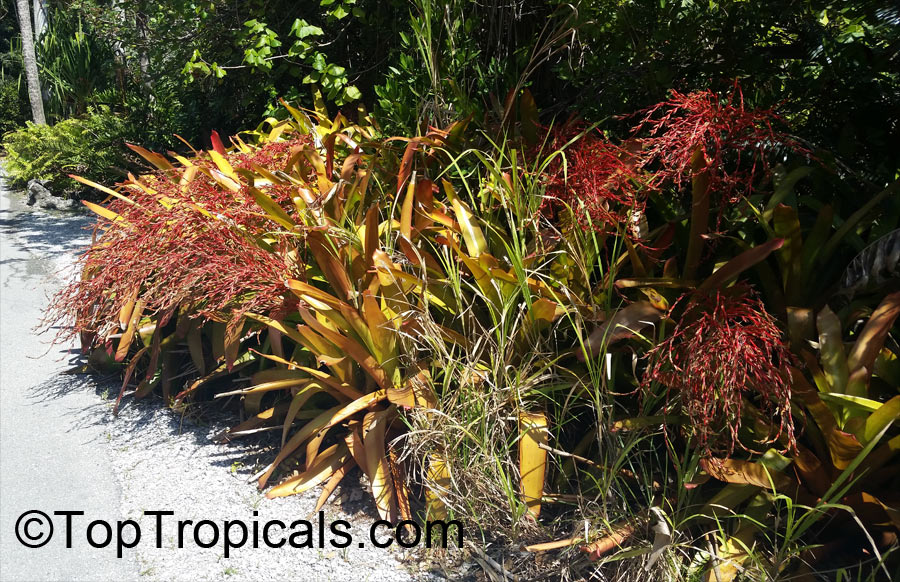
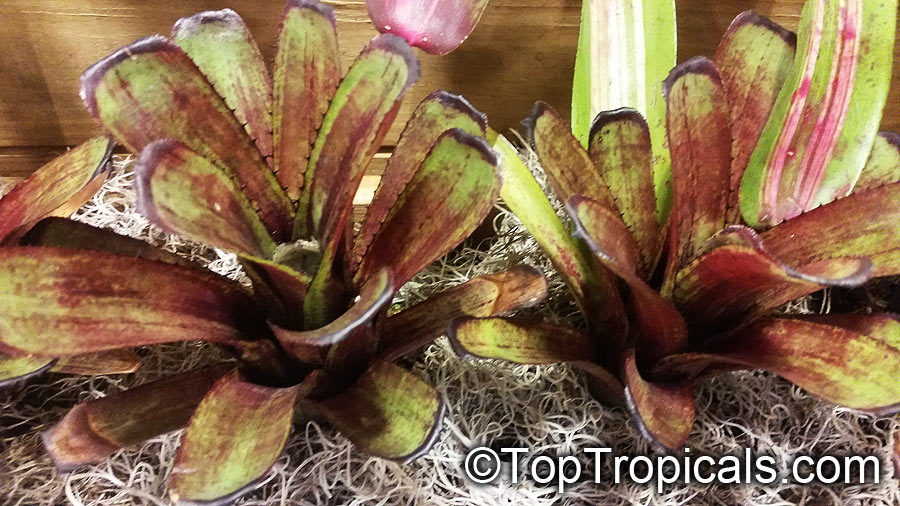
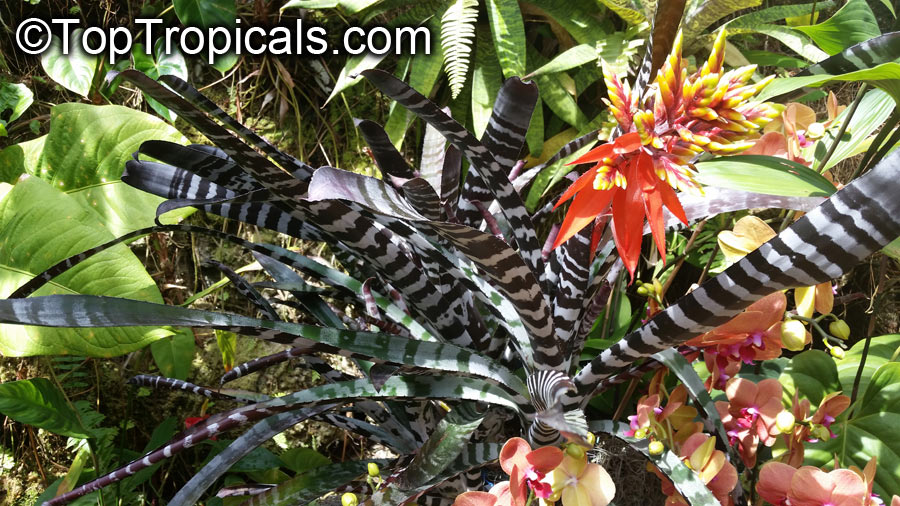
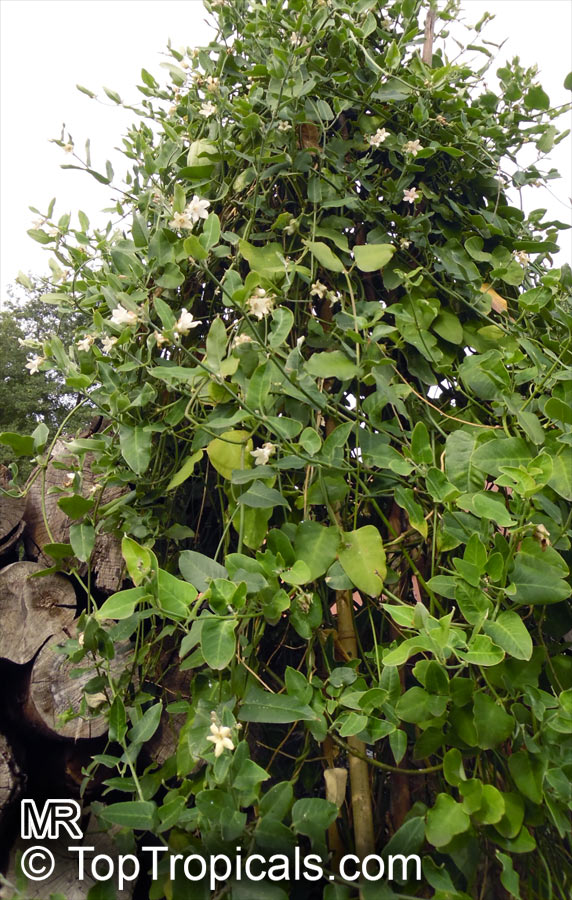
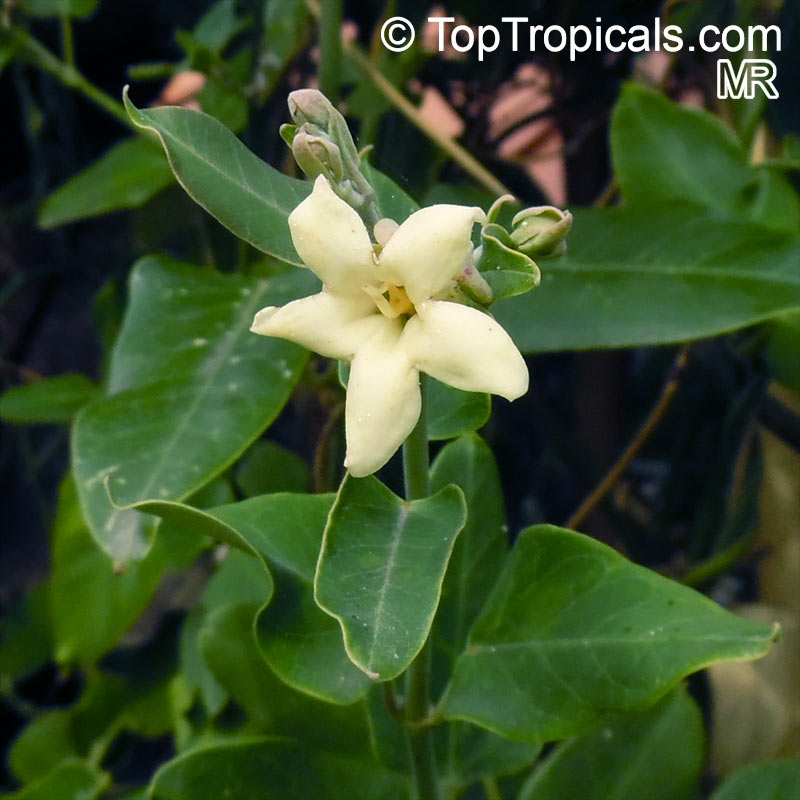
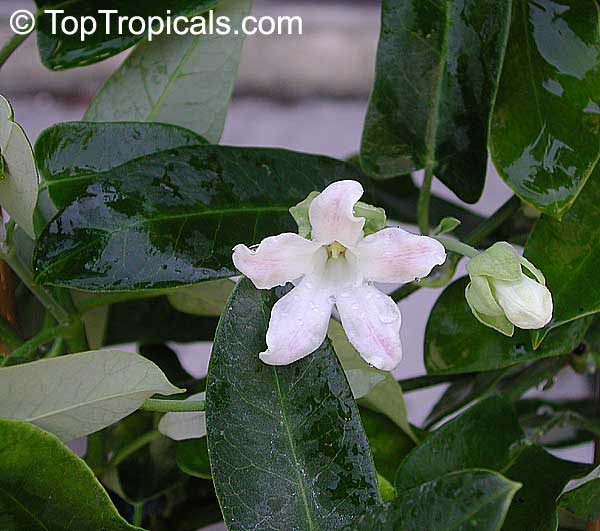
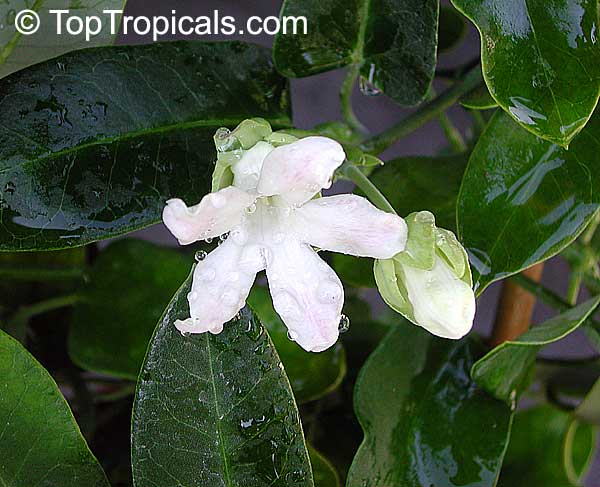
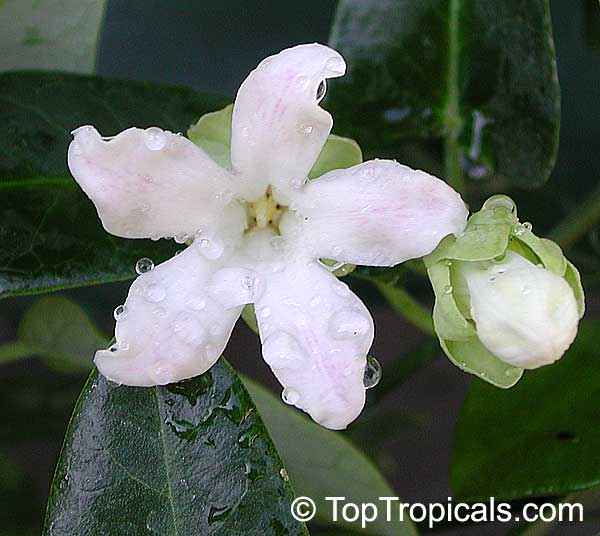
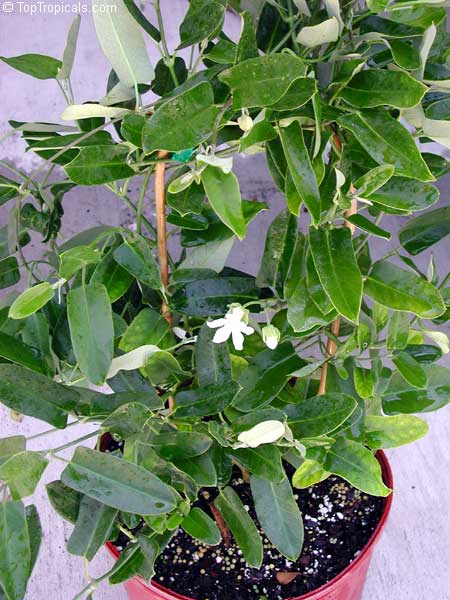

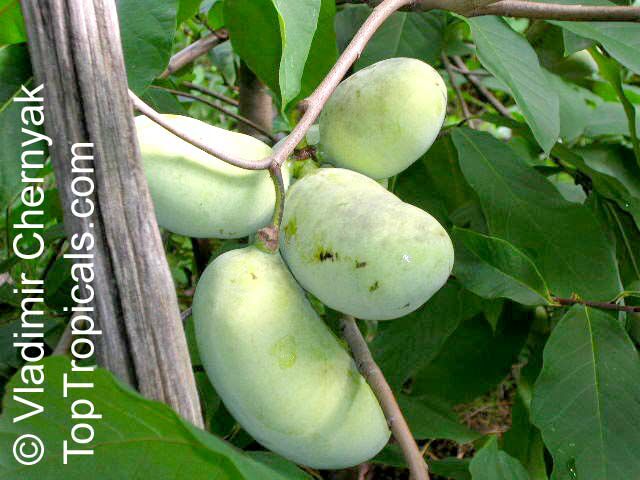
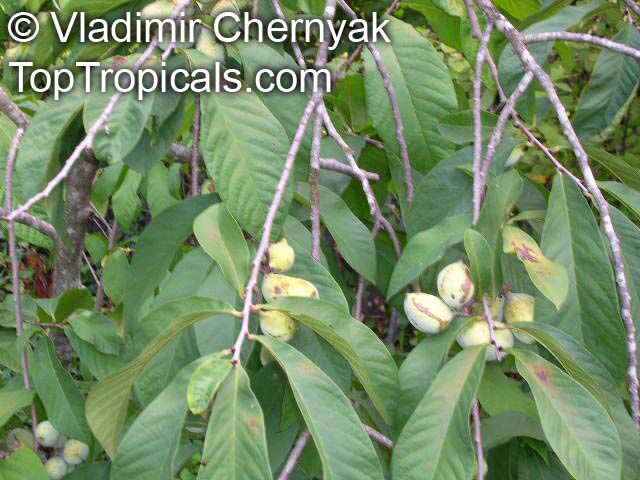
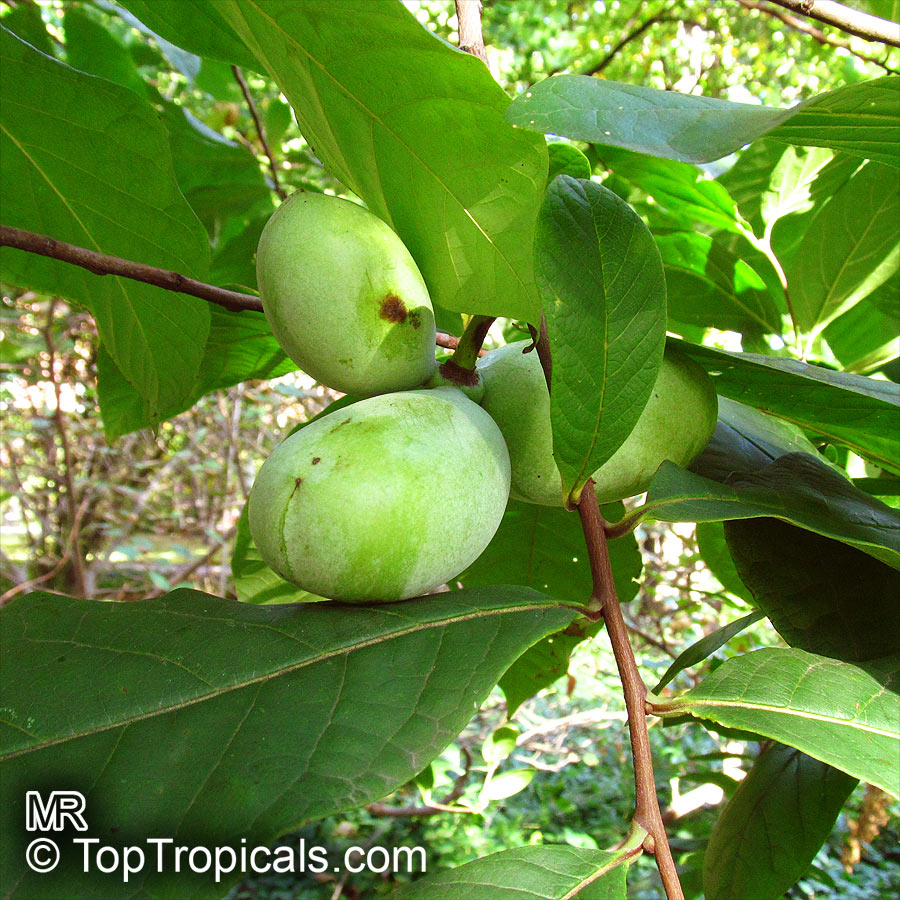
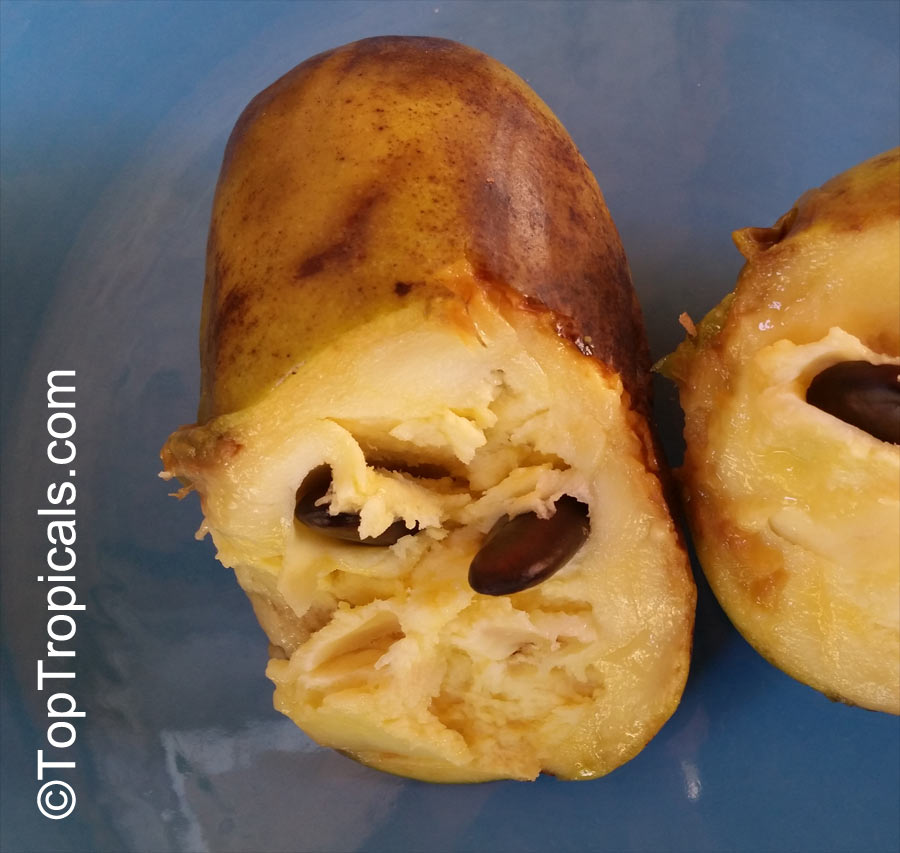
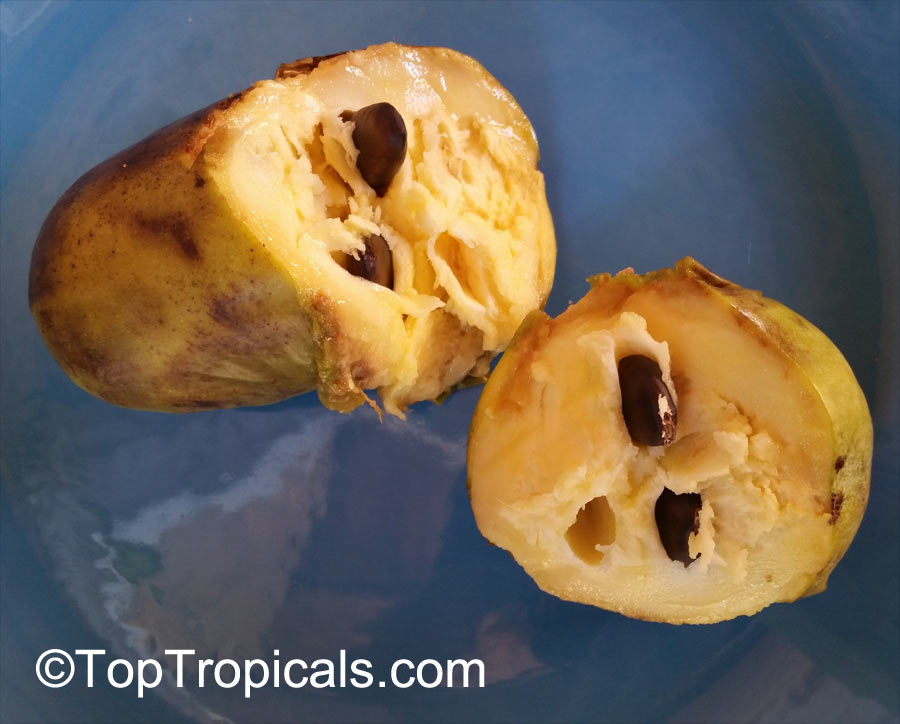
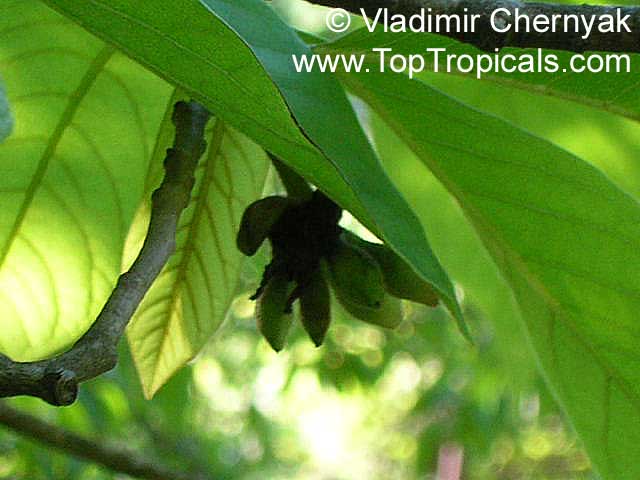
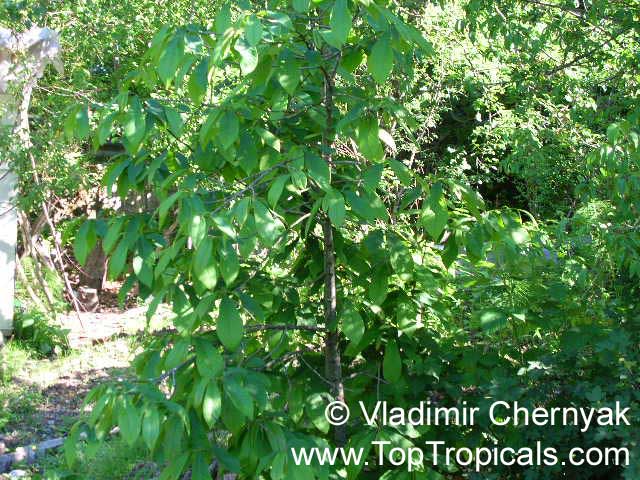
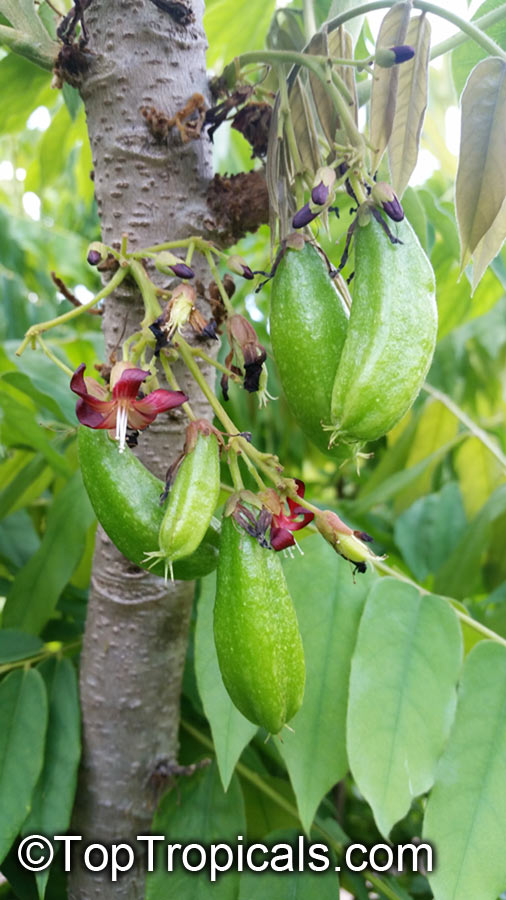

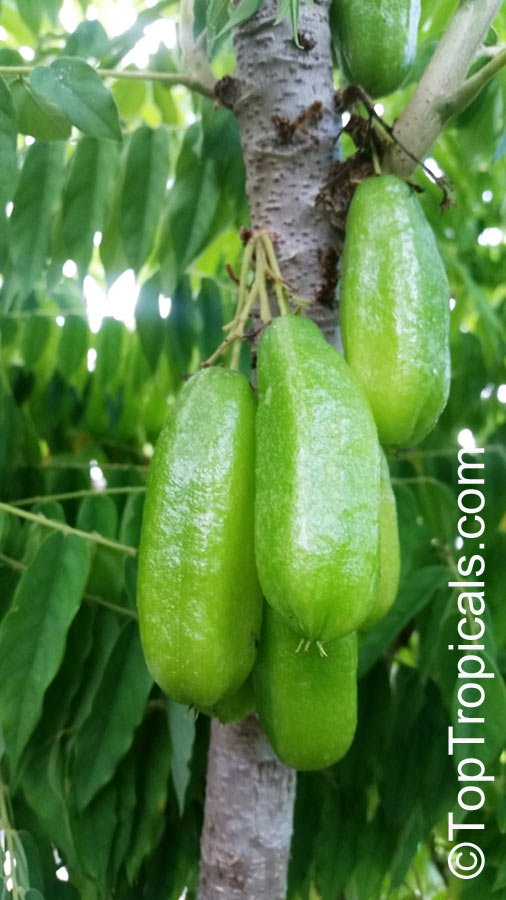
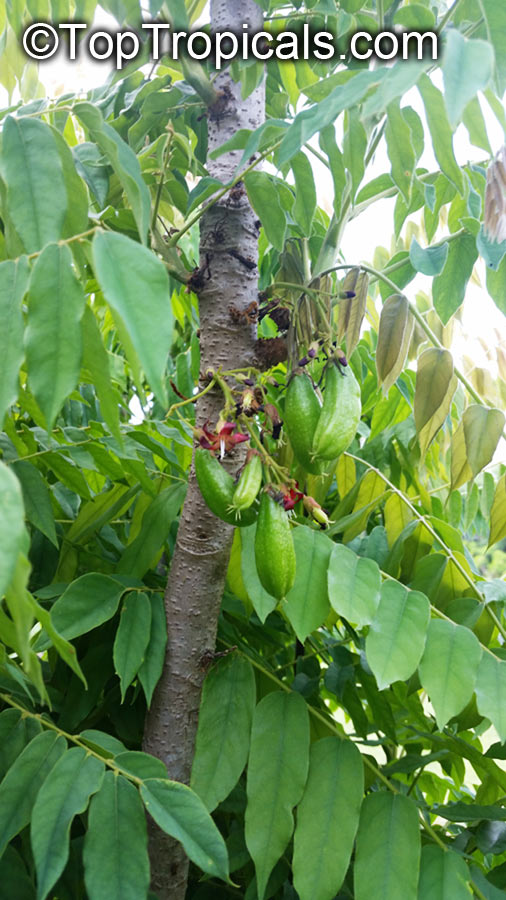
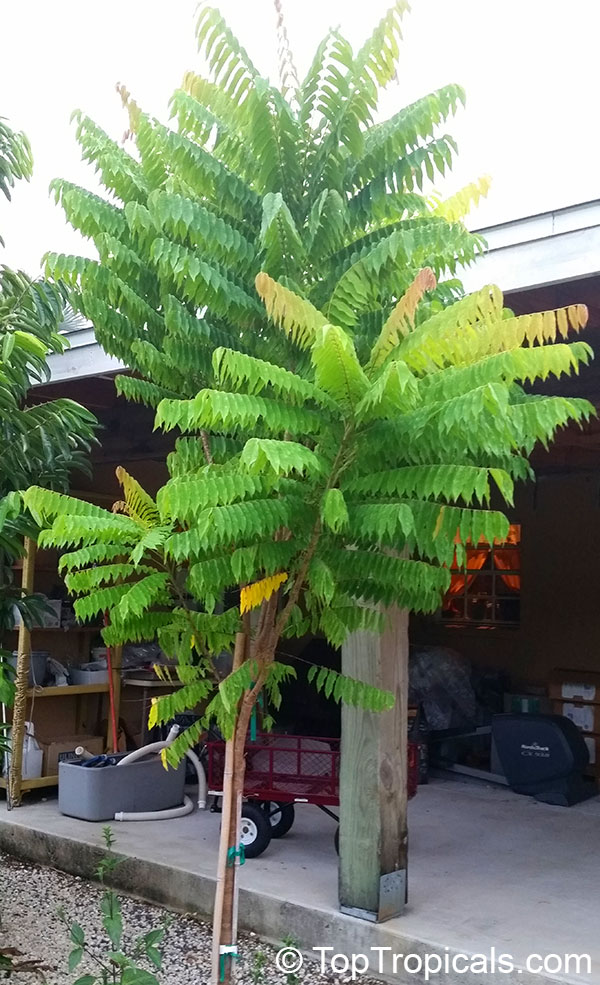
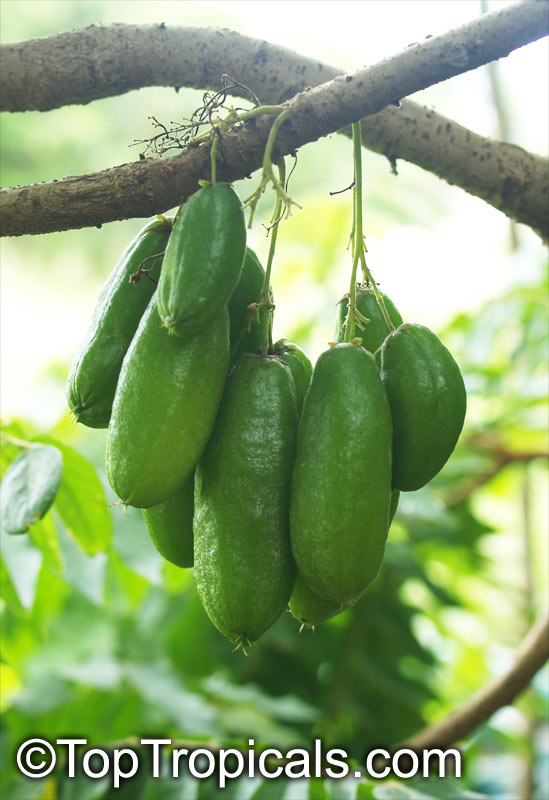
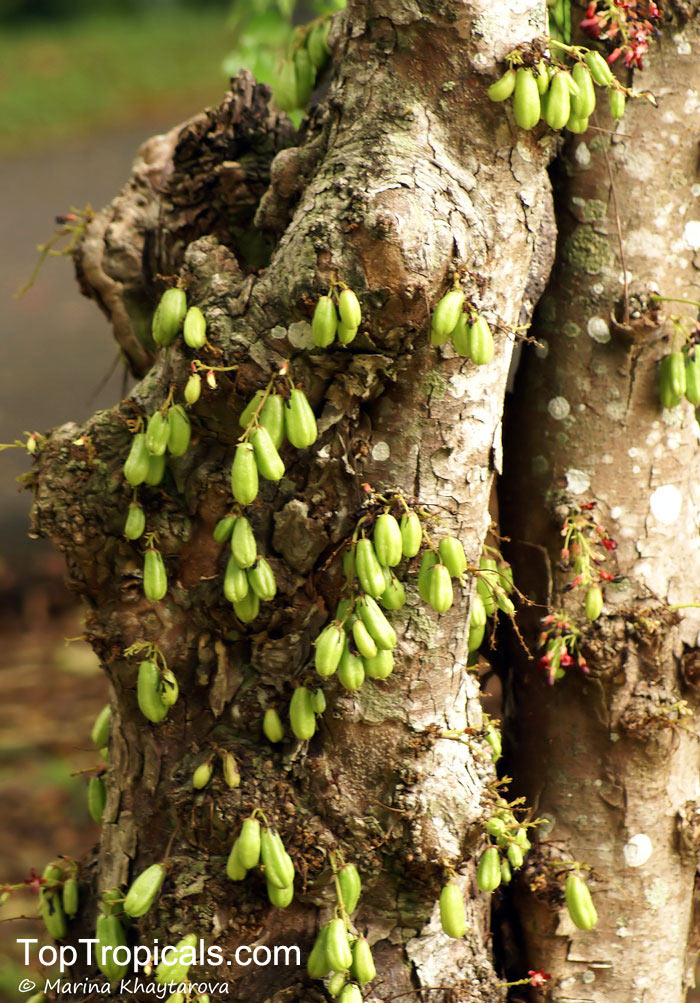
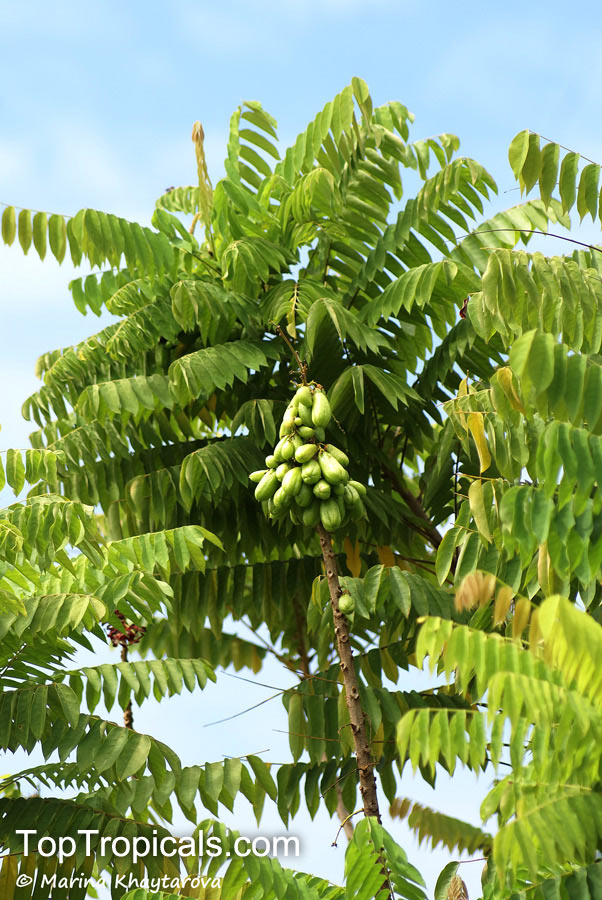
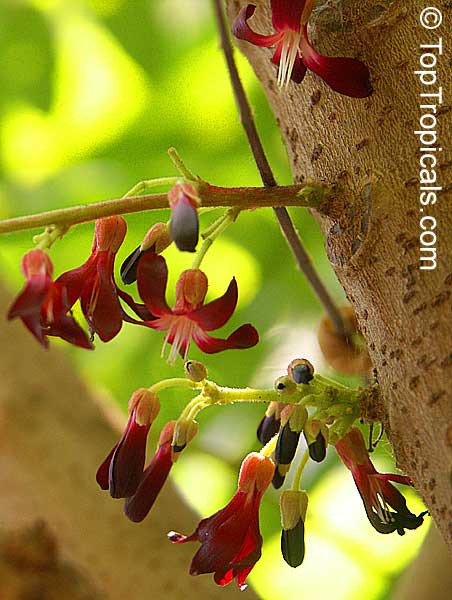
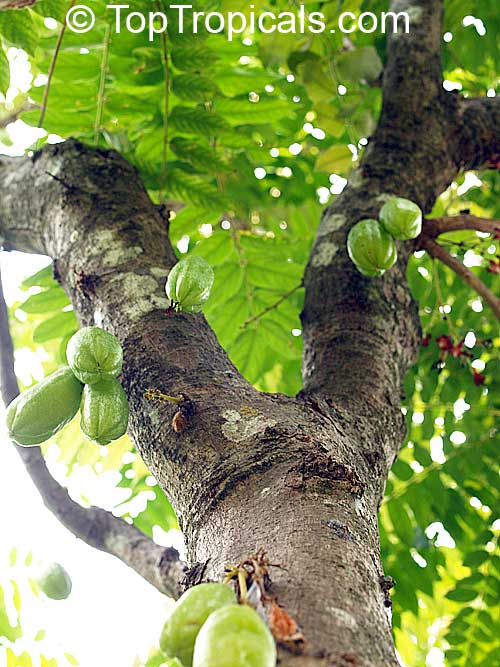
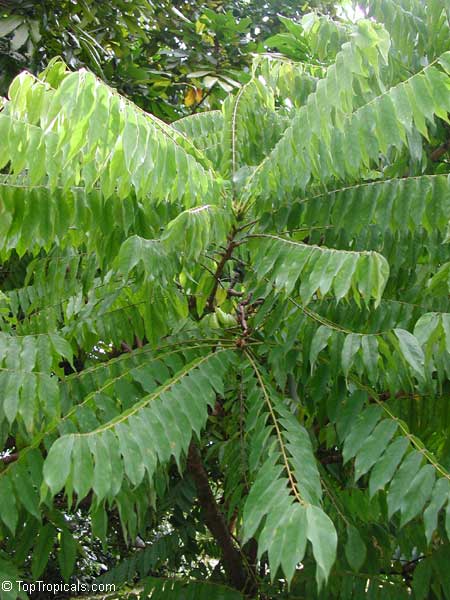
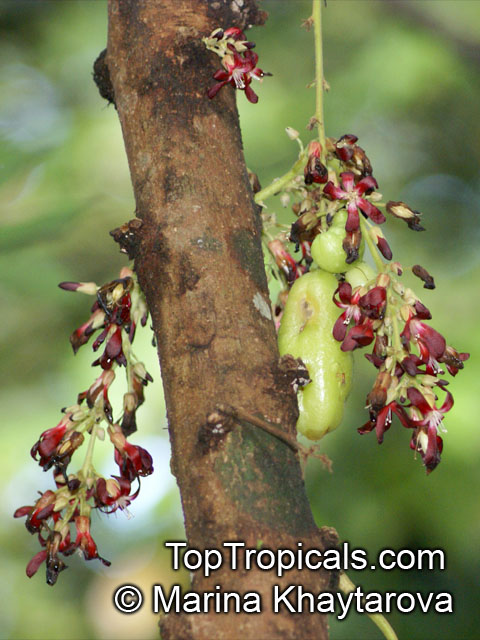
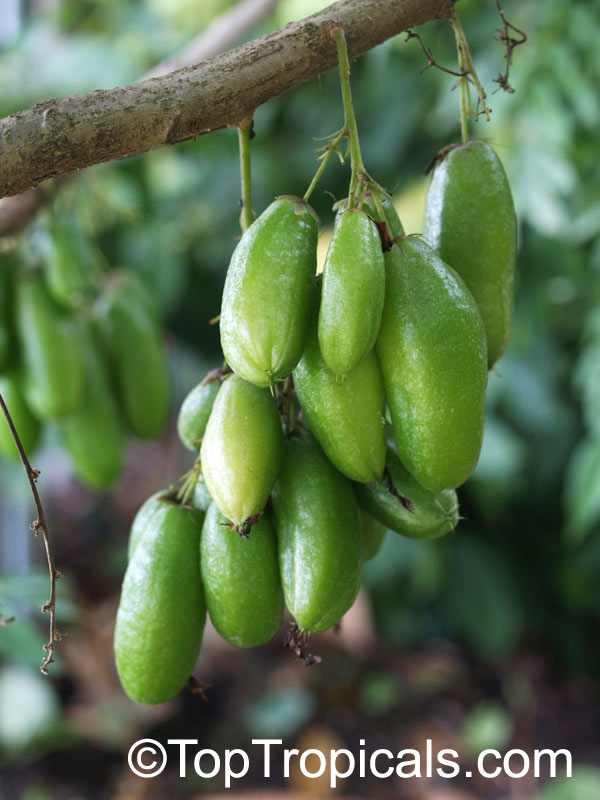

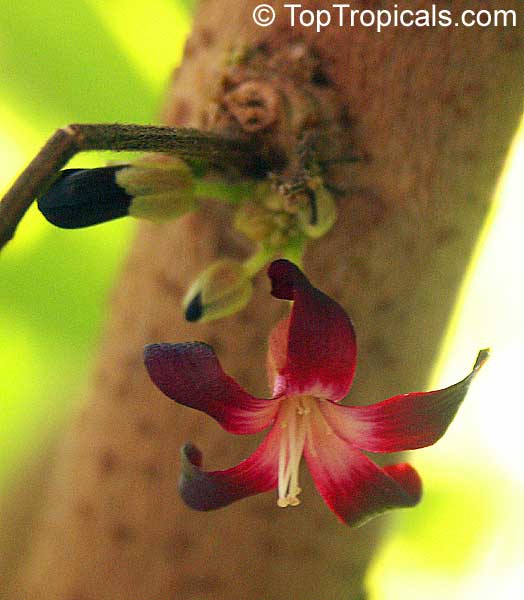
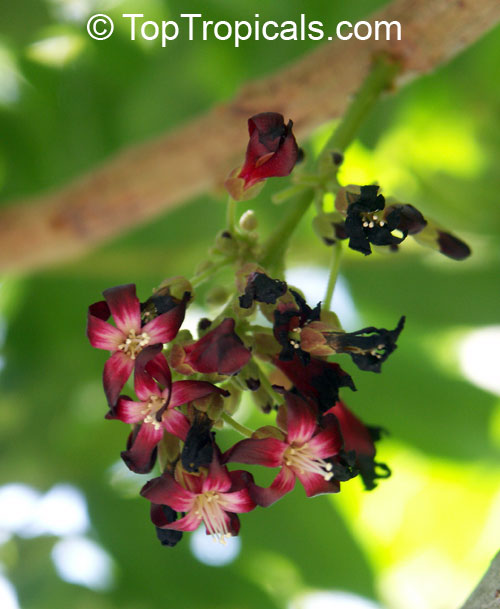
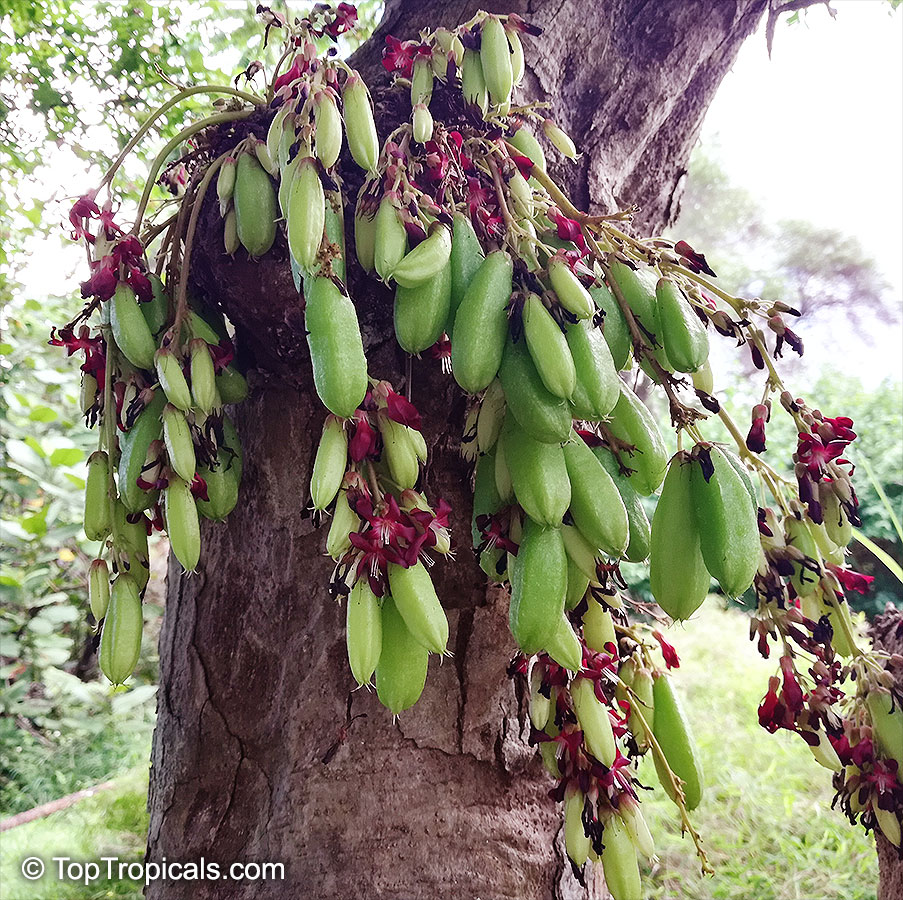
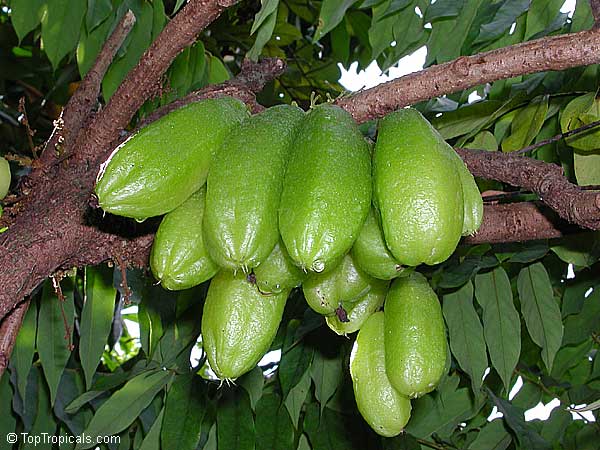
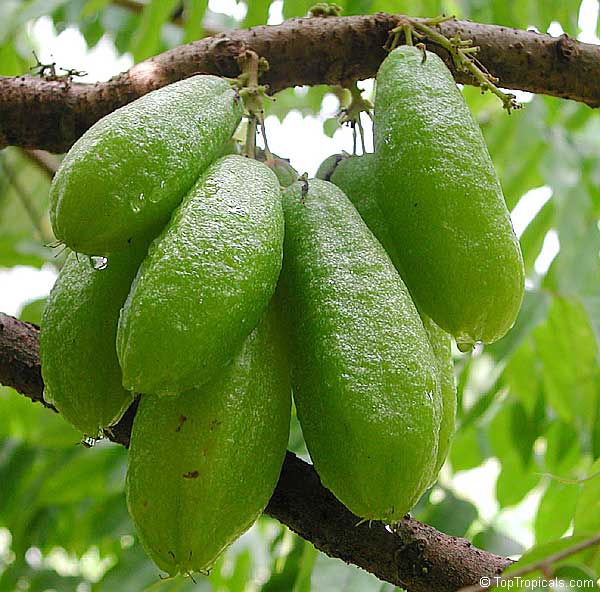
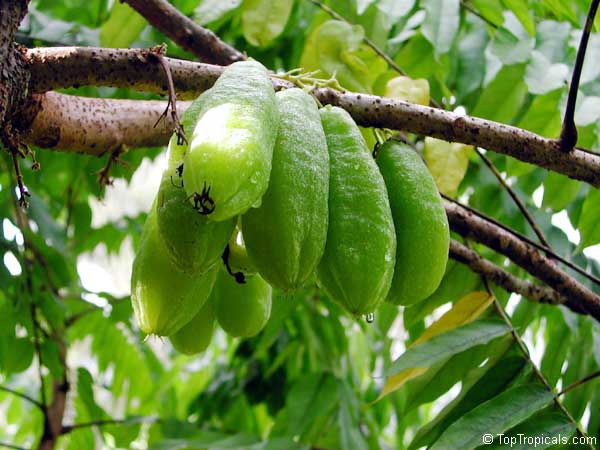

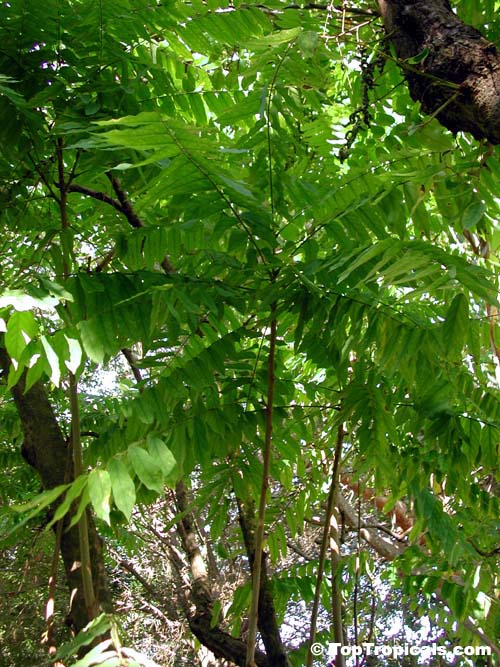

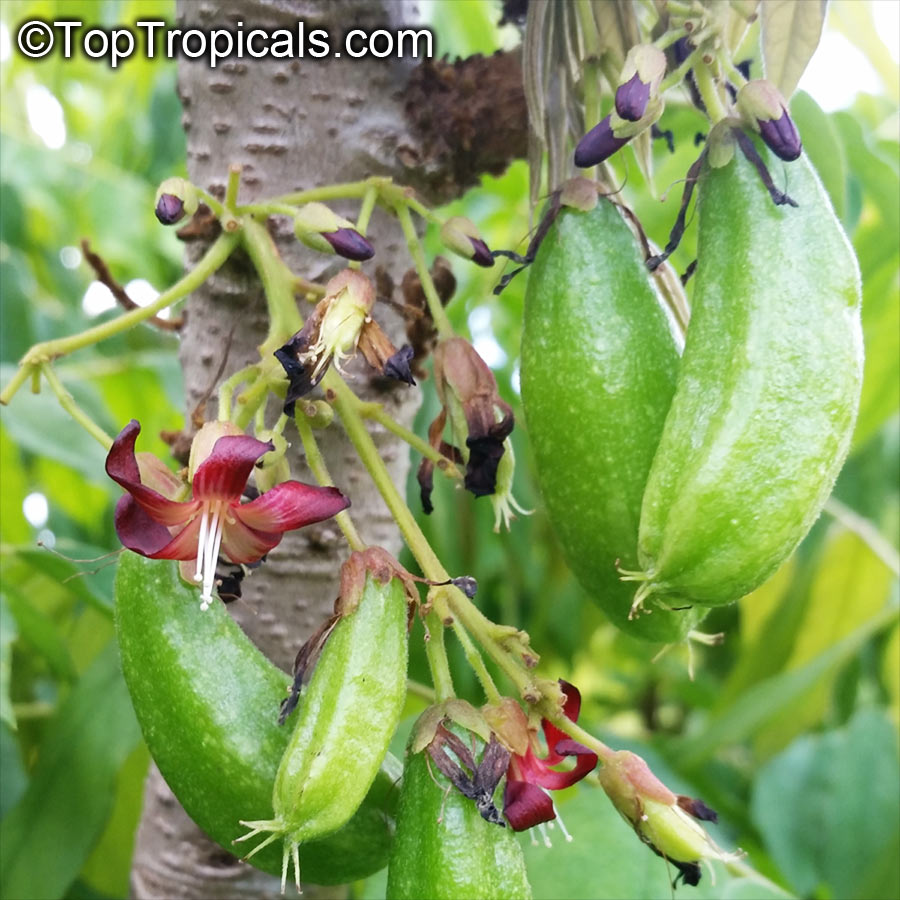
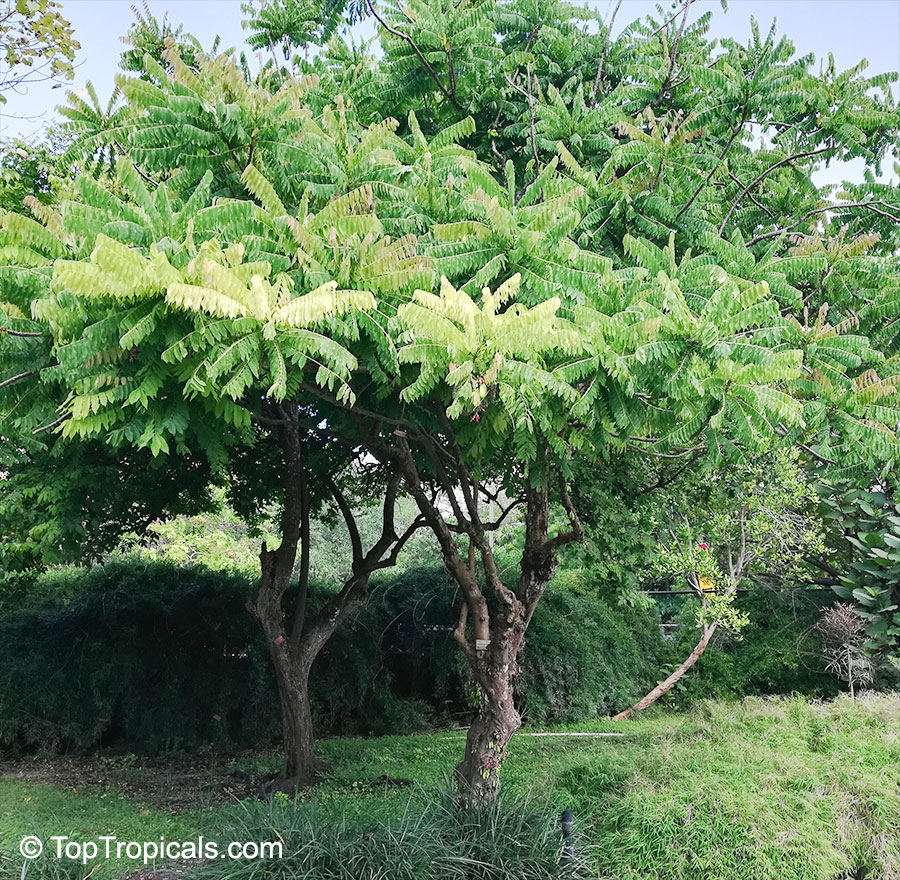
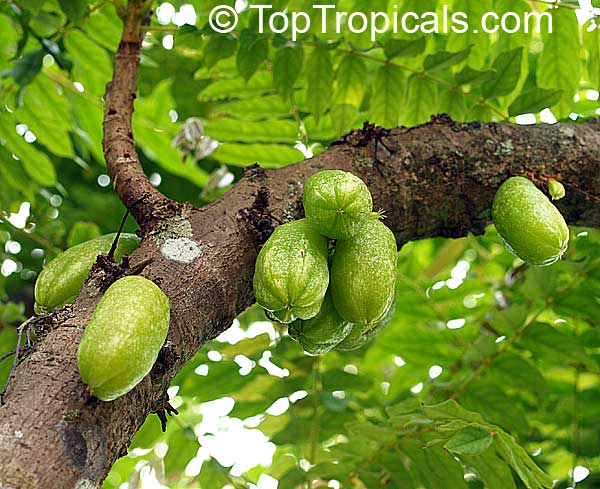
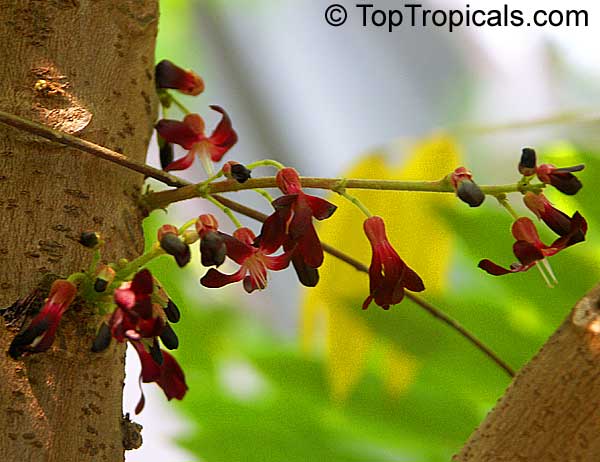
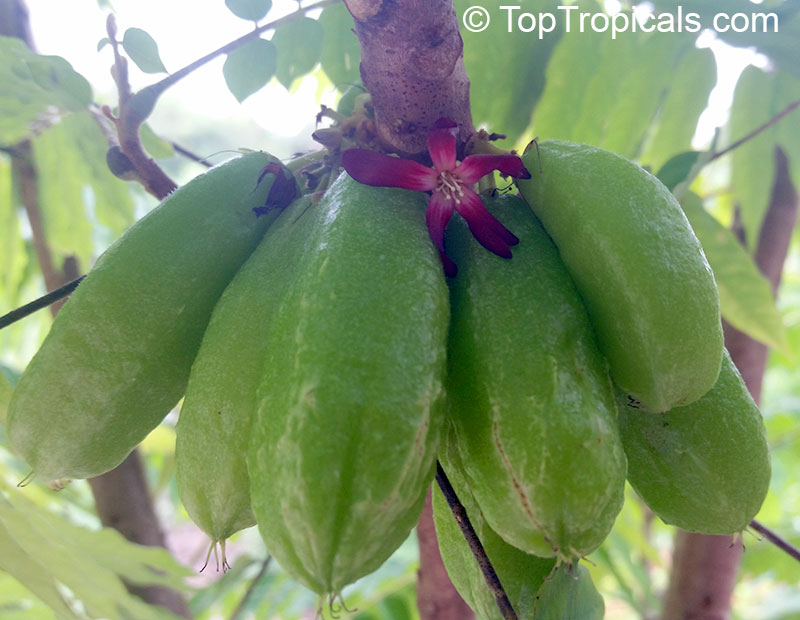
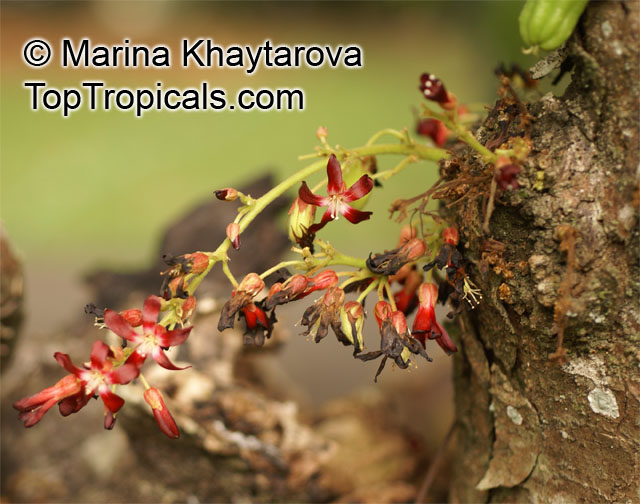
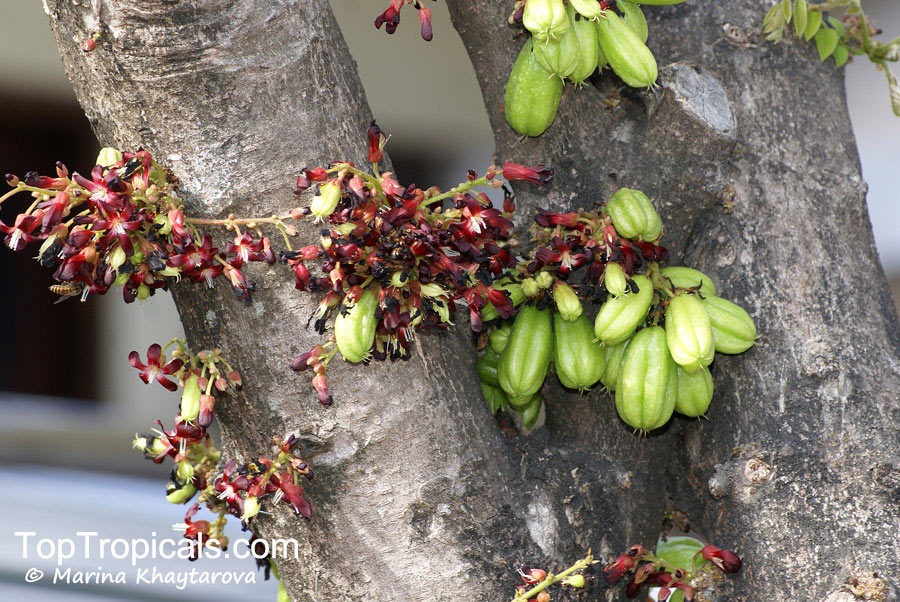
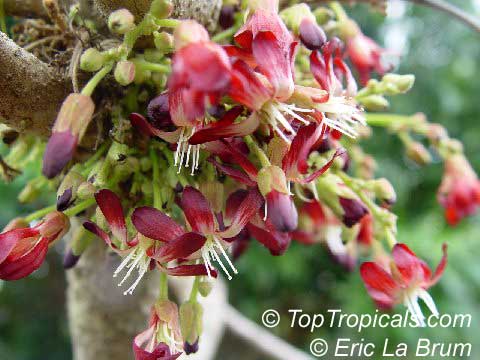
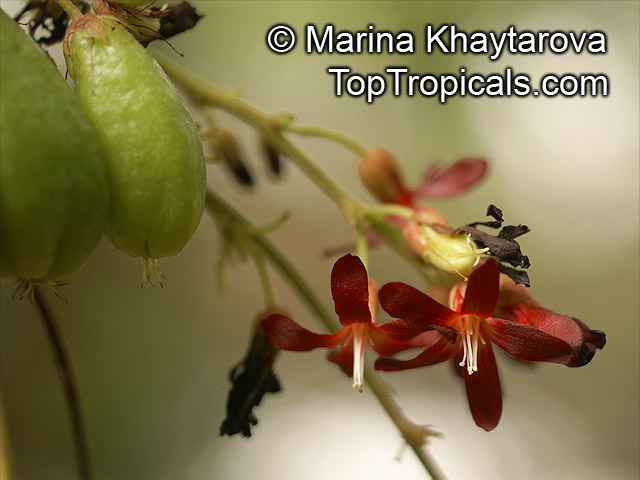
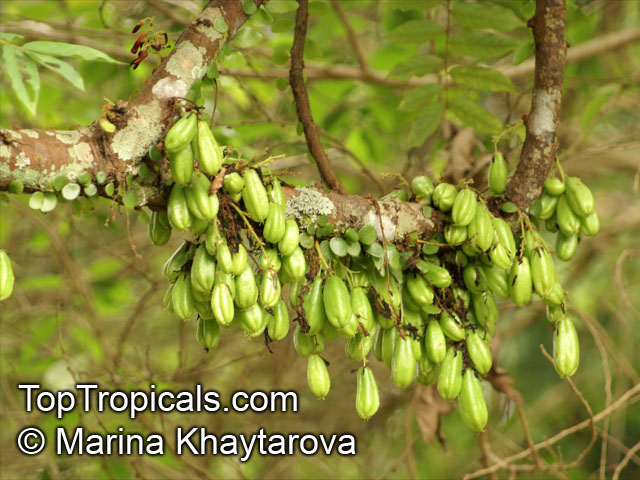
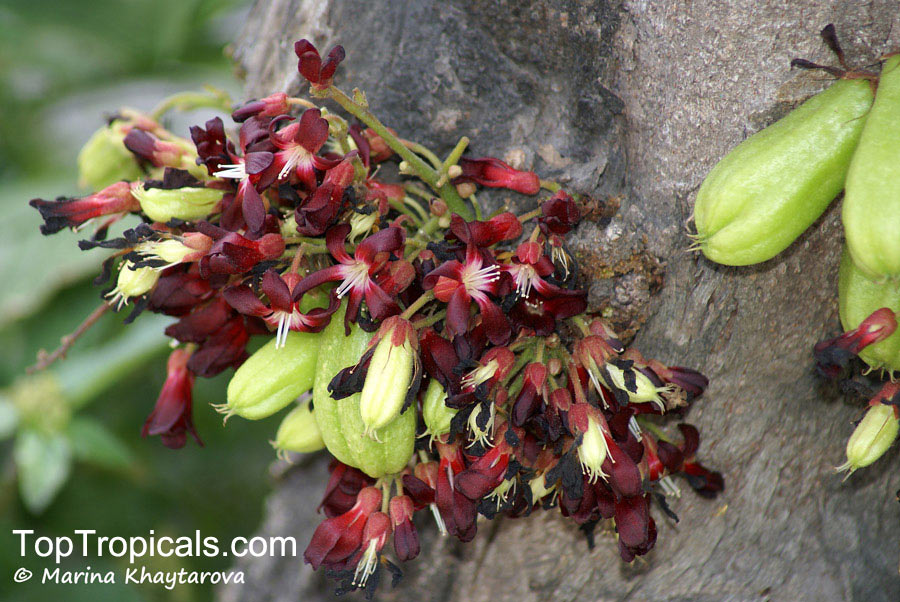
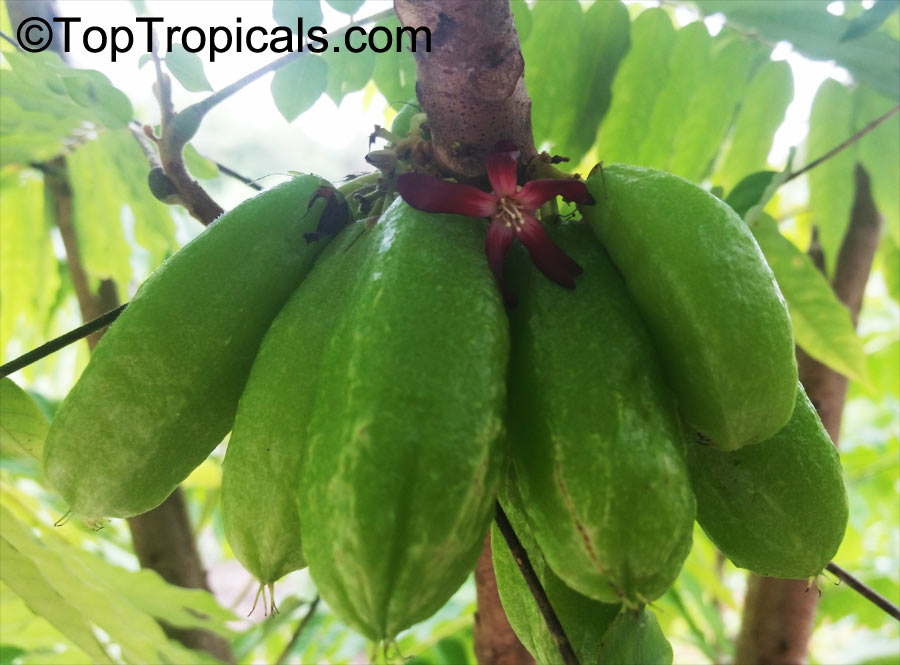

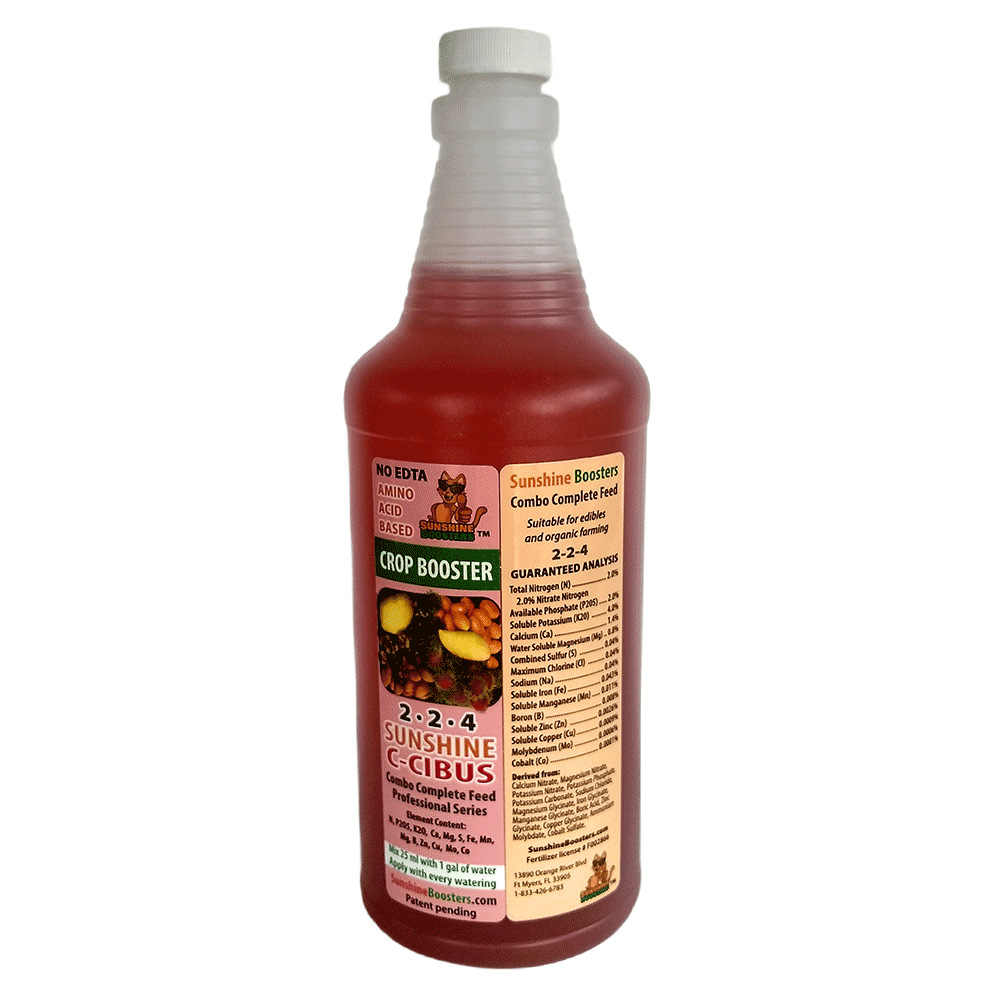 SUNSHINE C-Cibus (NPK 2-2-4) - Crop Booster for every watering.
SUNSHINE C-Cibus (NPK 2-2-4) - Crop Booster for every watering. 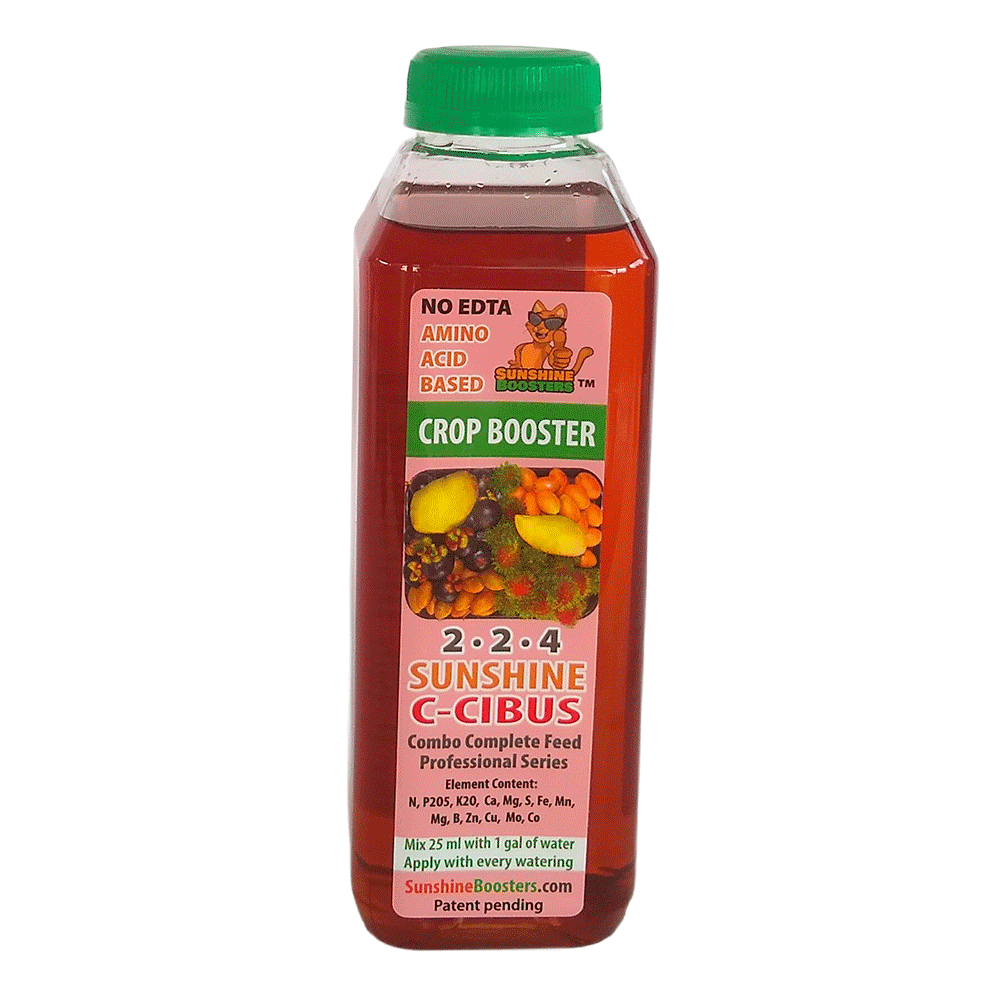 SUNSHINE C-Cibus (NPK 2-2-4) - Crop Booster for every watering.
SUNSHINE C-Cibus (NPK 2-2-4) - Crop Booster for every watering. 